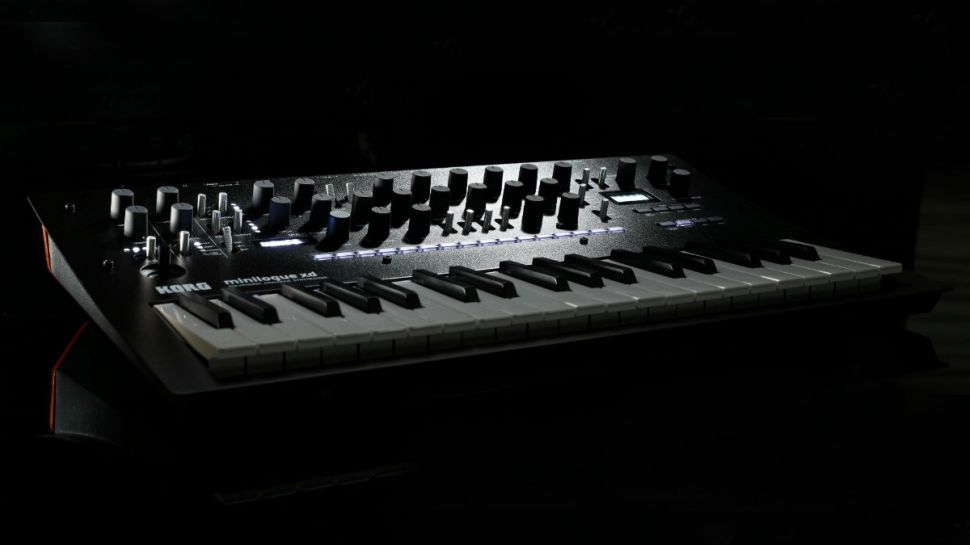Best high-end hardware synthesizers 2023: keyboards and modules for $/£600 and above
A plethora of pro-level synth powerhouses for your consideration
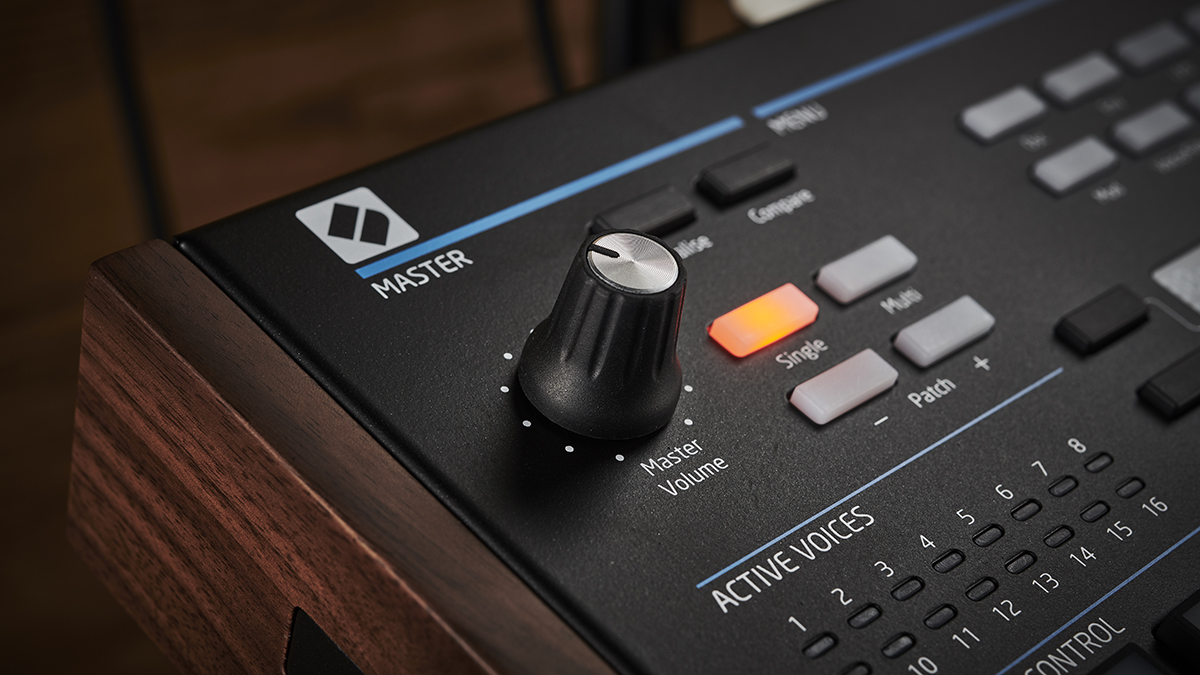
Since the dawn of the synthesizer, it has always been a case of ‘bigger is better’. Seeking validation from the piano-playing fraternity, this burgeoning instrument quickly found itself dealing with several octaves worth of keys. From the late ‘70s and ‘80s boom time for synth-makers, if you weren't rocking 61-note keybeds, then you weren’t rocking, frankly.
Although, while times have most certainly moved on, big powerful synthesizers, rammed with multiple voices and shed-tons of polyphony have largely stayed the same. Sure, the digital revolution definitely left an indelible mark, the resurgence of analogue has certainly brought balance to the synthesis universe.
Contrary to popular belief, this is a great time to be alive, especially when you consider that more and more companies are opting to add wavetable and granular synthesis to the already sonically rich analogue and digital oscillator landscape.
But which is the right synth for you? Big synths aren’t exactly cheap, so if you’re looking to make a purchase, then you must tread carefully. Luckily, there is no one synth that is better than any other (that would be boring), so you’re going to need a helping-hand when parting with that hard-earned dollar.
Whether you are looking for an all-analogue, hybrid, digital, virtual analogue, or an FM machine, you will find them all here. We won't be featuring any big arranger keyboards or workstations, but we will include the odd module for you drool over and, more importantly, to make that all-important purchase decision.
So, in no particular order, read on for a buyer’s guide of the best high-end hardware synthesizers 2020: keyboards and modules for $/£600 and above
The best high-end hardware synths you can buy today
MusicRadar's got your back
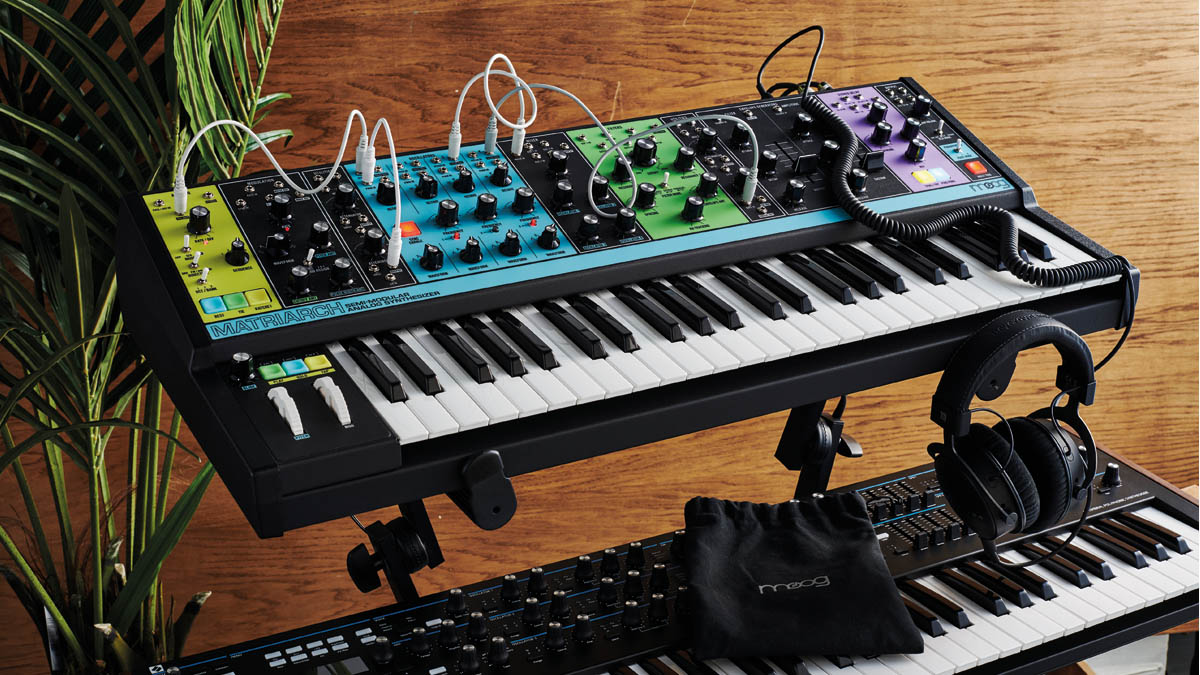
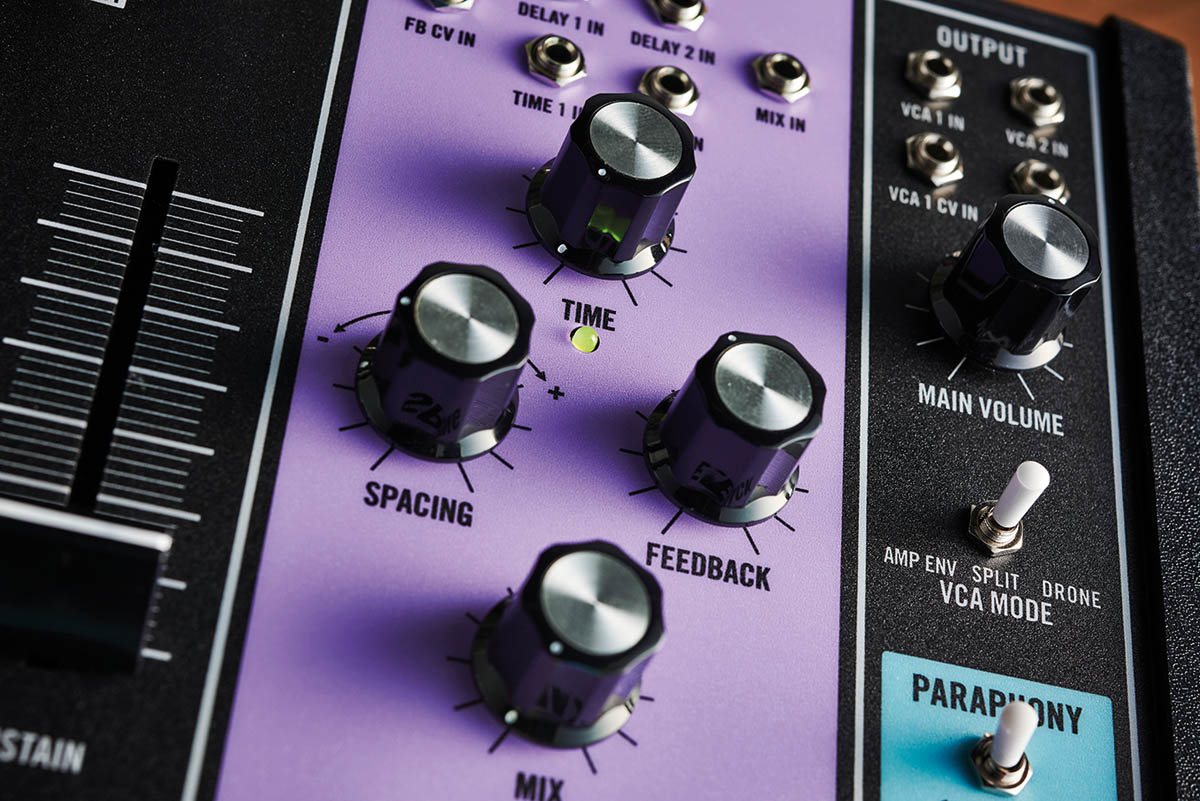
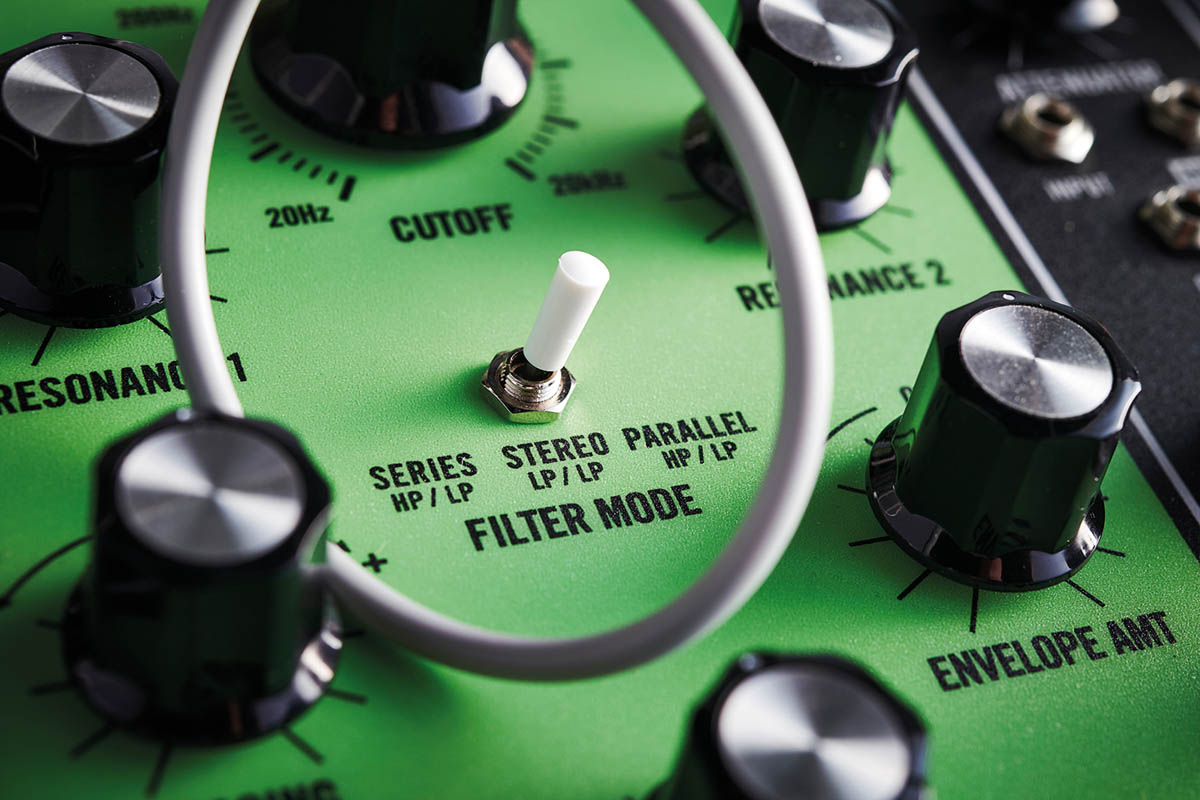
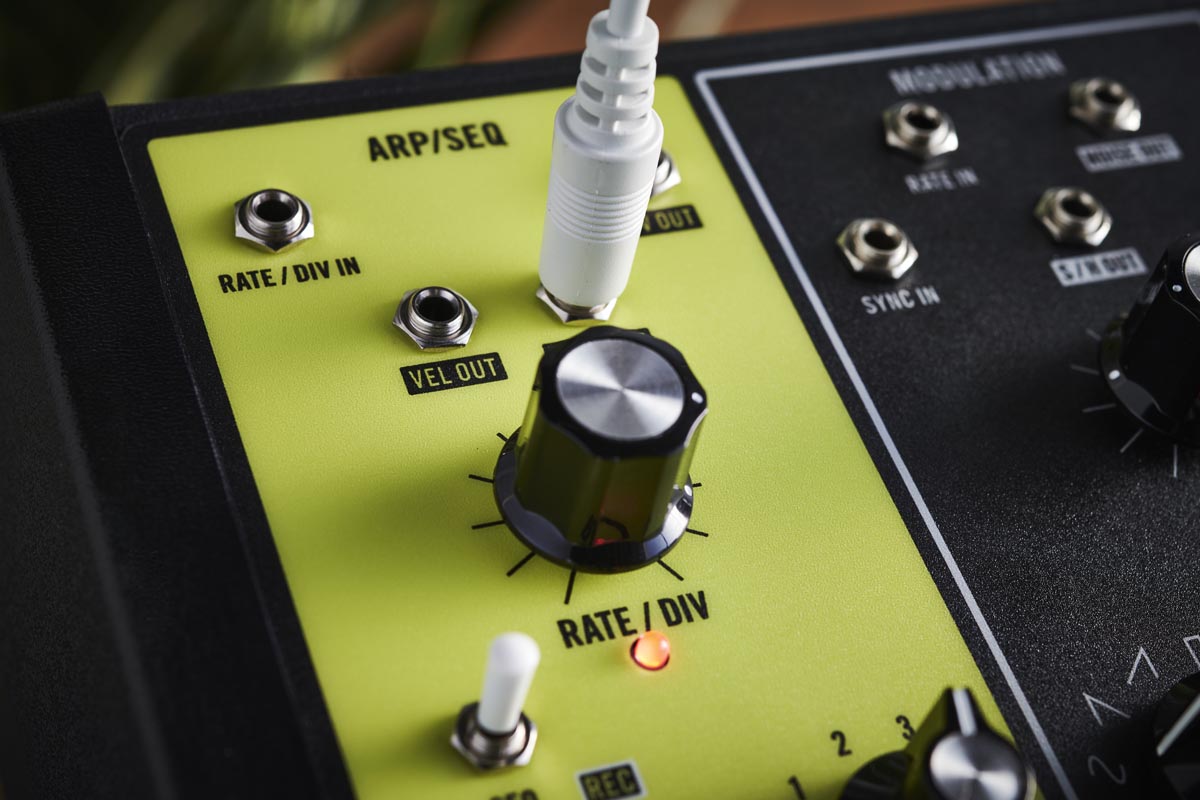
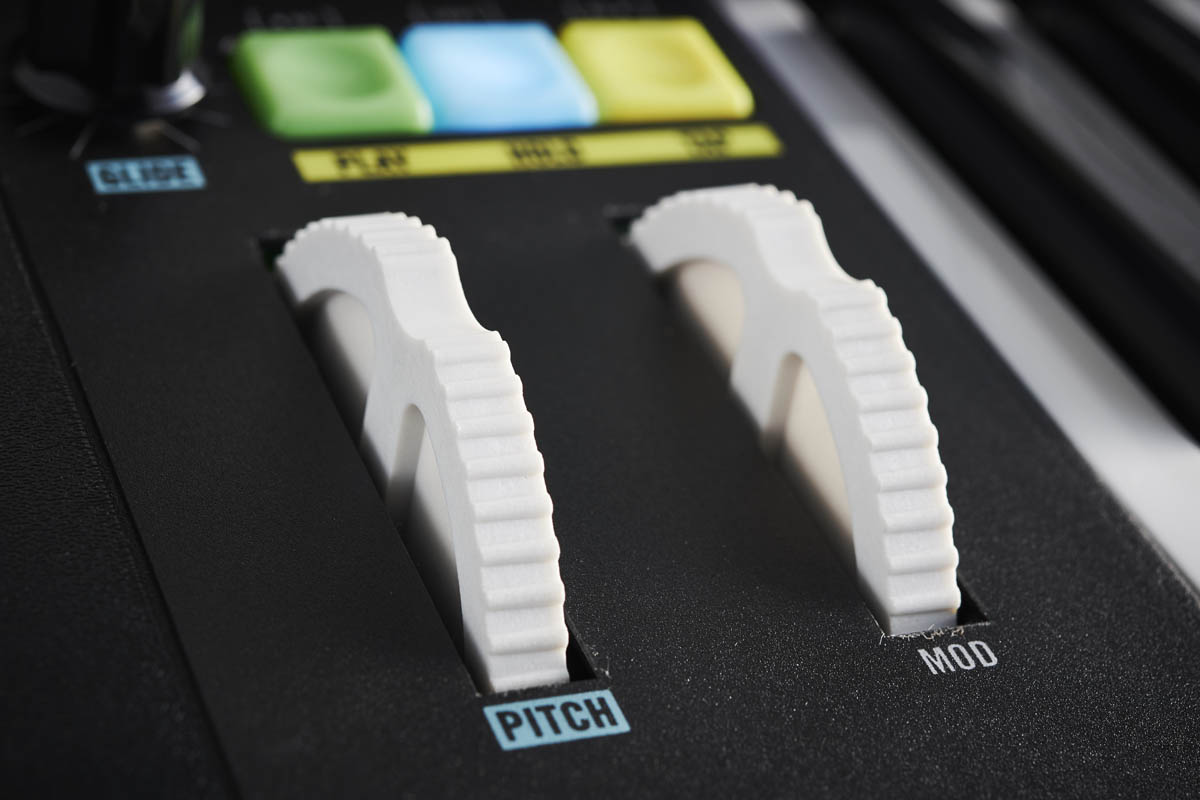
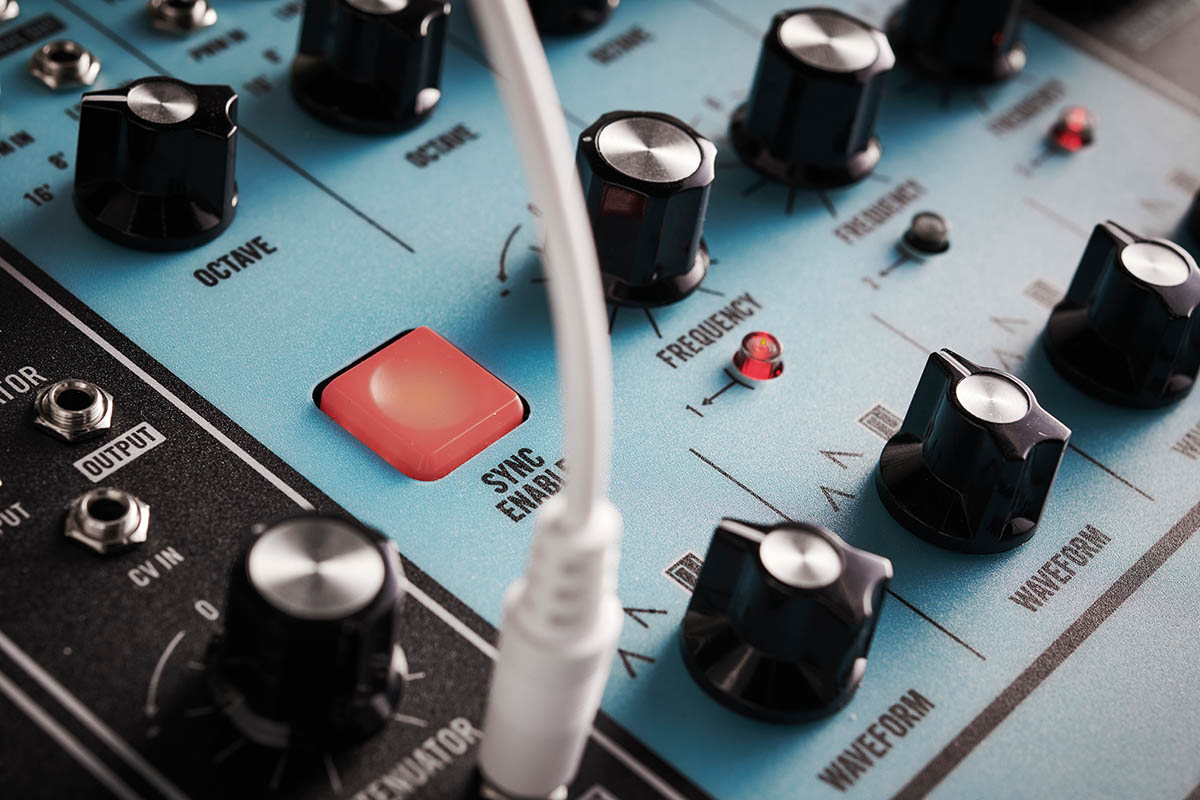
Specifications
Reasons to buy
Reasons to avoid
Matriarch is a very elegantly designed self-contained synth; the nearest you can get to owning an expensive Moog modular but at a fraction of the cost. It has a great-feeling Fatar keyboard, audio rate modulation, intuitive sequencer and arpeggiator, killer analogue delay section, velocity and aftertouch and a very engaging soulful sound. The patchability is also very well thought-out and allows you to travel very deep (if you want). A truly inspired design and one that’s very hard to stop playing/ exploring once you get your hands on it!
Read the full review: Moog Matriarch
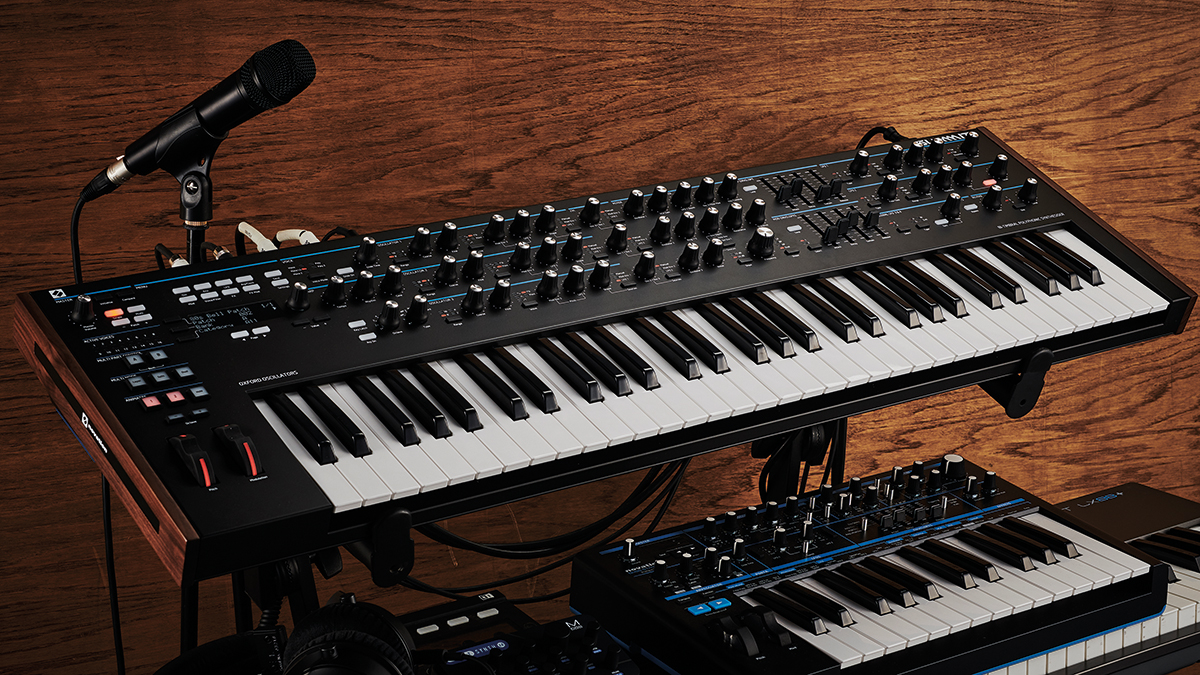
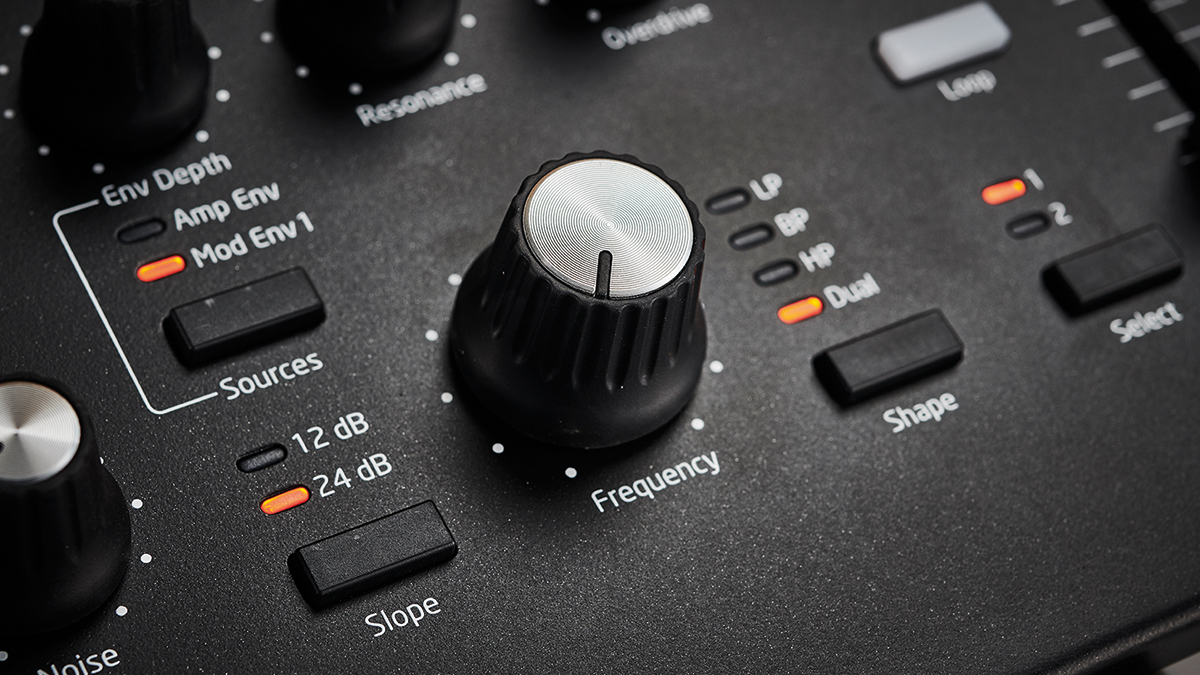
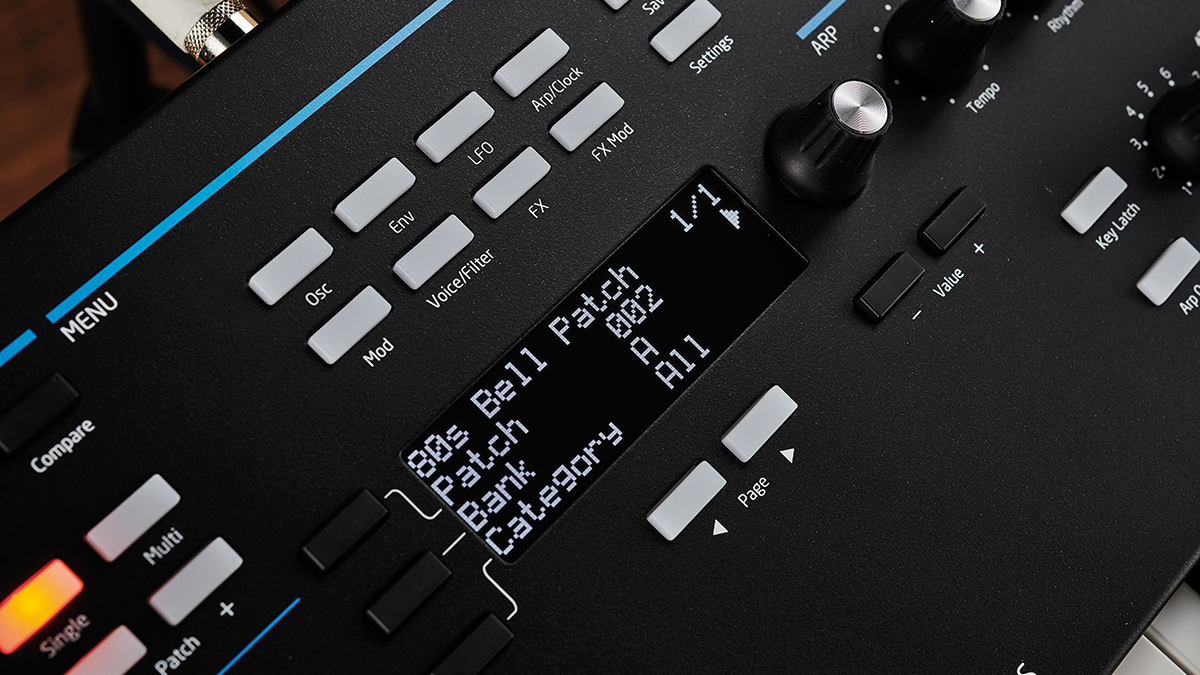
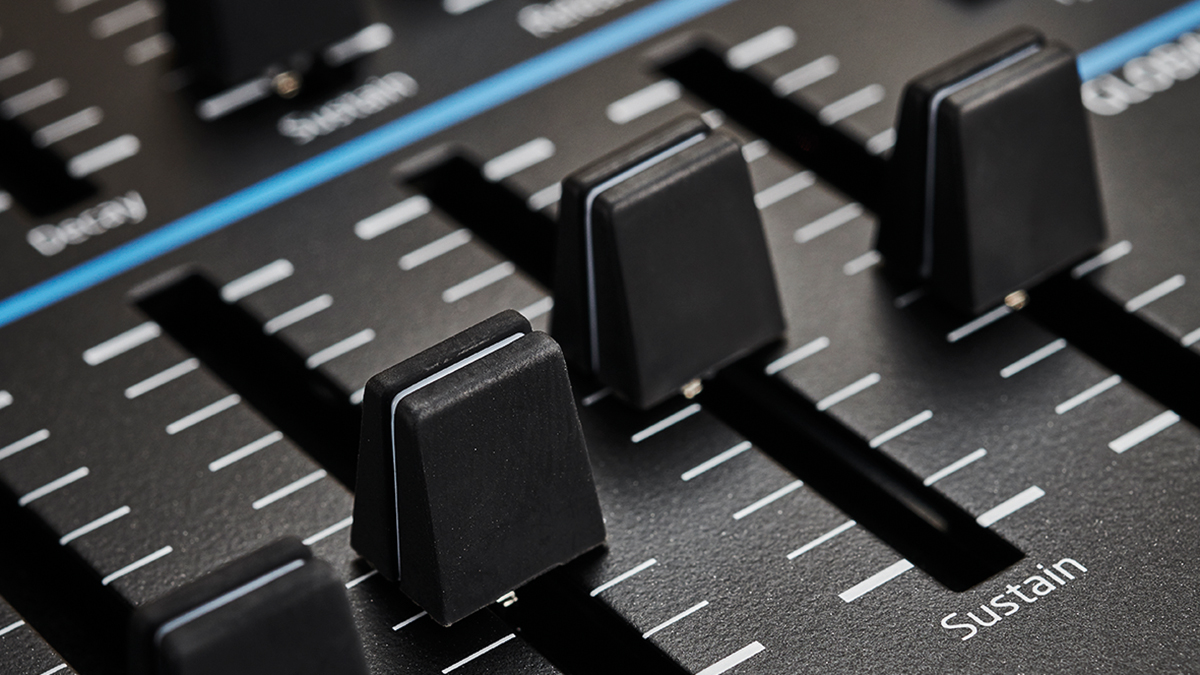
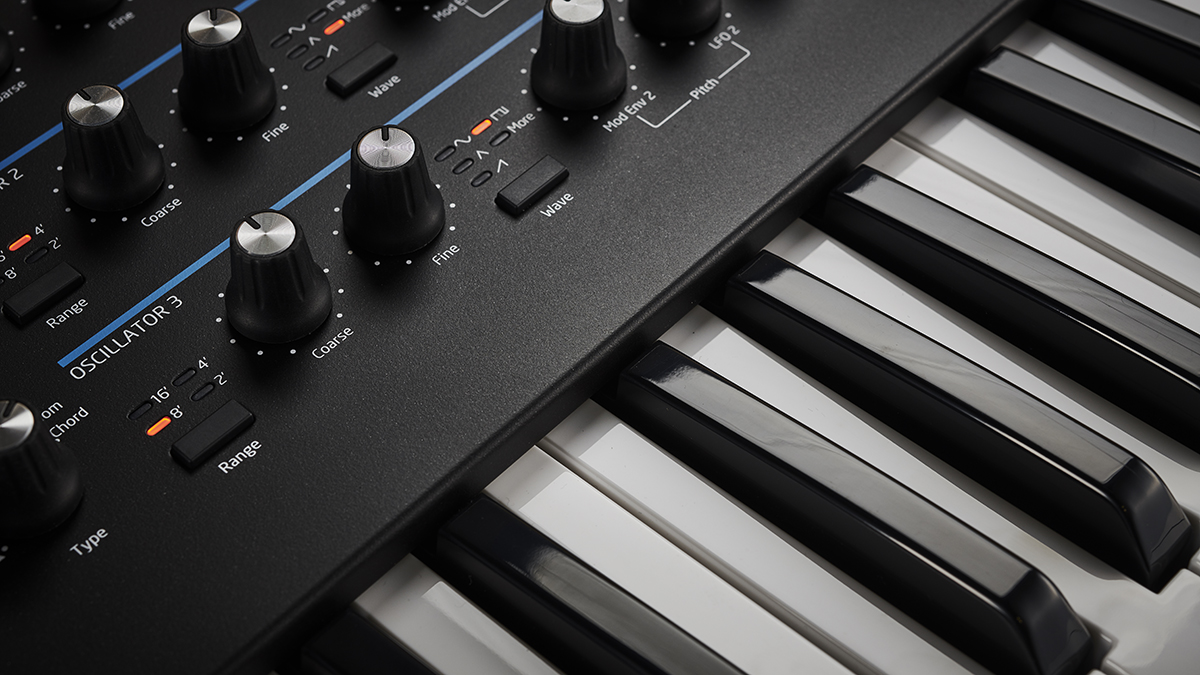
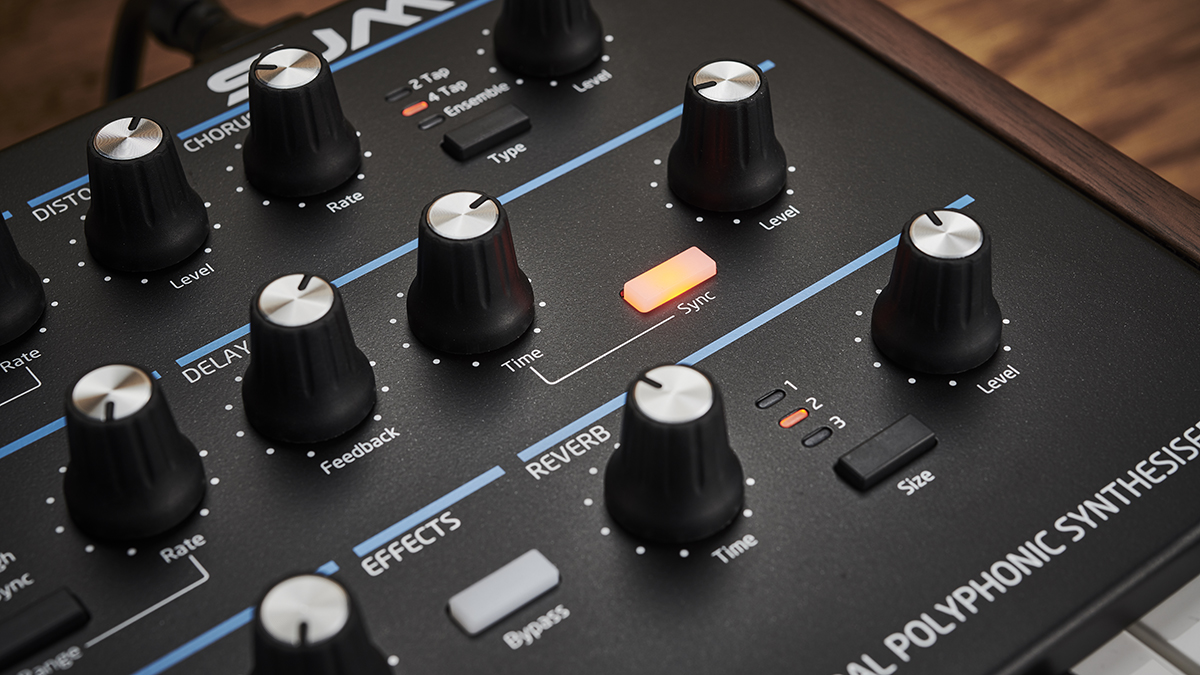
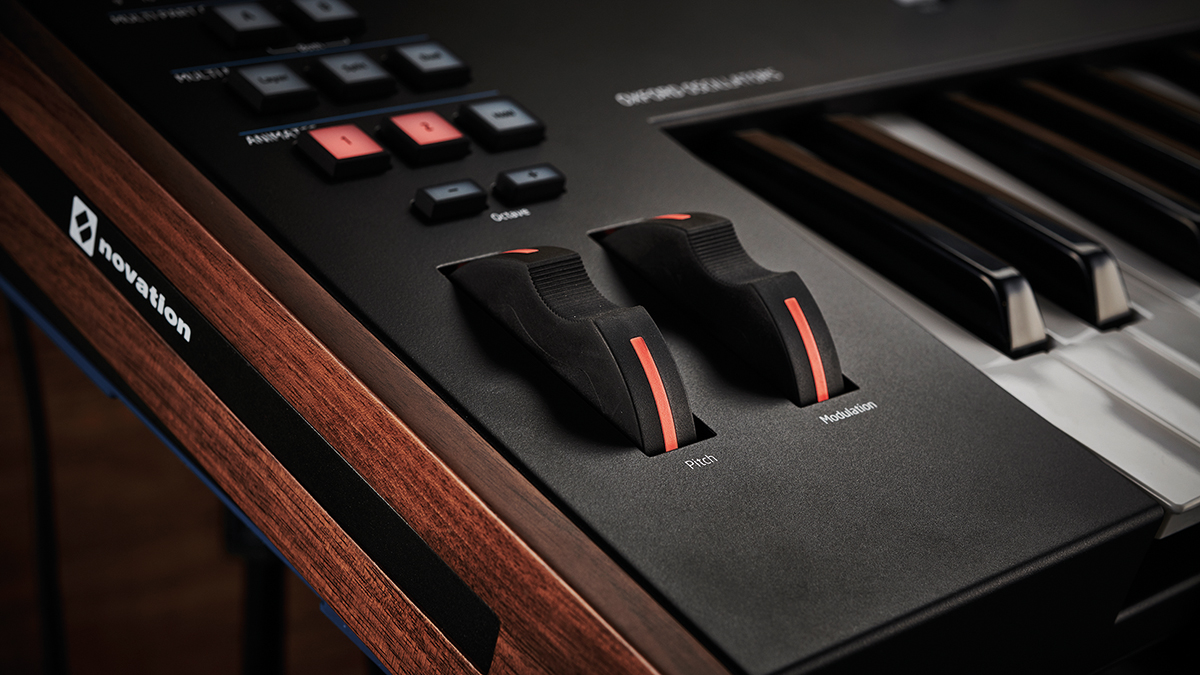
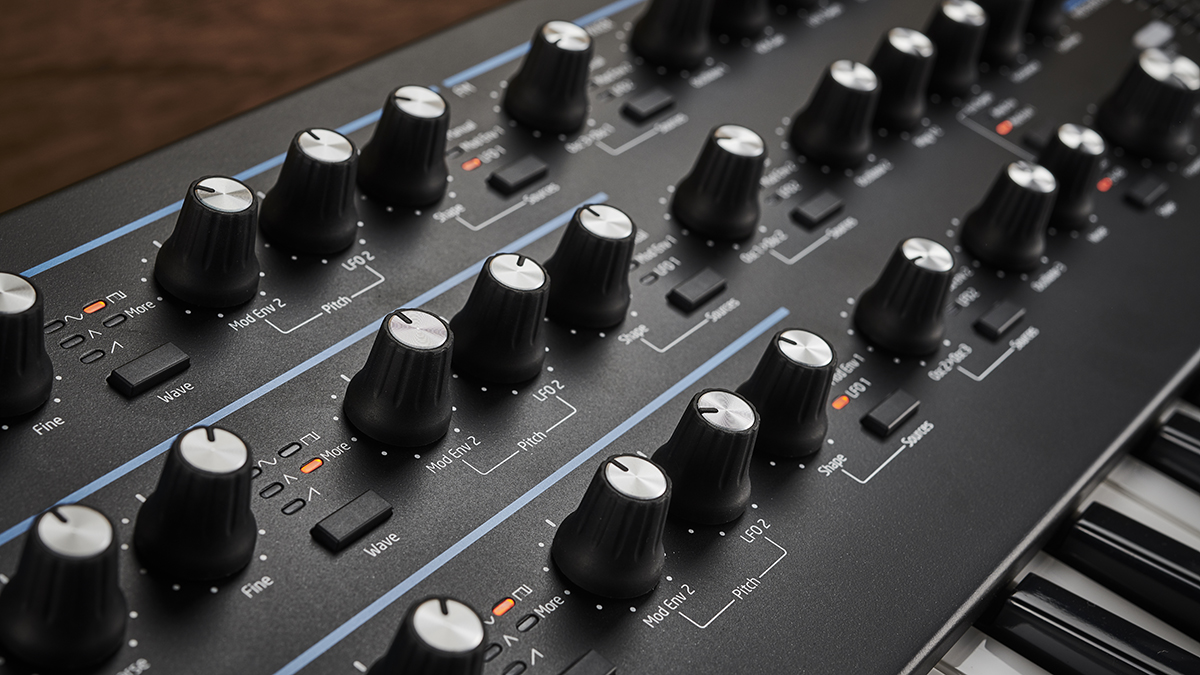

Specifications
Reasons to buy
Reasons to avoid
Summit has a lovely, five-octave keybed which, in line with the rest of the hardware, feels premium. Notably, the black keys have a wider top surface than most and these feel great. Velocity and aftertouch response is spot-on too; this is a very playable, precise and nicely-balanced synth-action keybed. The chunky rubberised backlit mod/pitch wheels also feel very premium and add lots to the overall expressivity of the synth. This synth is the best of the already-great Peaks, with double the polyphony. It has much more in the way of sonic-shaping, a unique and huge tone palette suitable for all styles of electronica, a ton of hands-on control and it’s robustly built. Again, Novation has delivered an excellent synth – if you’re in the market for a 16-voice hybrid poly, this has to be a frontrunner on your list.
Read the full review: Novation Summit
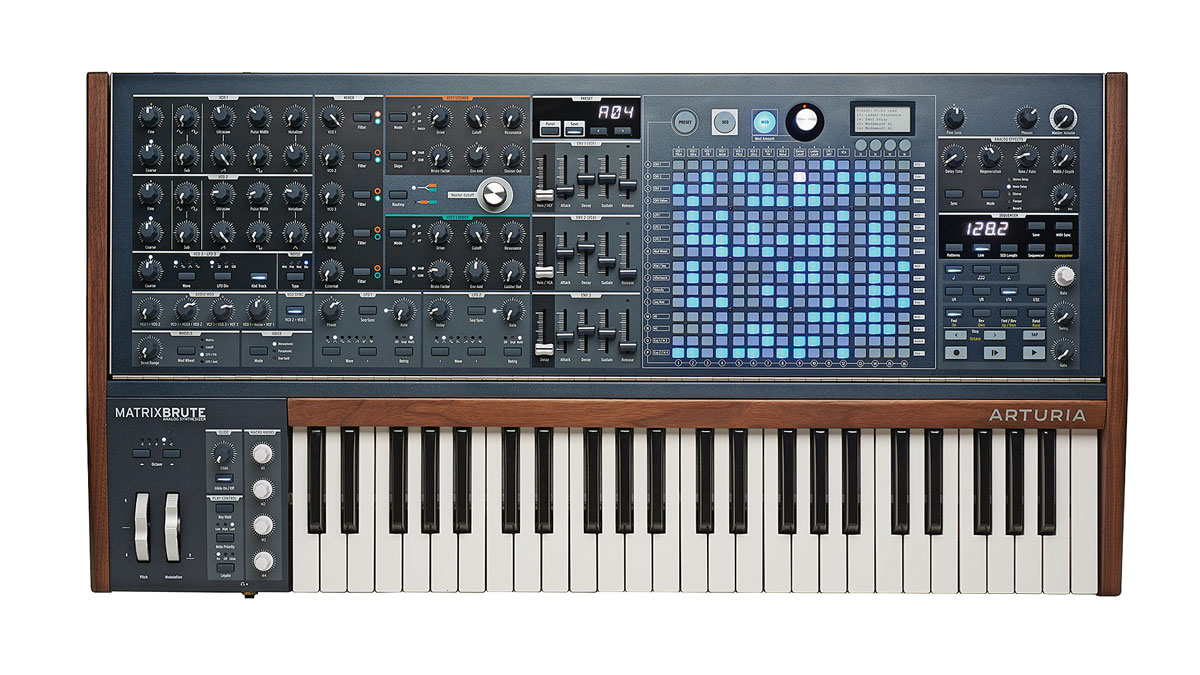
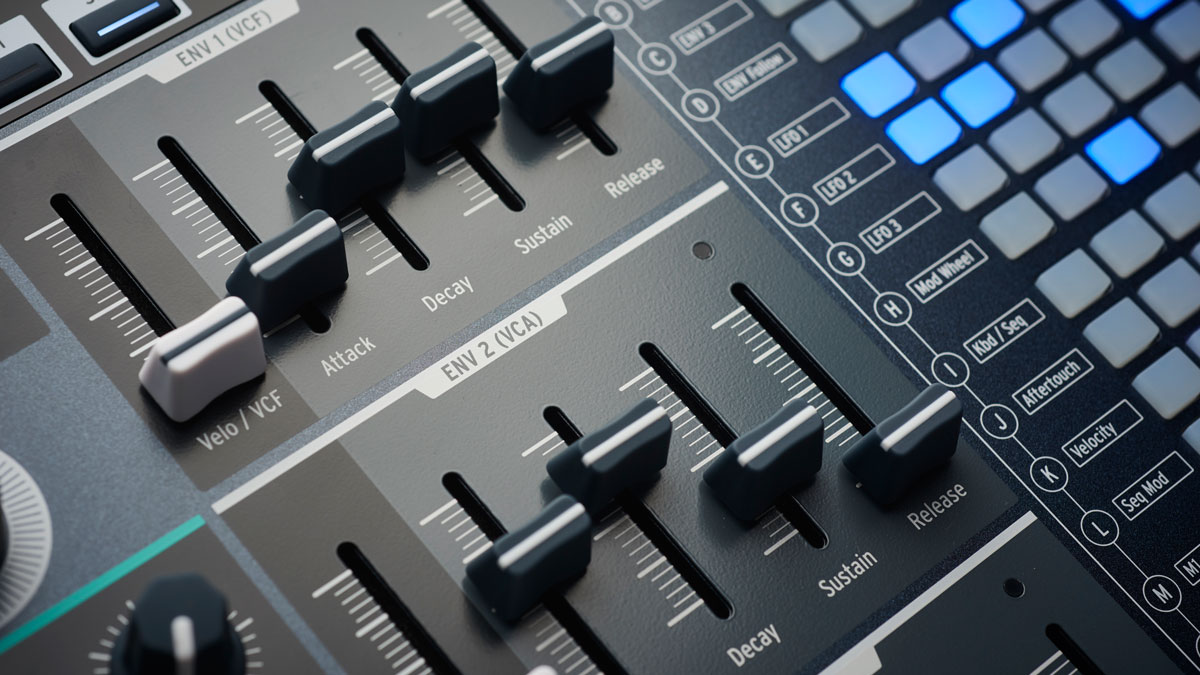
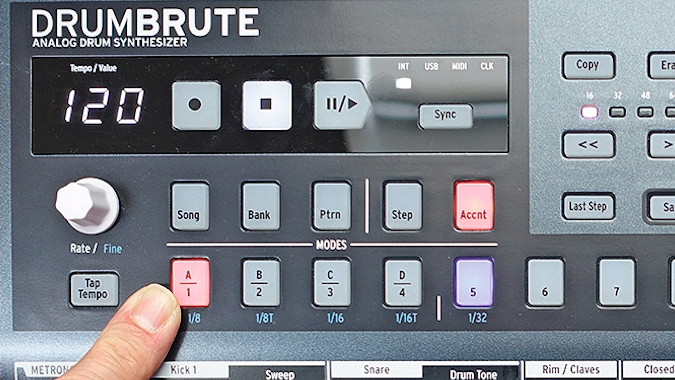
Specifications
Reasons to buy
Reasons to avoid
There’s also a lot on offer performance control-wise besides the extremely powerful matrix. Legato, Glide, Legato-Glide, Mono, Duo/Split and 3-note Paraphonic modes are also available. Yes - you can play standard leads but also 3-note chords with envelope articulation (and the MB sounds great in this mode). You have five unique modulatable bucket-brigade delay-based analogue effects which sound wonderful blended with the VCOs (mono/stereo delays, chorus, flanger and reverb). If there’s any synth that deserves the title of most well-featured analogue monosynth then this is it! It’s rock-solid, capable of a genuinely mind-blowing array of sounds and it’s so versatile you could spend years with it and not exhaust the possibilities.
Read the full review: Arturia MatrixBrute
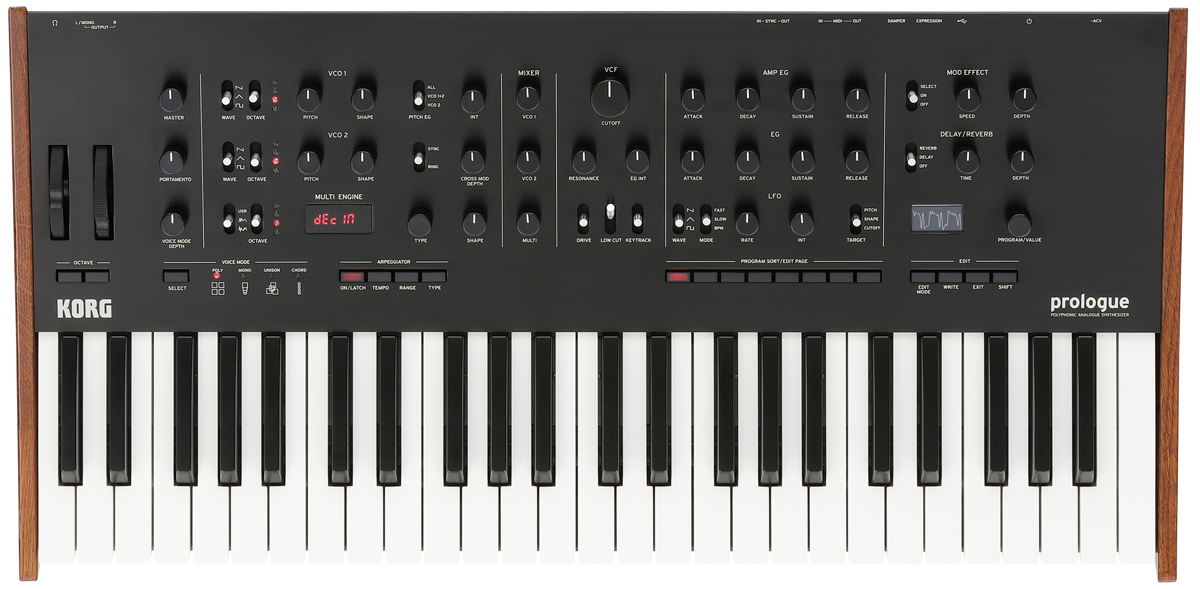
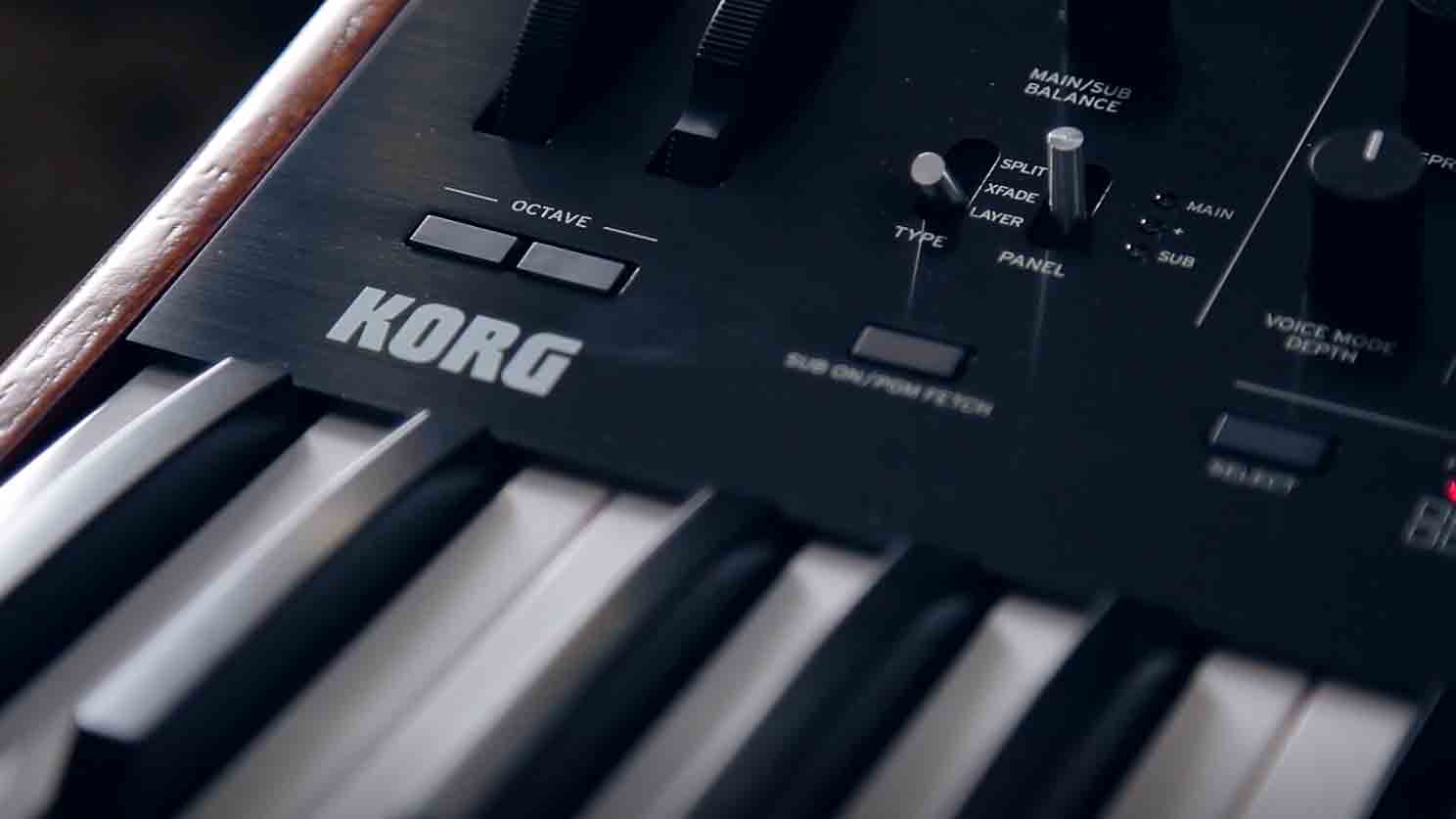
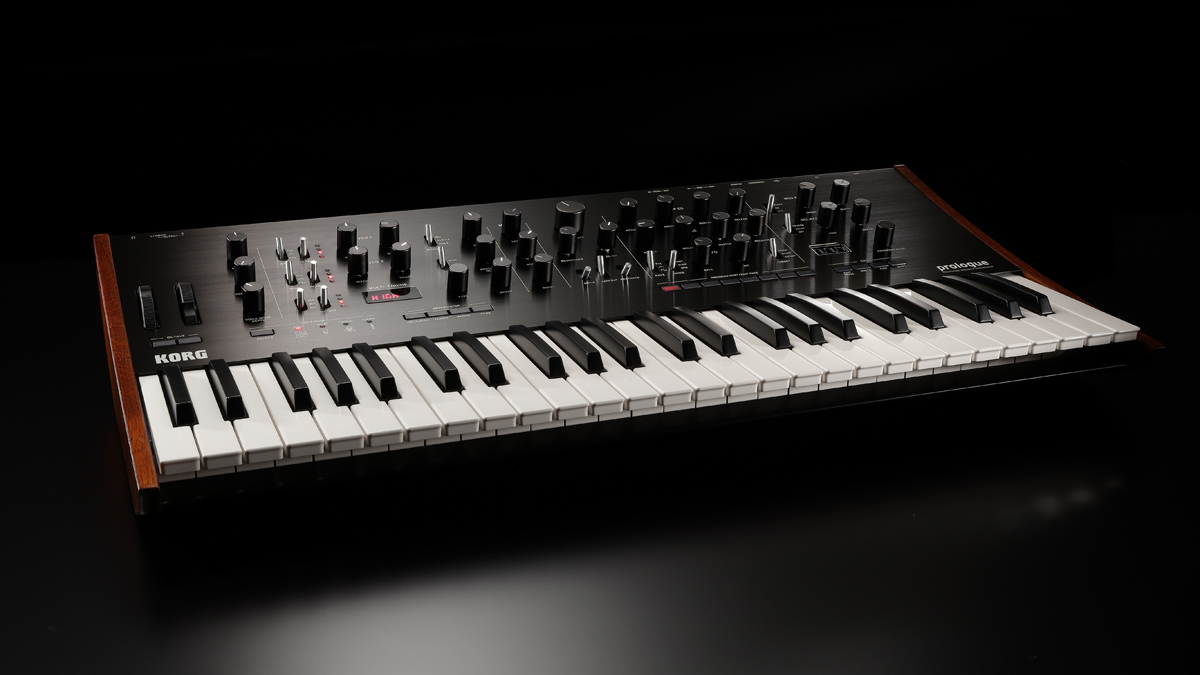
Specifications
Reasons to buy
Reasons to avoid
On the sonic front, both the Prologue 8 and 16 deliver massively and we found them very inspiring to work with, despite some limitations. The character is definitely Minilogue-like at times but bigger and bolder and the filter (with low cut) sounds great, with bags of personality. However, it also delivers huge bass and cutting, searing leads, classic FM sounds, warm fibrous pads and punchy synth-brass – a testament to the versatile sound engine. Interestingly, the Prologue fares best, not on those often overused classic VCO sounds but instead on moody, hazy, textured epic atmospheres. With a little voice-panning, along with the excellent reverbs, delays, and mod effects coupled with the vibey VCO and multi-oscillator, the sound palette moves into far more futuristic or contemporary territory - and that’s where this synth really delivers by the bucket load.
Read the full review: Korg Prologue 8
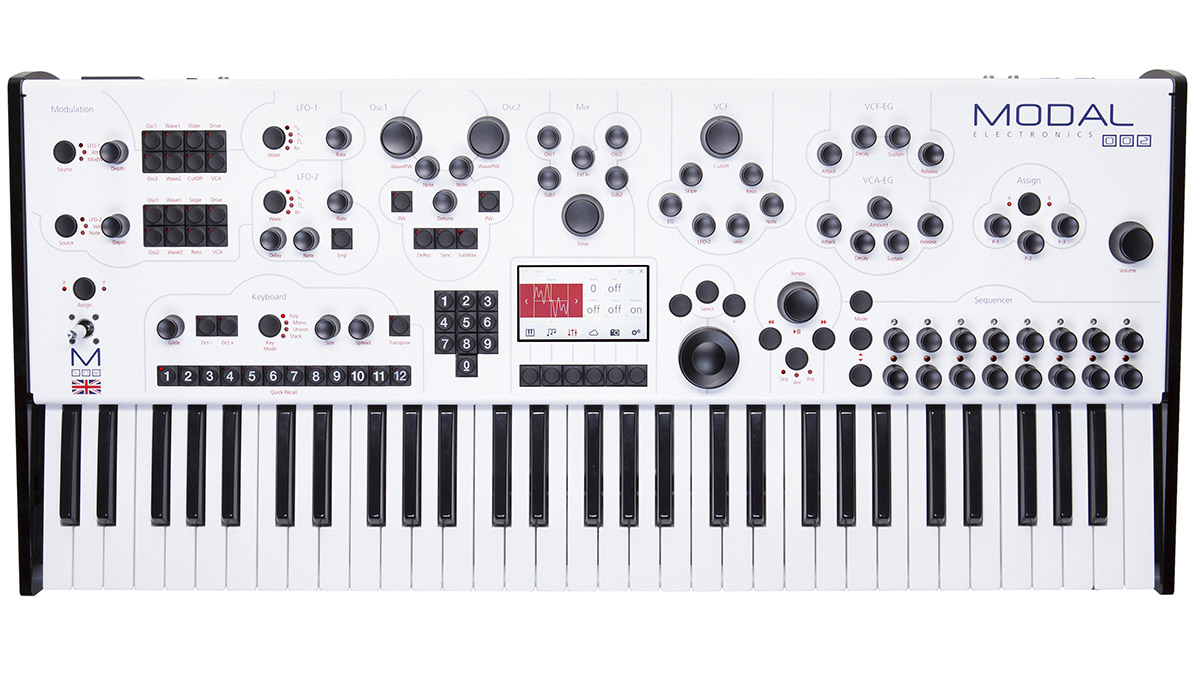
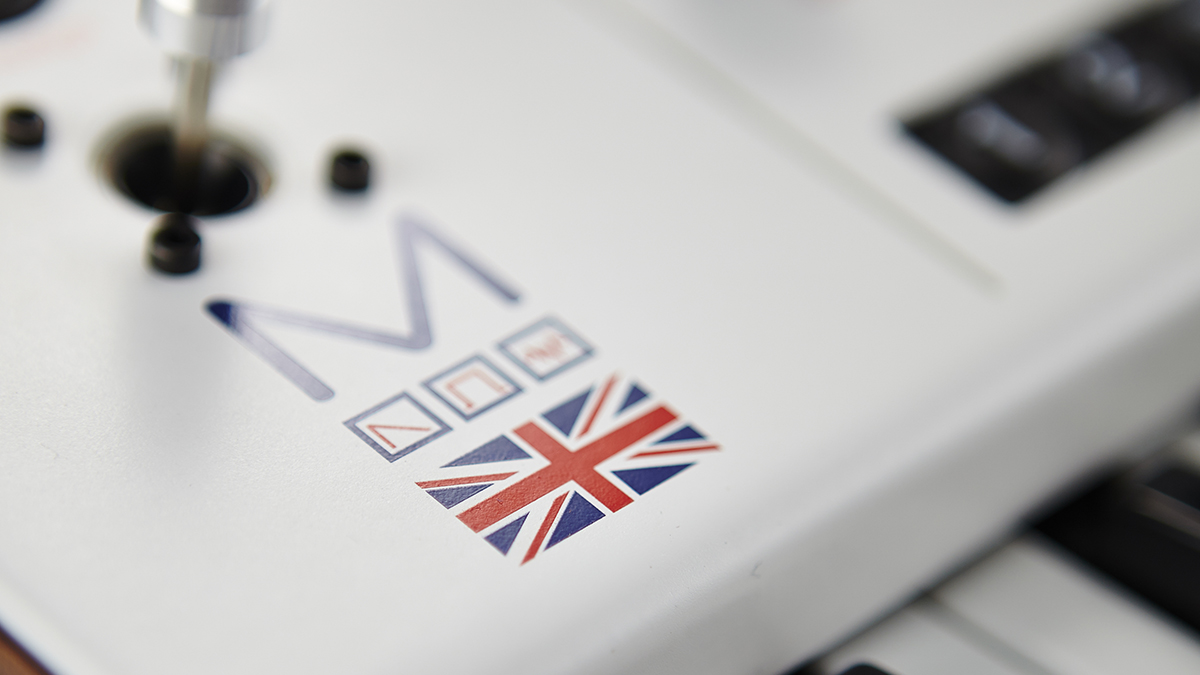
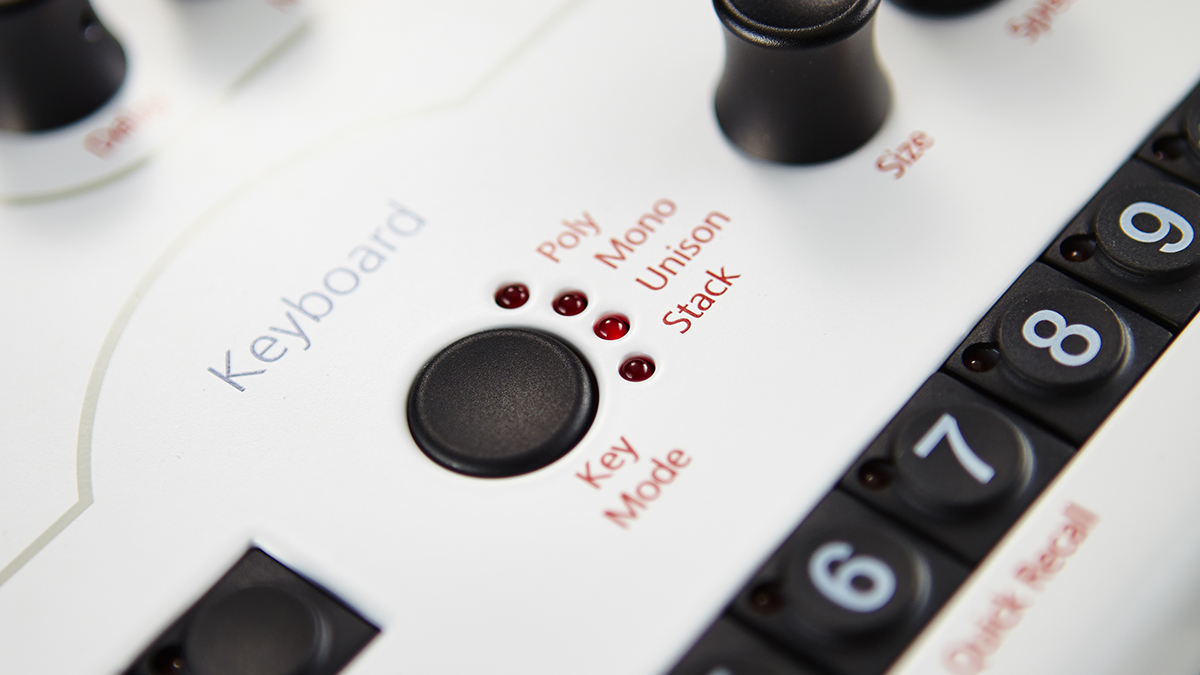
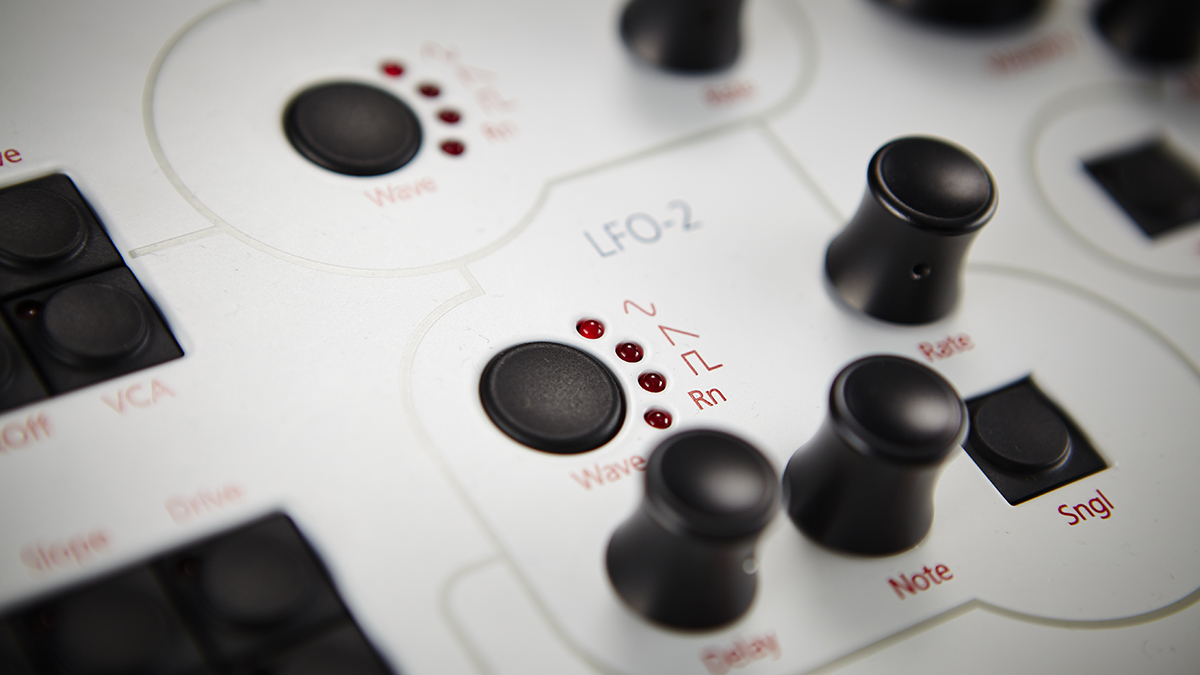

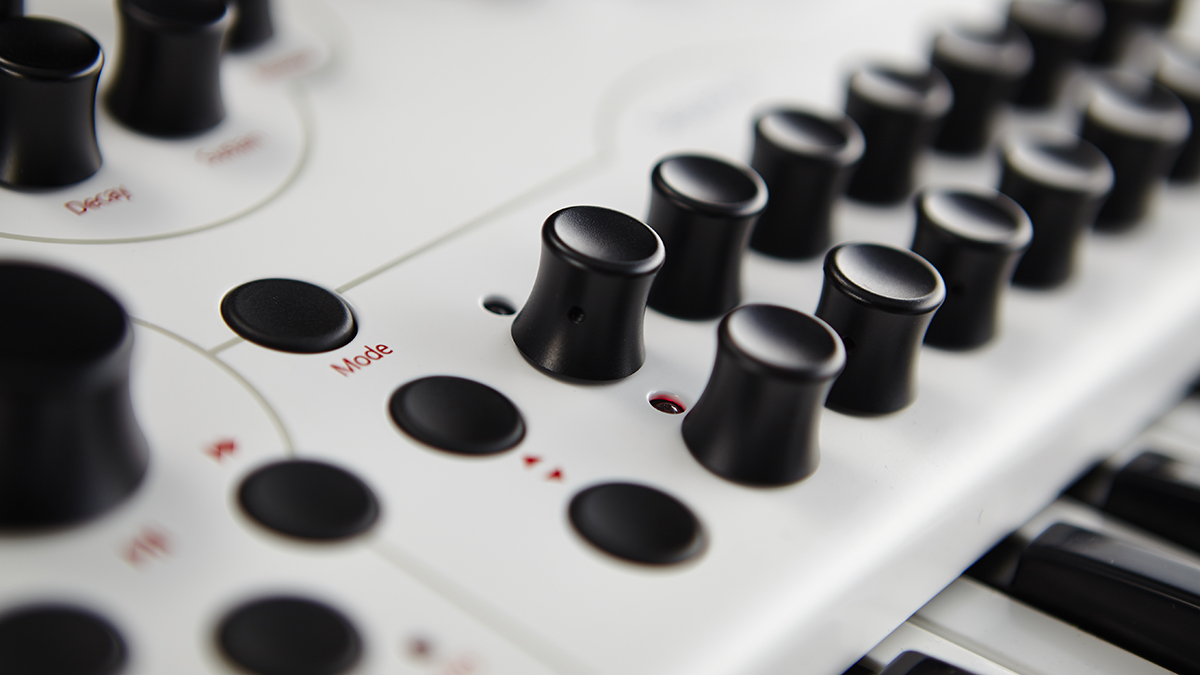
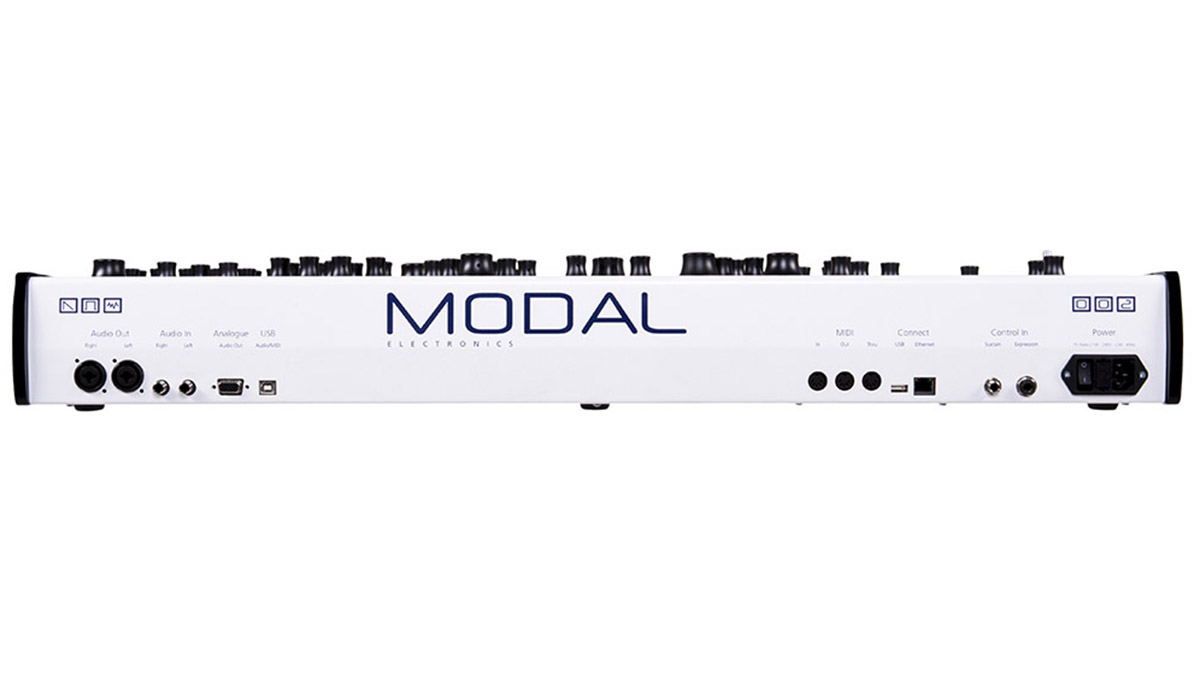
5. Modal Electronics 002
Specifications
Reasons to buy
Reasons to avoid
The first synth to come from the Modal Electronics stable, the 002 is a 12-voice hybrid synth, incorporating high resolution, numerically-controlled oscillators, which promise greater stability. It comes with two oscillators per voice with two sub oscillators, which can be switched from being either traditional square wave to having the same waveform as the main oscillator – in effect making four oscillators per voice. The 002 features 24dB per octave four pole transistor ladder filter, which is of an original Modal design. The filter comes with some very unusual morphing characteristics or ‘polesweeping’, enabling smooth transition from four pole through bandpass to one pole 6db per octave, or anywhere in between.
Read more: Modal Electronics 002
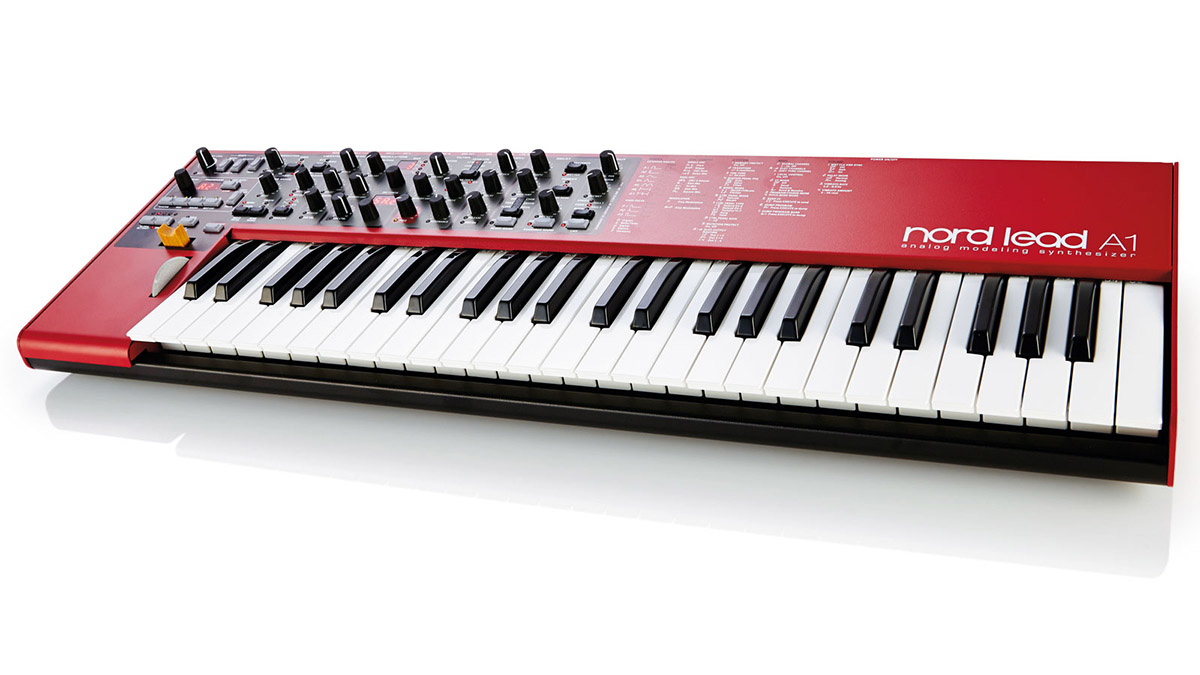
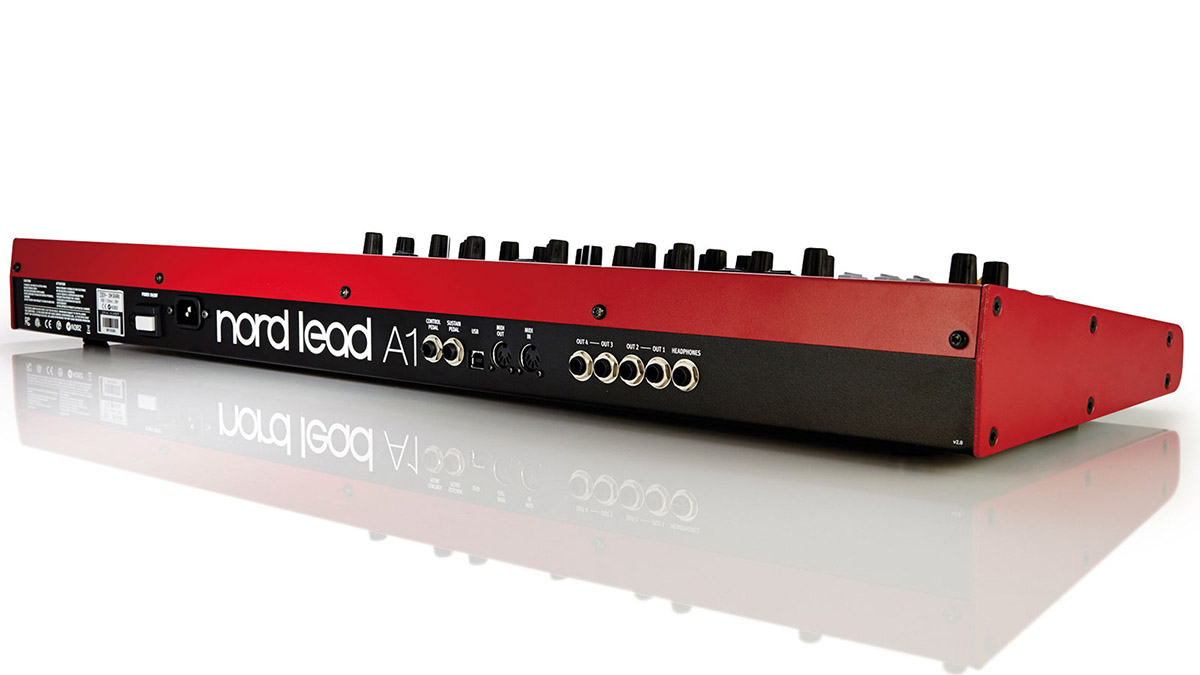
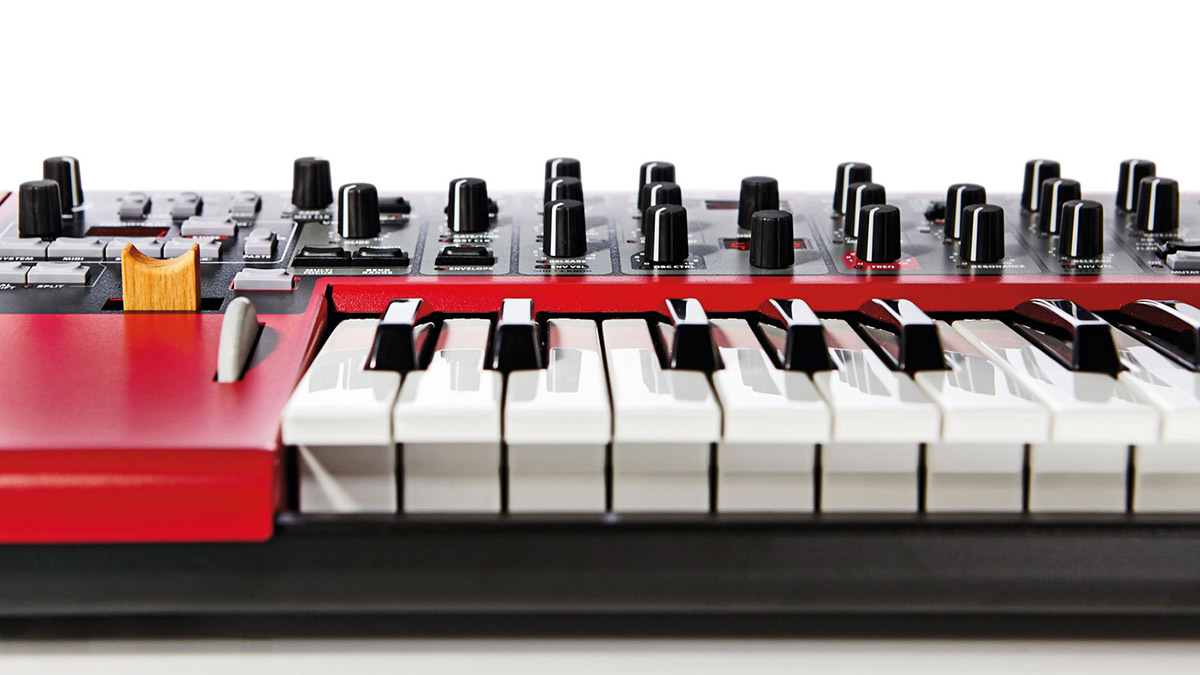
Specifications
Reasons to buy
Reasons to avoid
The Lead A1 features Nord’s Realtime Waveform Engine and also happens to be a direct replacement for the 17-year-old Lead 2/2x range. Happily, the A1 also costs £300 less than the Nord Lead 4, so for those with a smaller budget lusting after the NL4, the A1 seems like a great alternative. Choosing between the A1/NL4 will ultimately come down to budget/required features and, though some may disagree, we think the A1 makes sense as a product, distilling the essence of the NL4 into something that's fun, intuitive, and addictive. It’s tough to choose between this and the NL4, but if you want that essential Nord sound with more versatile effects/ effects implementation and a simpler interface for less cash, the A1 is a very appealing package.
Read full review: Nord Lead A1
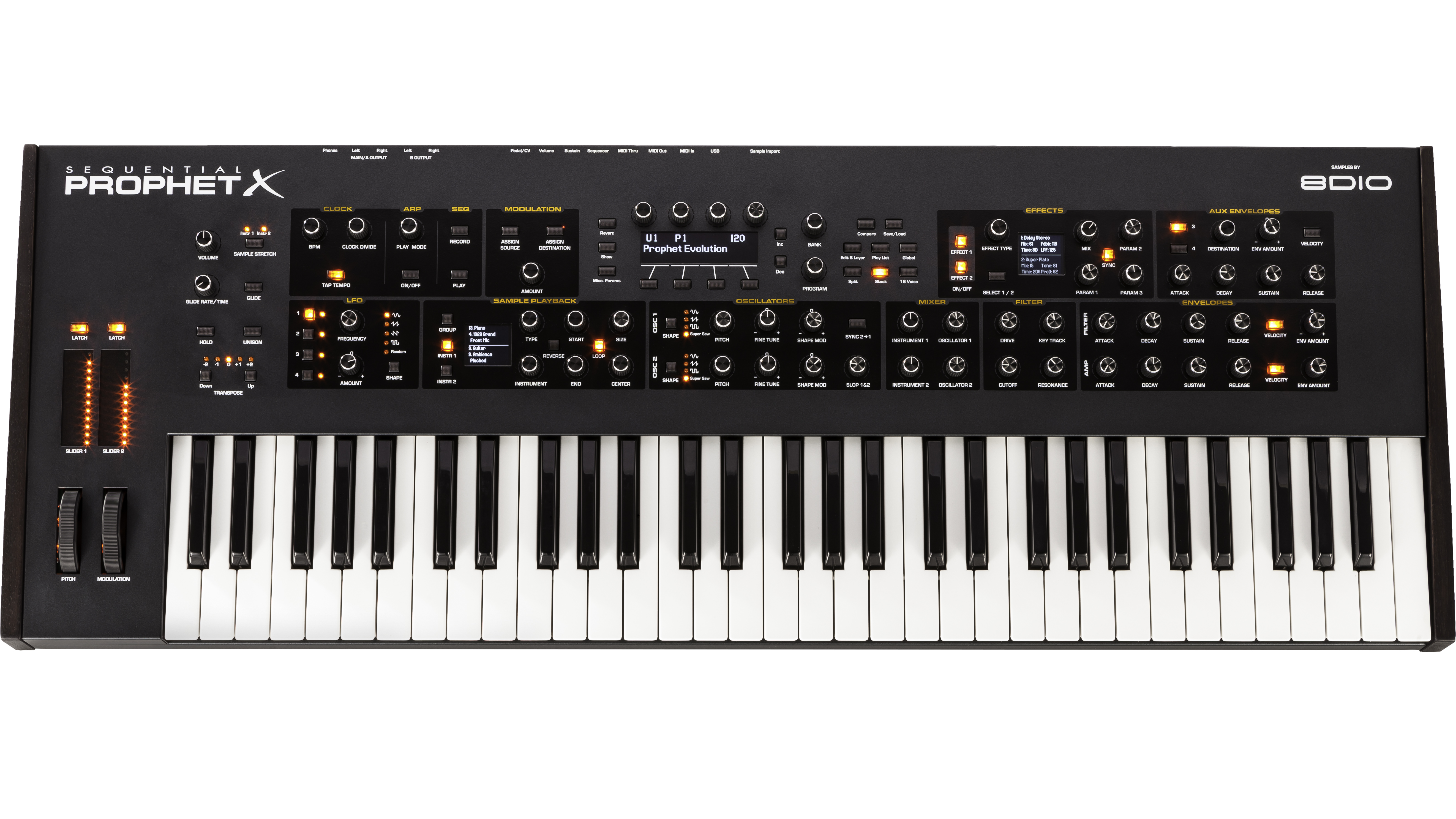
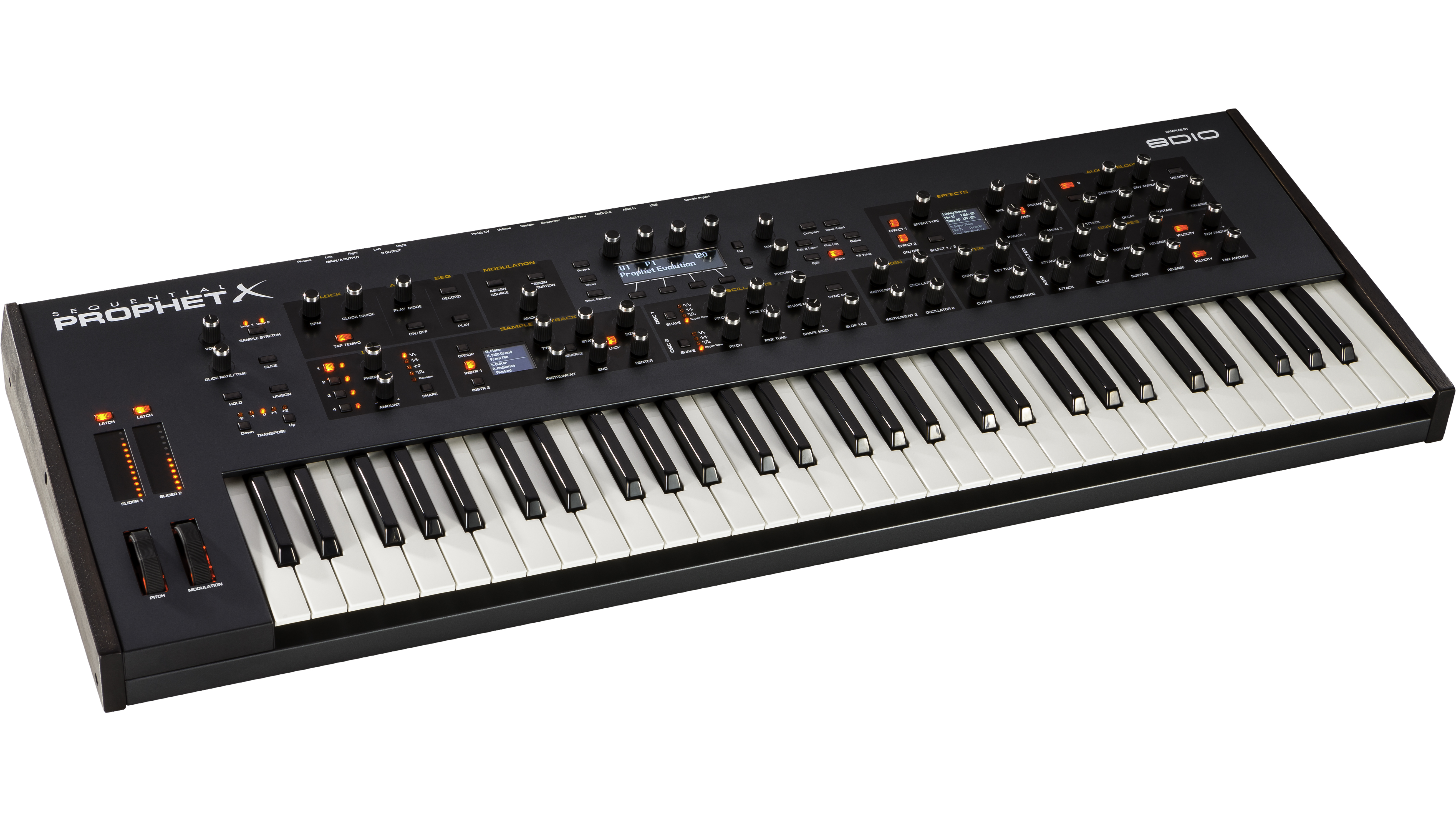
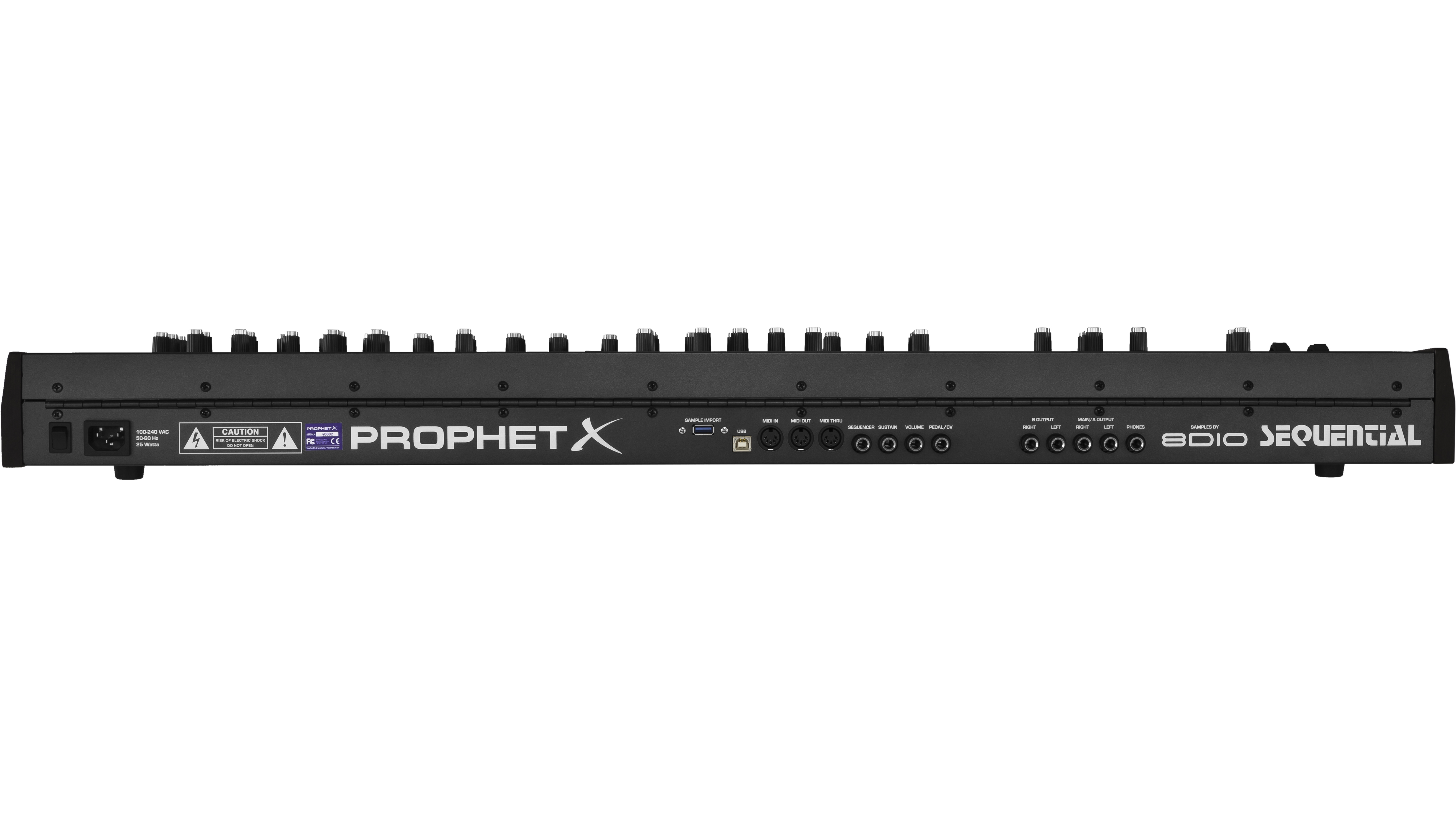
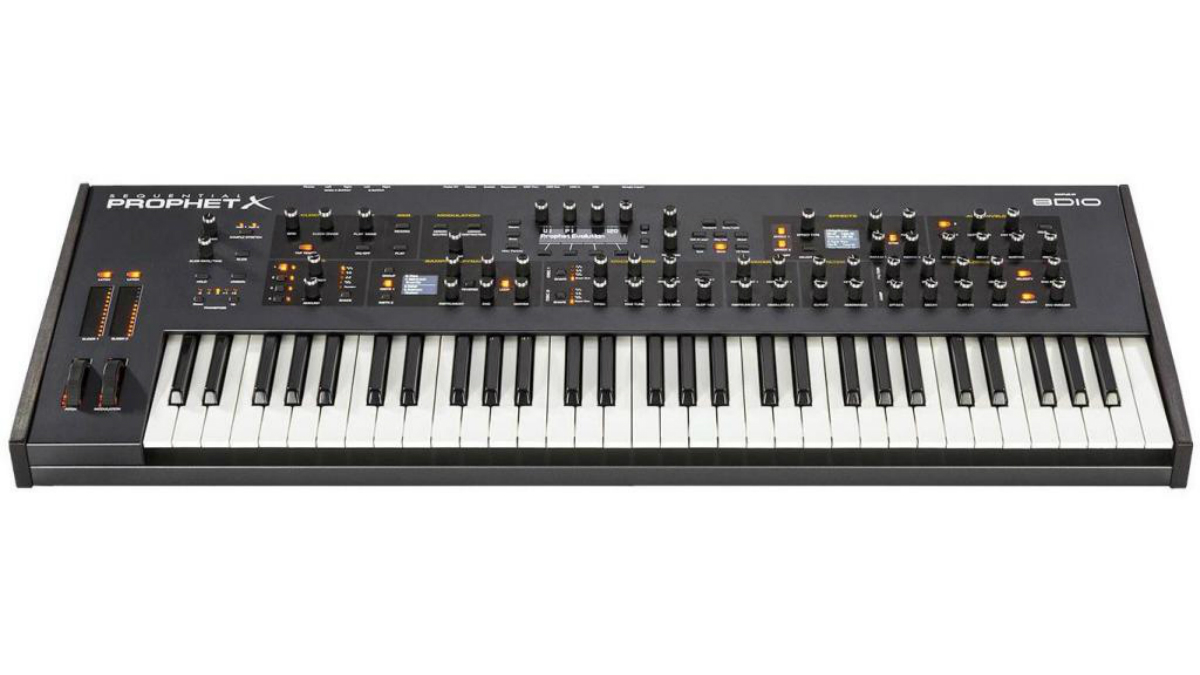
Specifications
Reasons to buy
Reasons to avoid
The Prophet X brings a wholly new/welcome sound to Dave Smith’s lineup. Due to its flexible and open sample-based architecture and tried and tested synth engine, it can cover practically any sonic ground. Like the Waldorf Quantum, the price is high but similarly the X is using the latest technology in a really musical/elegant way, while simultaneously pushing you into new sonic approaches/territories. Build quality is solid; all the switchgear and knobs feel tank-like and very roadworthy. Prophet X’s 61-note velocity/aftertouch enabled keybed also feels very high-quality and, although it’s a little more stiffly sprung than the Prophet 6, this does give you more detailed control over the acoustic instruments and velocity-switched samples If you want a synth that can quickly get you close to the sonic complexity of your DAW’s plugins (but without the fuss), then this is it!
Read full review: Sequential Prophet X
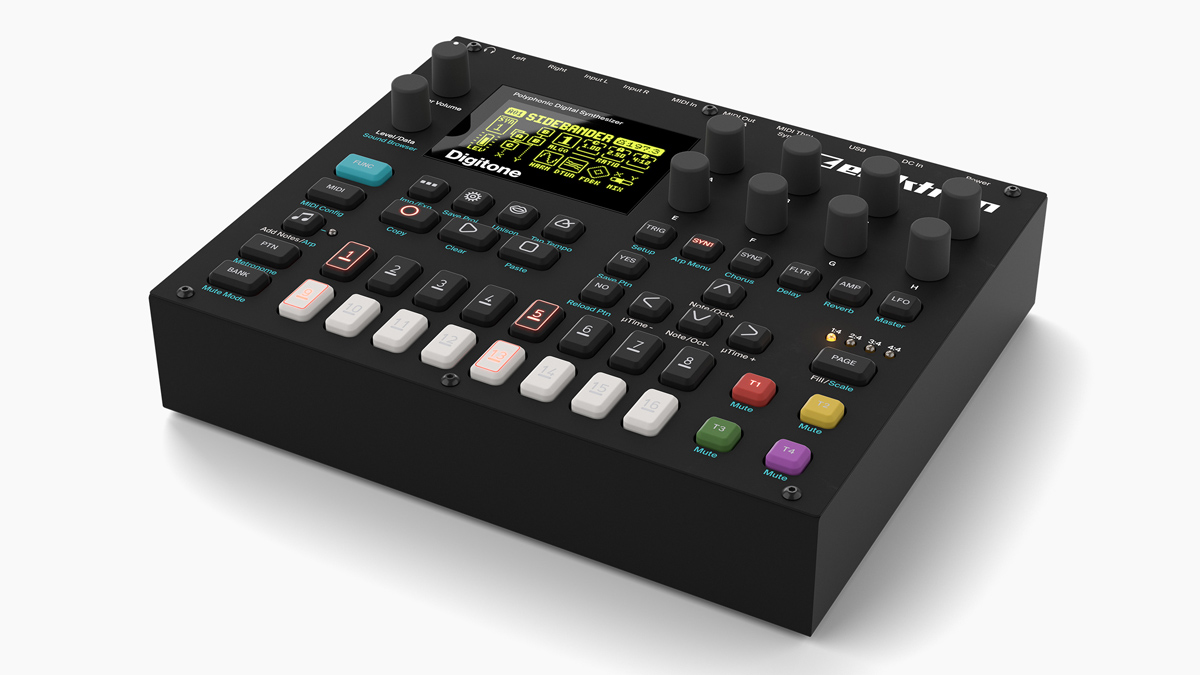
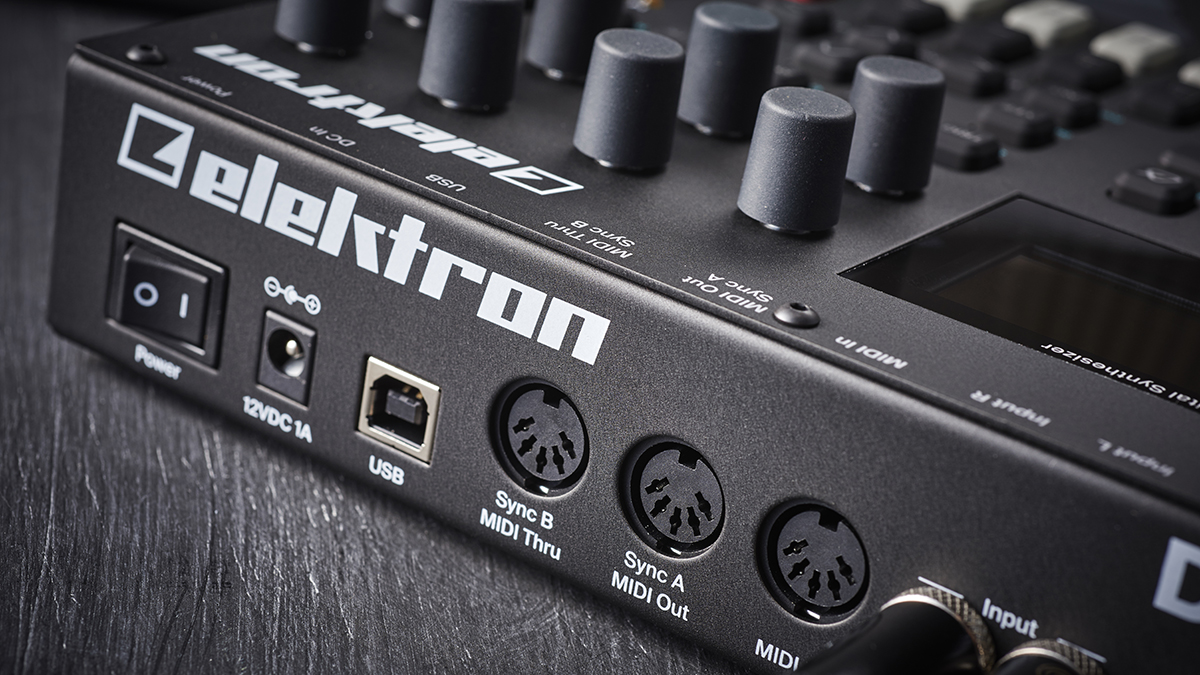
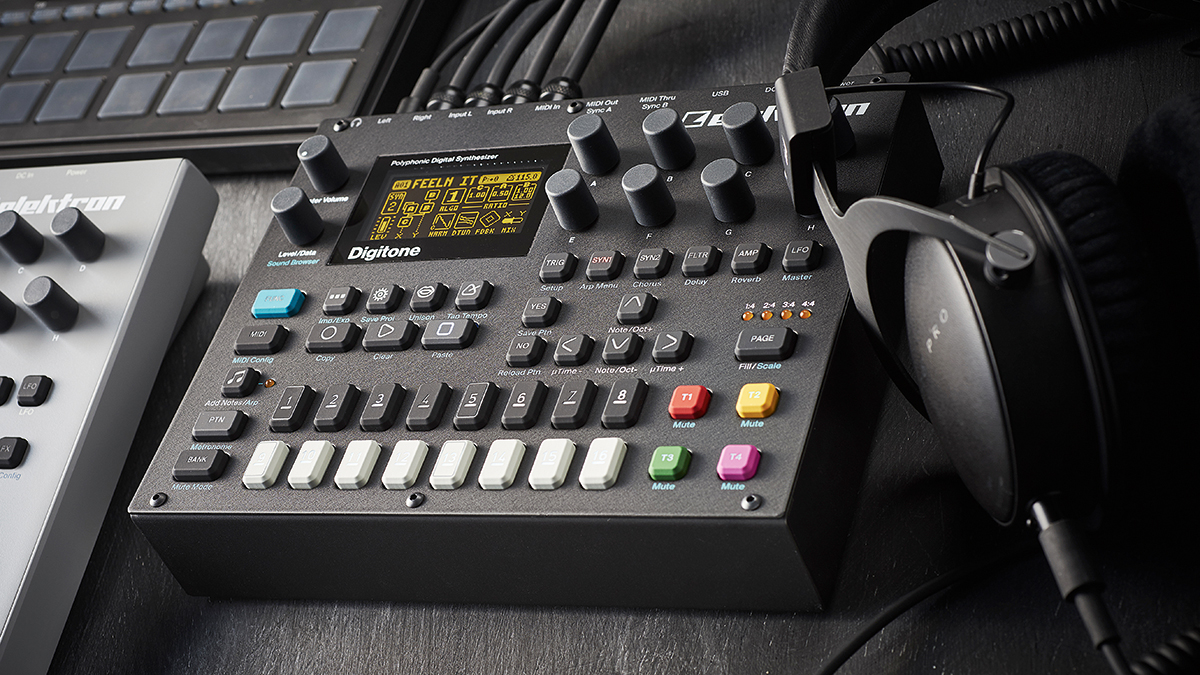
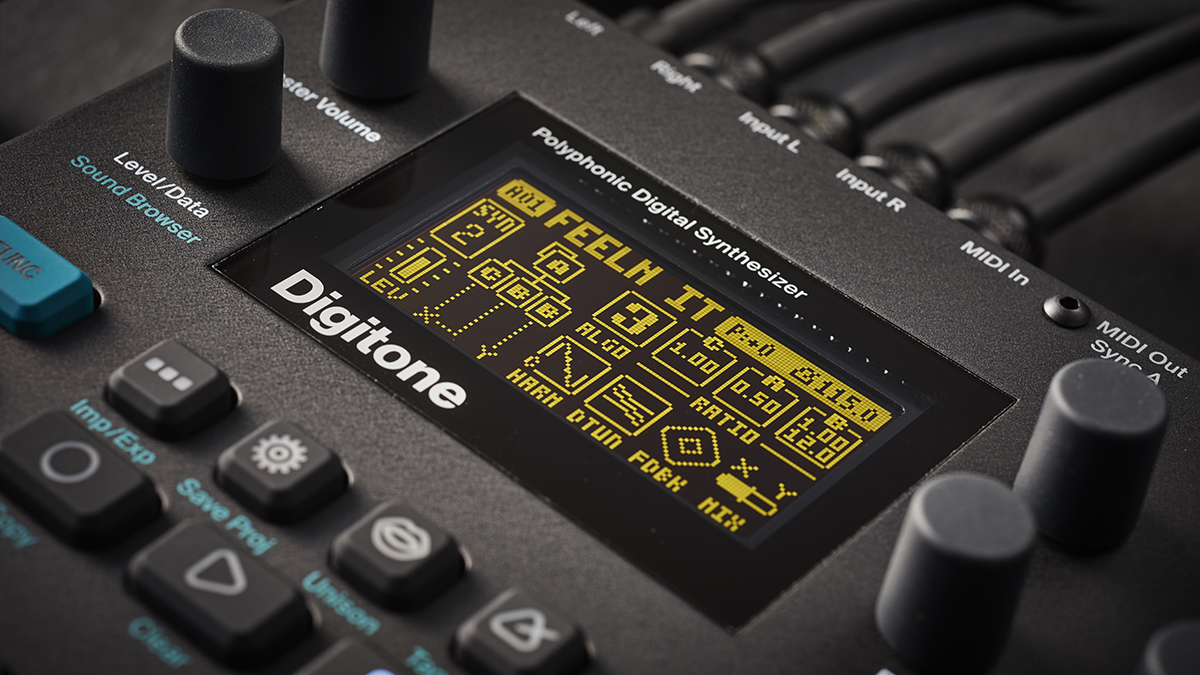
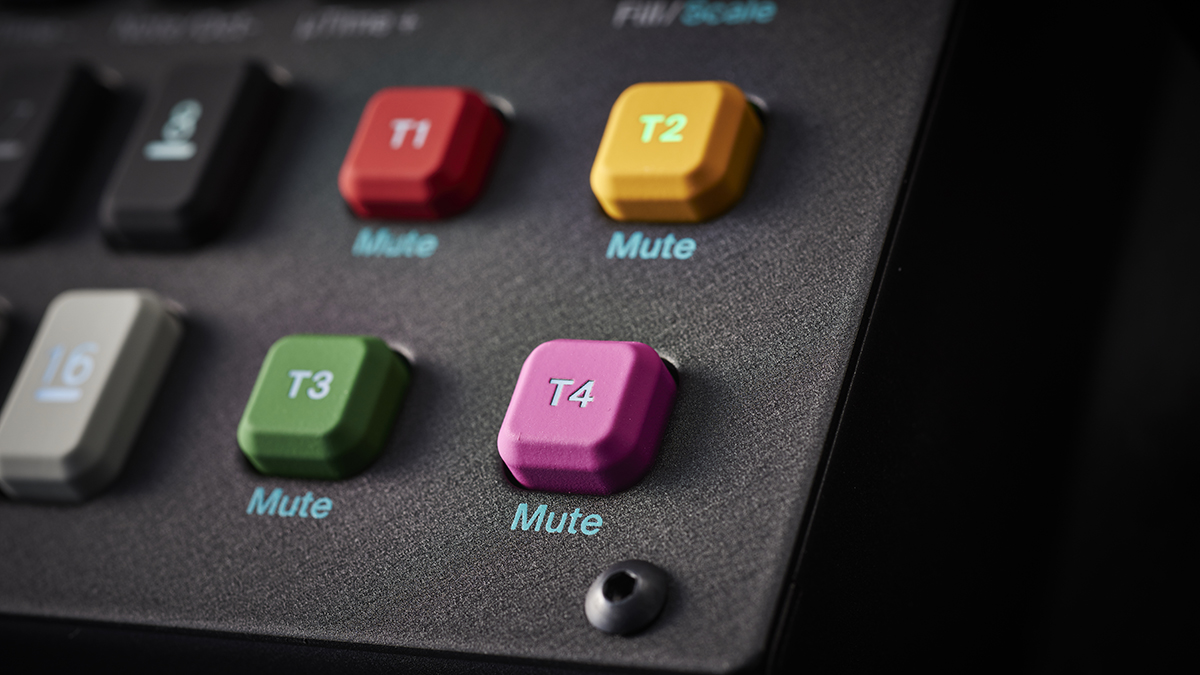
Specifications
Reasons to buy
Reasons to avoid
Digitone uses good old familiar four-operator FM synthesis (where waves modulate each other) but with some very welcome new twists and turns. The native FM engine is eight-note polyphonic and has four dedicated tracks (accessed directly via the sweet shop style T1-T4 buttons), along with four MIDI tracks for controlling/sequencing external MIDI gear. Once the Digitone’s FM sound engine is coupled to the Elektron’s fantastic sequencer design, the whole thing just comes alive. You’ll soon be wondering why anyone thought FM was difficult to use or old-fashioned sounding. Of course, you can use the Digitone as a simple sound module triggered from a MIDI controller, DAW or the onboard 16-step buttons to play simple old-skool FM impersonations, but it’s once the sequencer, modulators and filters are employed (and the excellent effects overlayed or ‘P-locked') that the Digitone shows its true and superb colours.
Read full review: Elektron Digitone
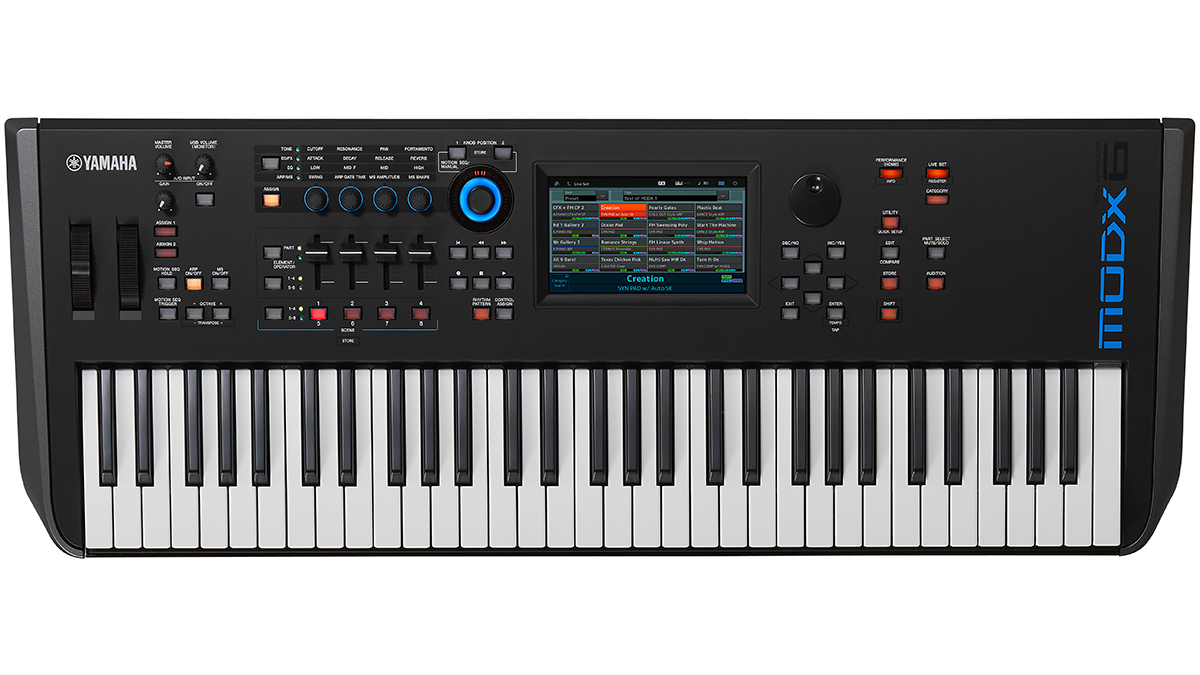
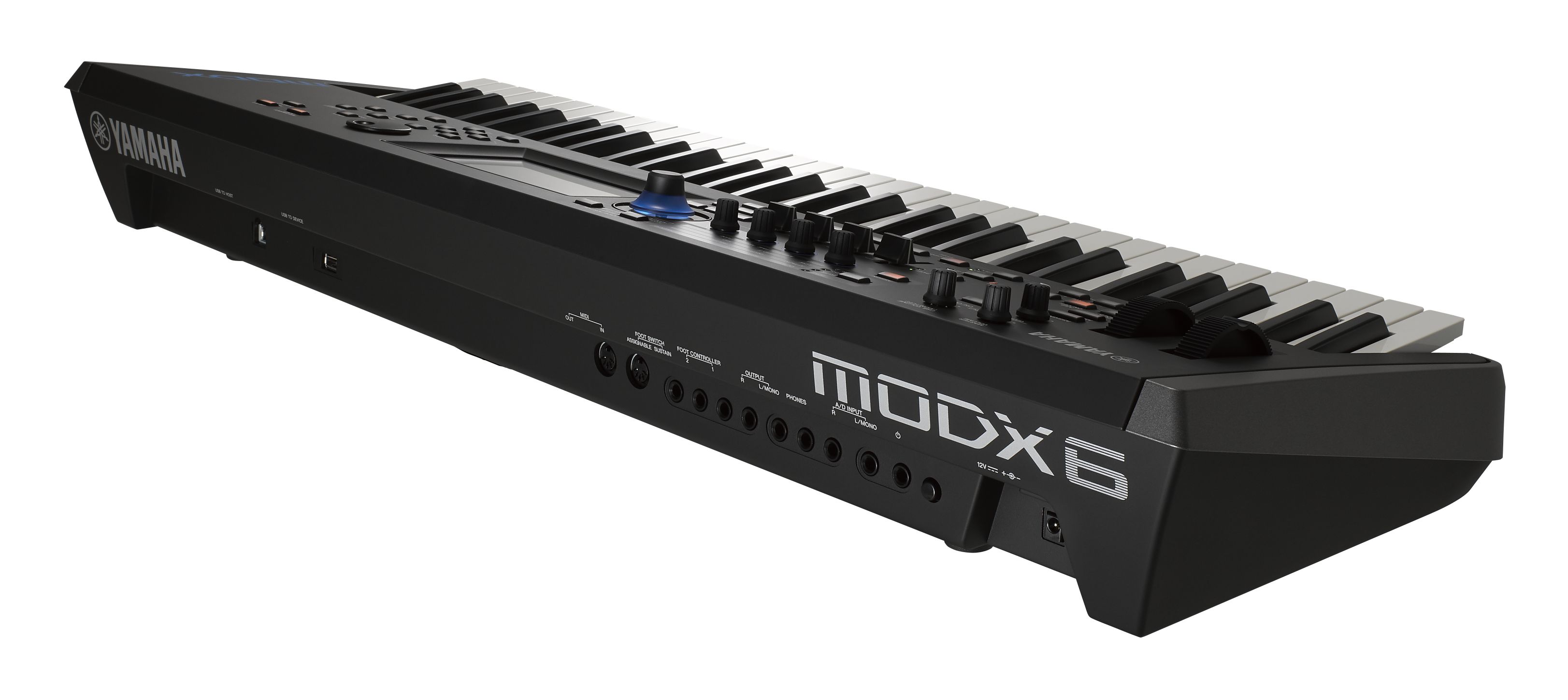
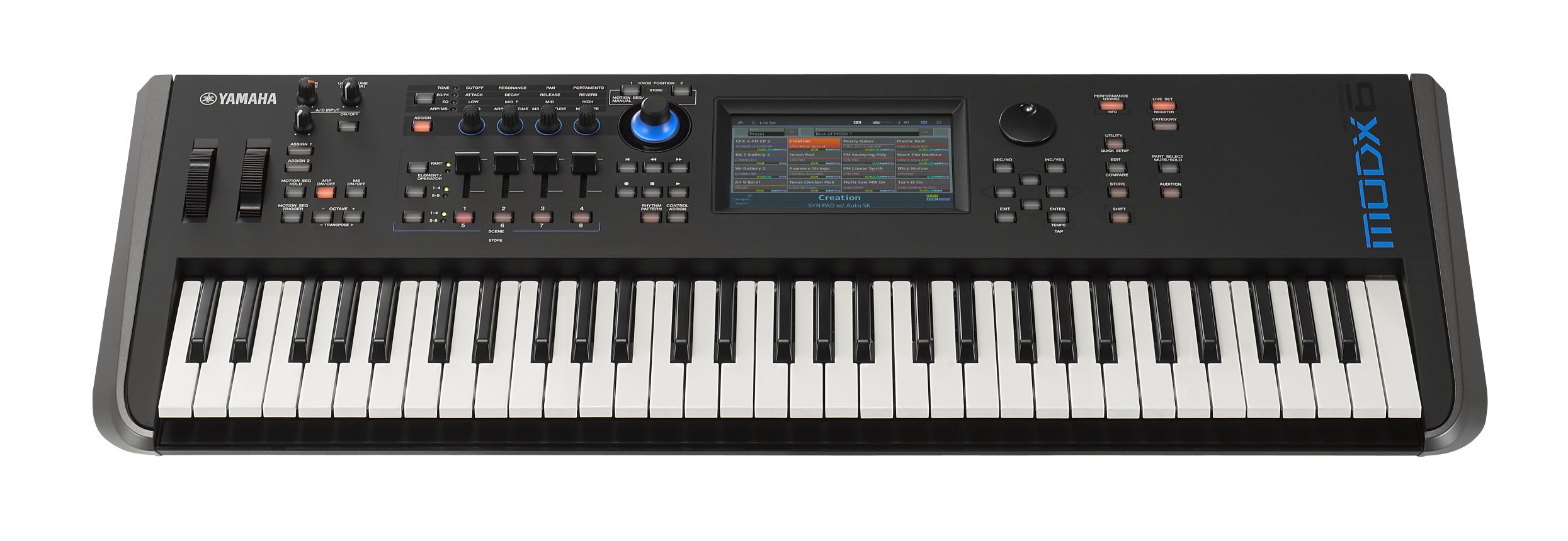
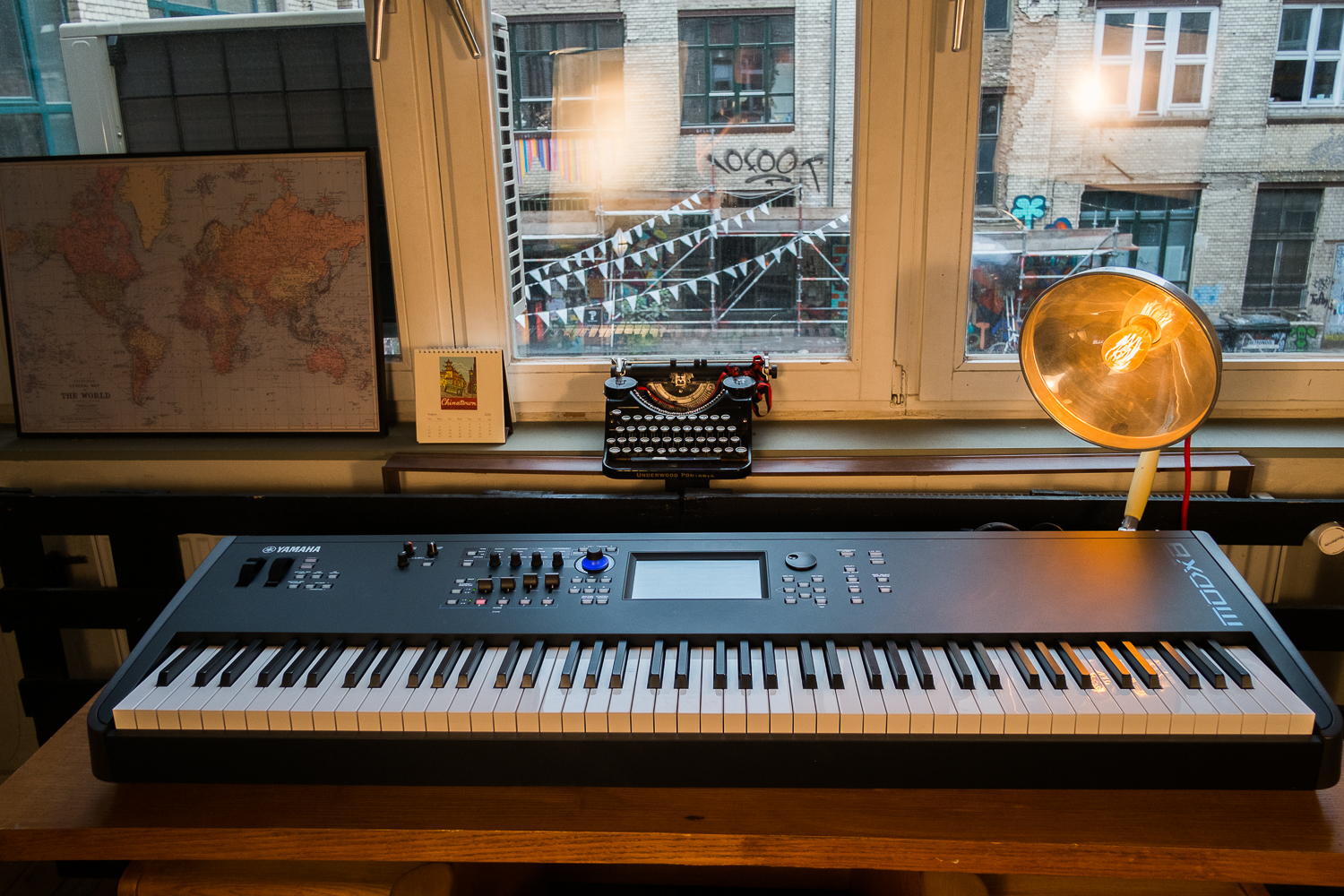
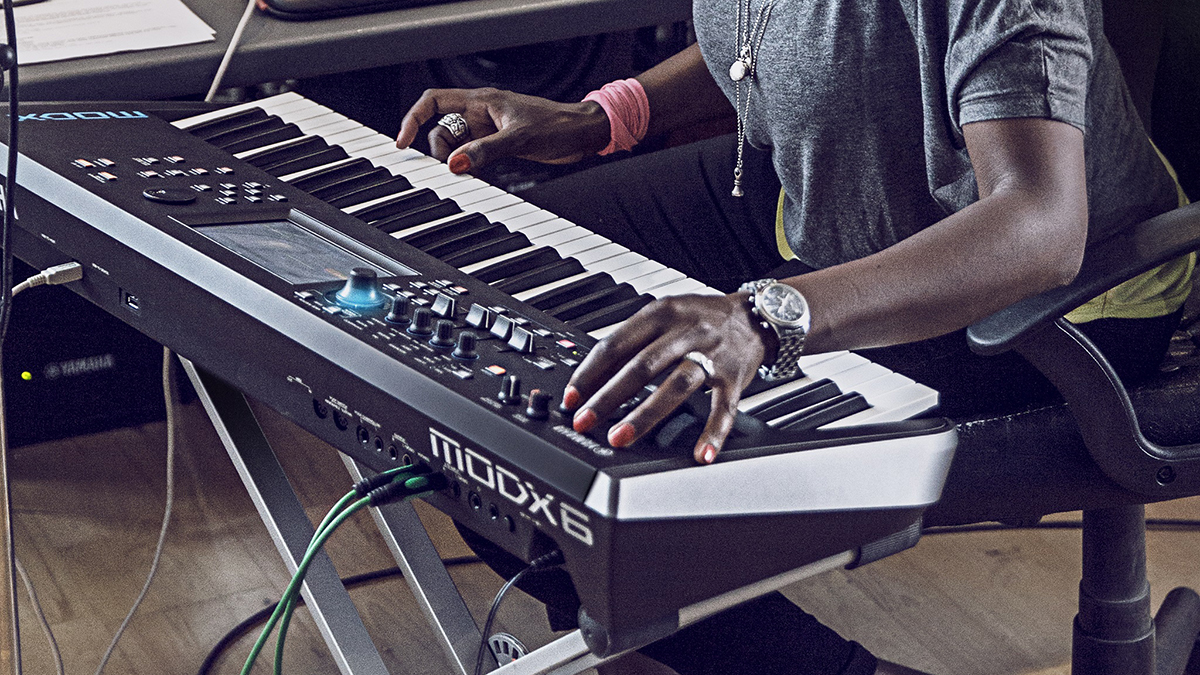
Specifications
Reasons to buy
Reasons to avoid
It’s hard not to gas for the MODX, given the price, features and sound. The overall sound is clean and bright with decent definition. Yamaha’s acoustic sounds are great and the CFX/Bösendorfer Grands sound great; the breadth of sonic territory covered is vast. The EP ‘gallery’ performances/scenes are authentic, while the acoustic guitars, strings, brass and woodwinds are quality too. The FM-X engine (with eight operators, 88 algorithms, feedback, ‘spectral skirt’ and access to the 18 filter types onboard) is scarily comprehensive and versatile. Add in Motion Control for evolving sounds, the excellent effects engines, A/D input and envelope follower (with sidechain), a 5 stereo out/2 stereo in audio/MIDI USB interface, the portability and low price and really, the MODX is a very attractive purchase for a lot of musicians.
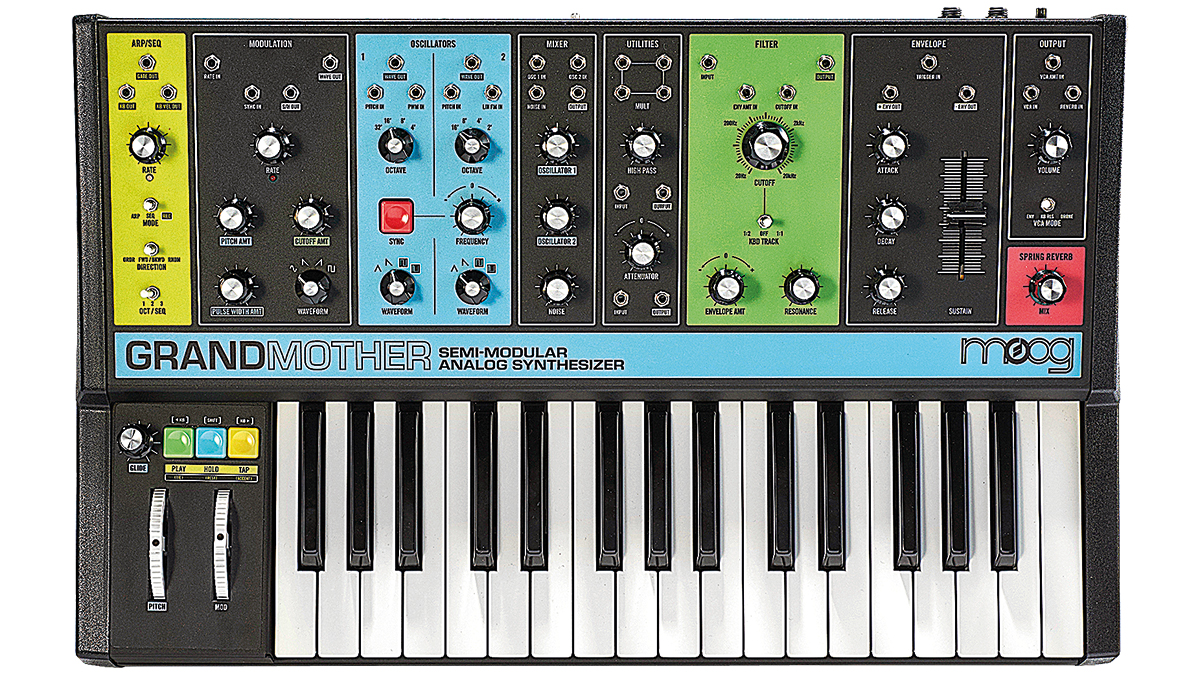
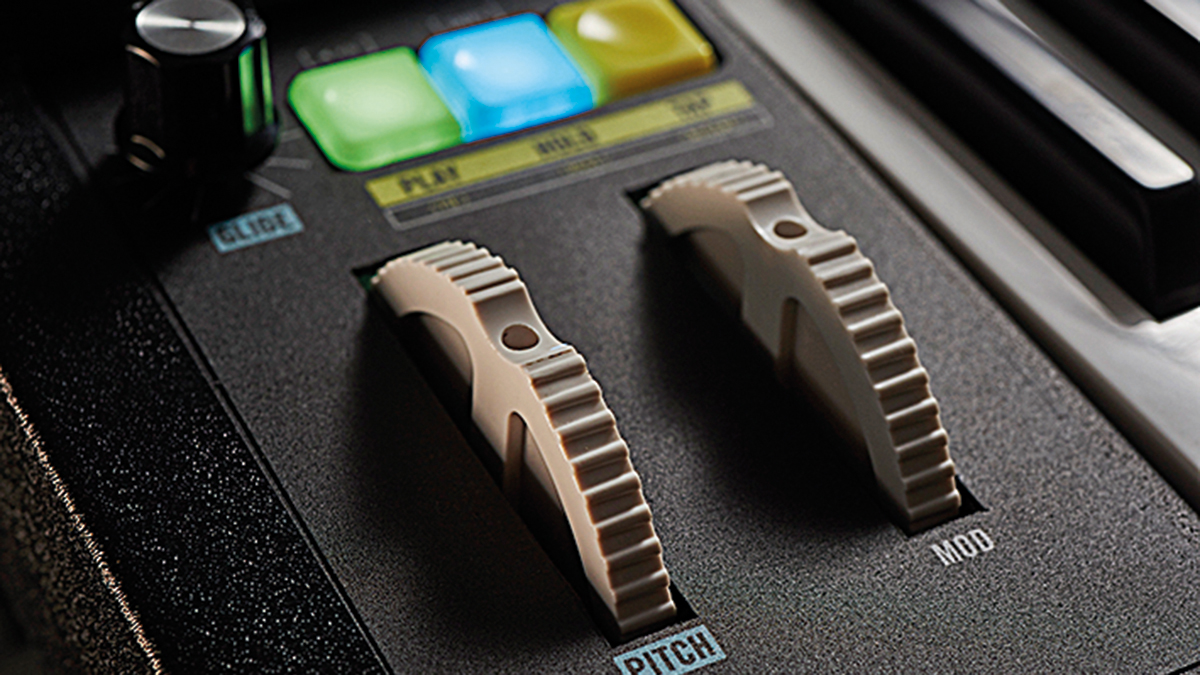
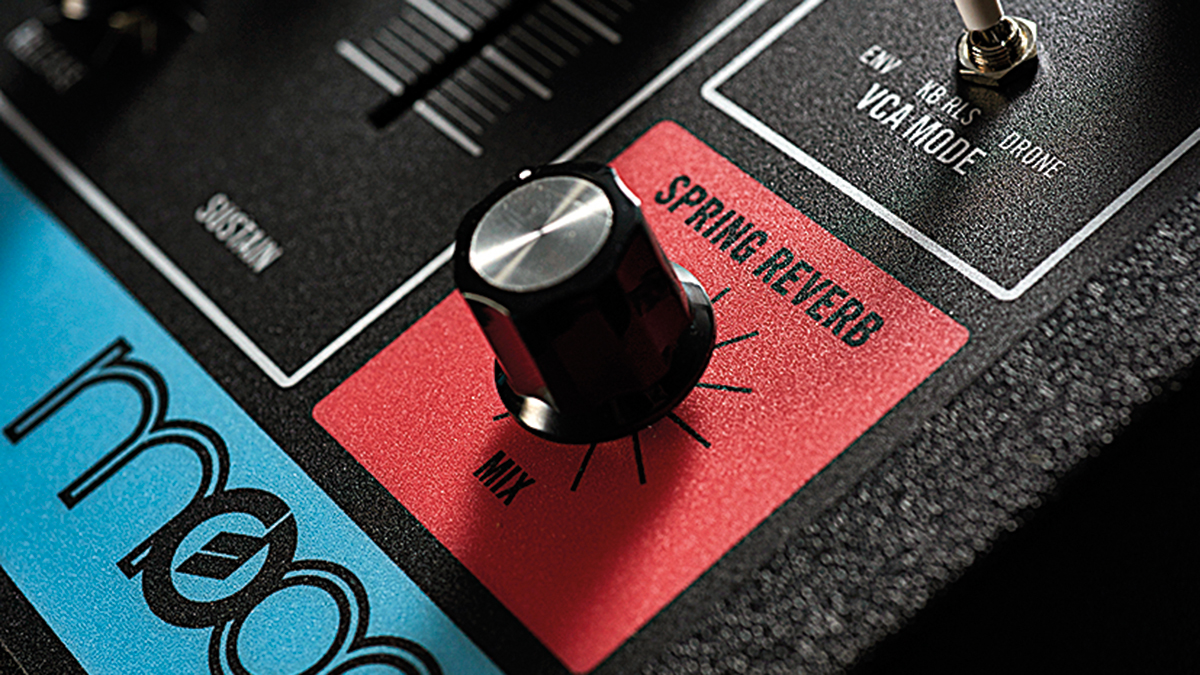
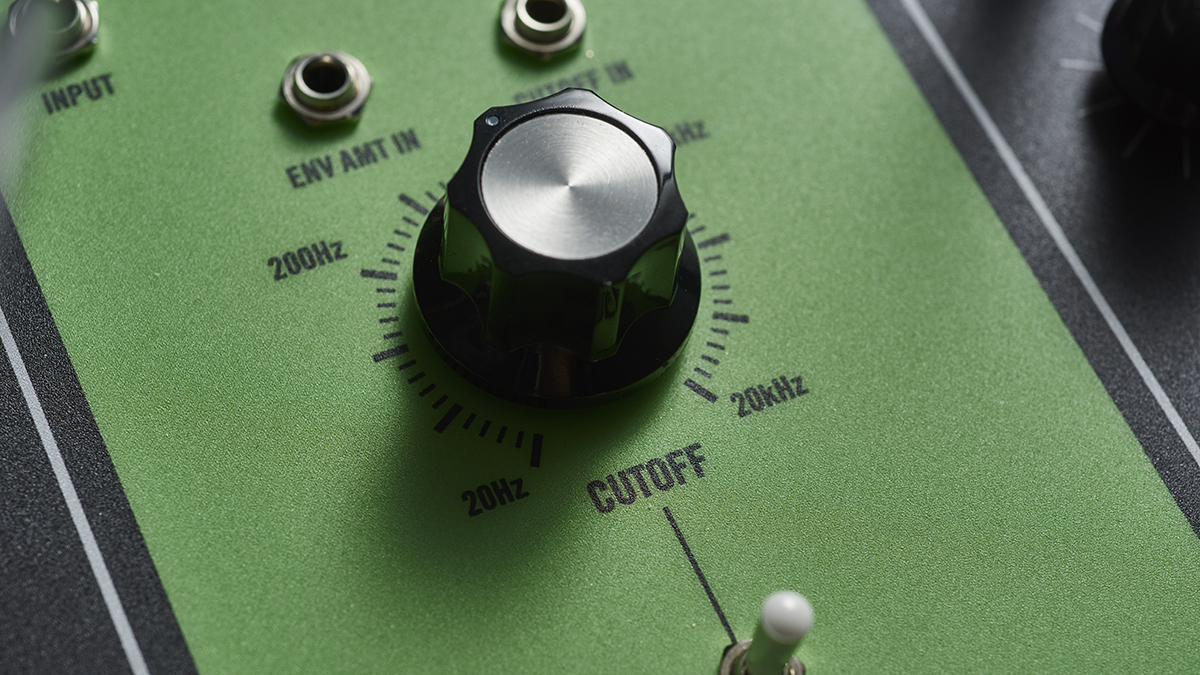
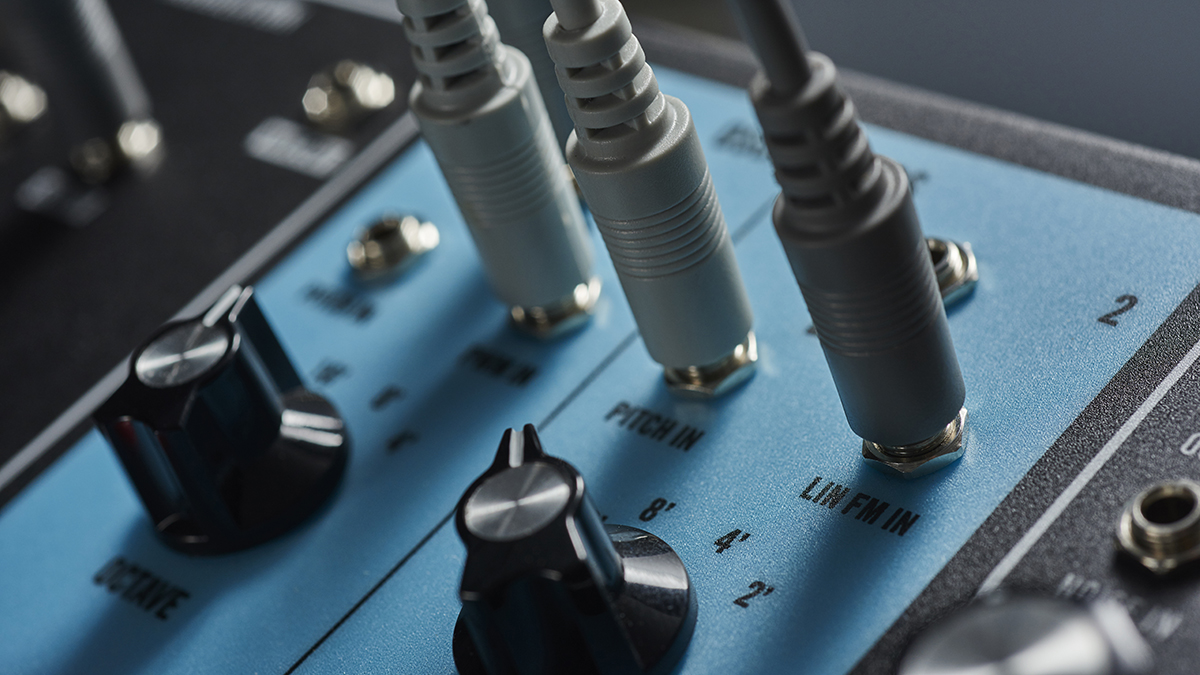
Specifications
Reasons to buy
Reasons to avoid
Moog’s latest semi-modular comes equipped with a 32-note Fatar keyboard, sequencer and arp, making it more performance-focussed than its siblings in the Mother line. It has a chic multi-coloured retro design that suits its authentic vintage sound. The old-school approach is rounded off nicely with the inclusion of a spring reverb module – a rare inclusion in modern synths. Grandmother is a versatile performer, capable of a vast range of sounds even before patching a cable. Is it worth the asking price? Absolutely, if for no other reason than providing users with a taste of those old Moog modular circuits without having to take out a second mortgage.
Read full review: Moog Grandmother

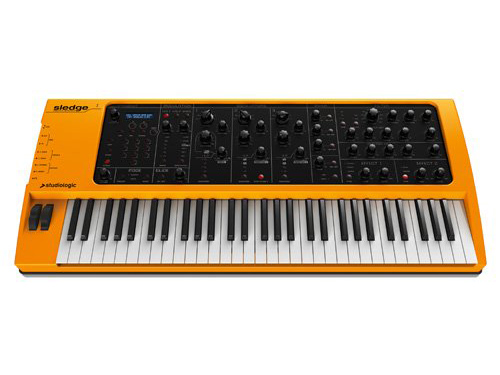
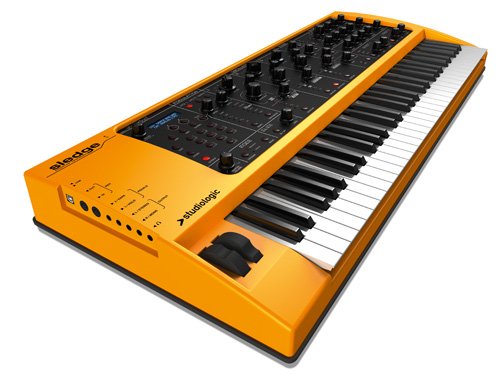
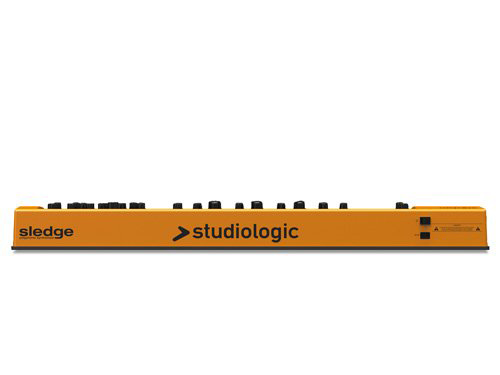
Specifications
Reasons to buy
Reasons to avoid
The original Waldorf-powered Sledge launched in 2012 and, despite being pretty reasonably priced and offering a very solid synth engine, largely fell under the radar. However, v2.0 is a significant upgrade. There's no doubt that the Sledge's front panel has been largely influenced by the Minimoog with its classic three-oscillator plus filter plus dual envelope layout. It's a great choice of design as it's very familiar to most people and flows very nicely. Throw in wavetable and sample import options, plus FM, 24-note polyphony, split/layering facilities and aftertouch support, and Sledge starts to look like a great buy. A black version with several new features is now available, too.
Read full review: Studiologic Sledge 2.0
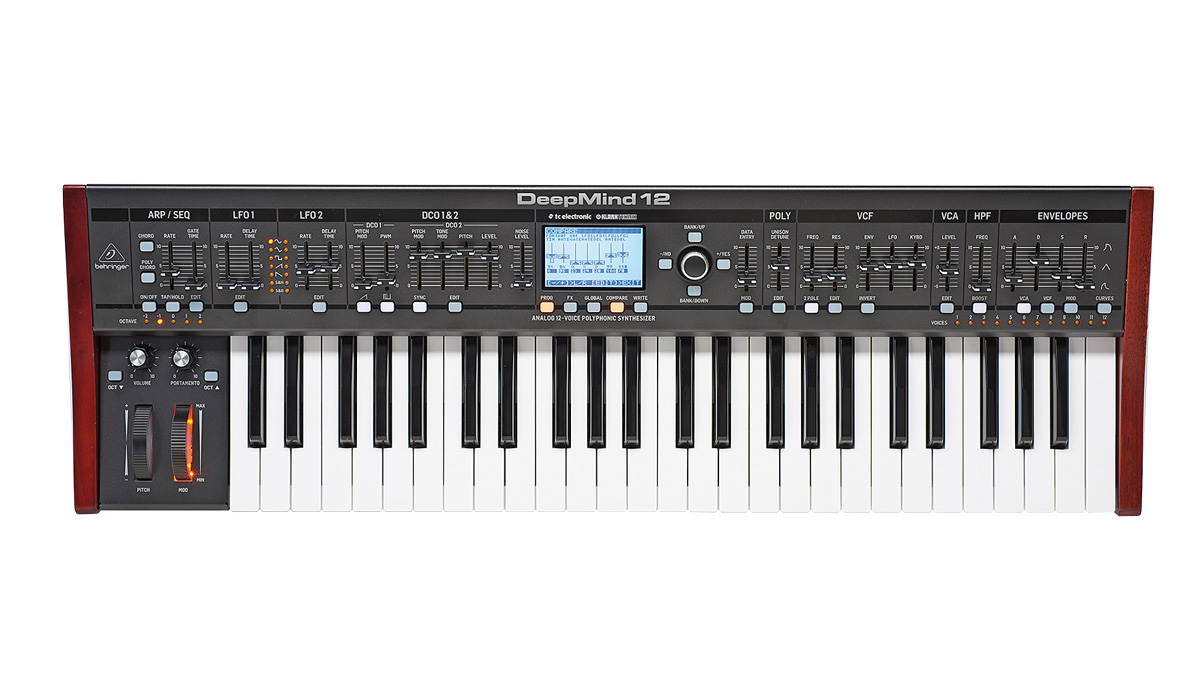
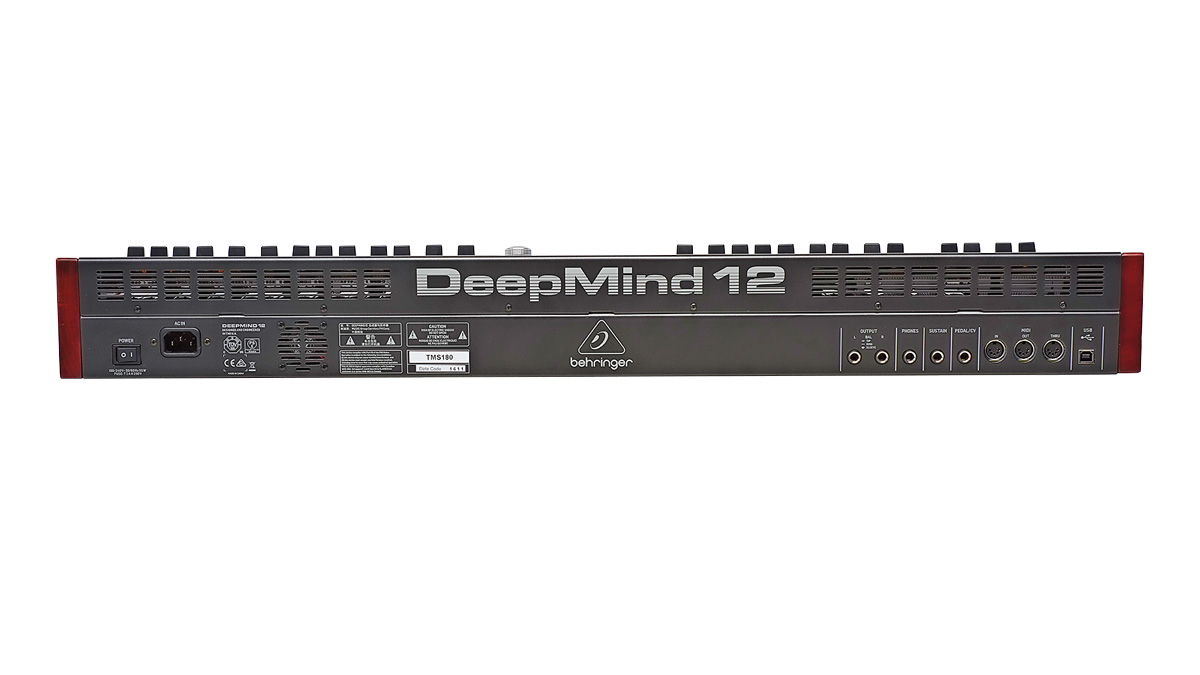
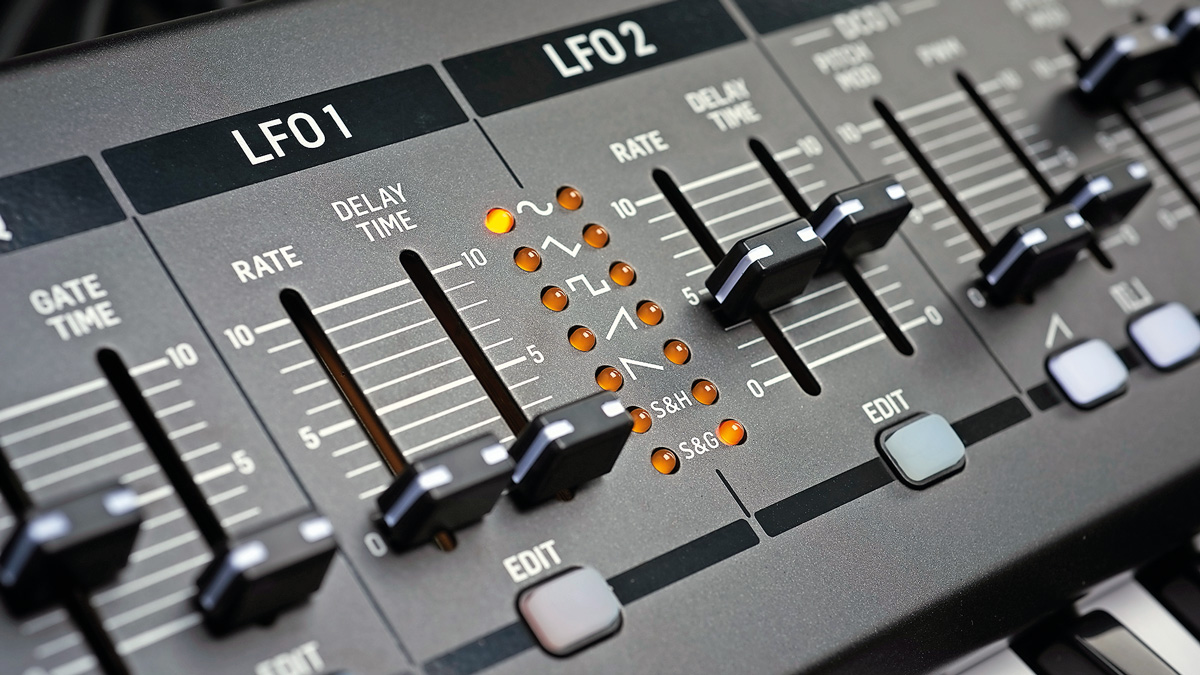
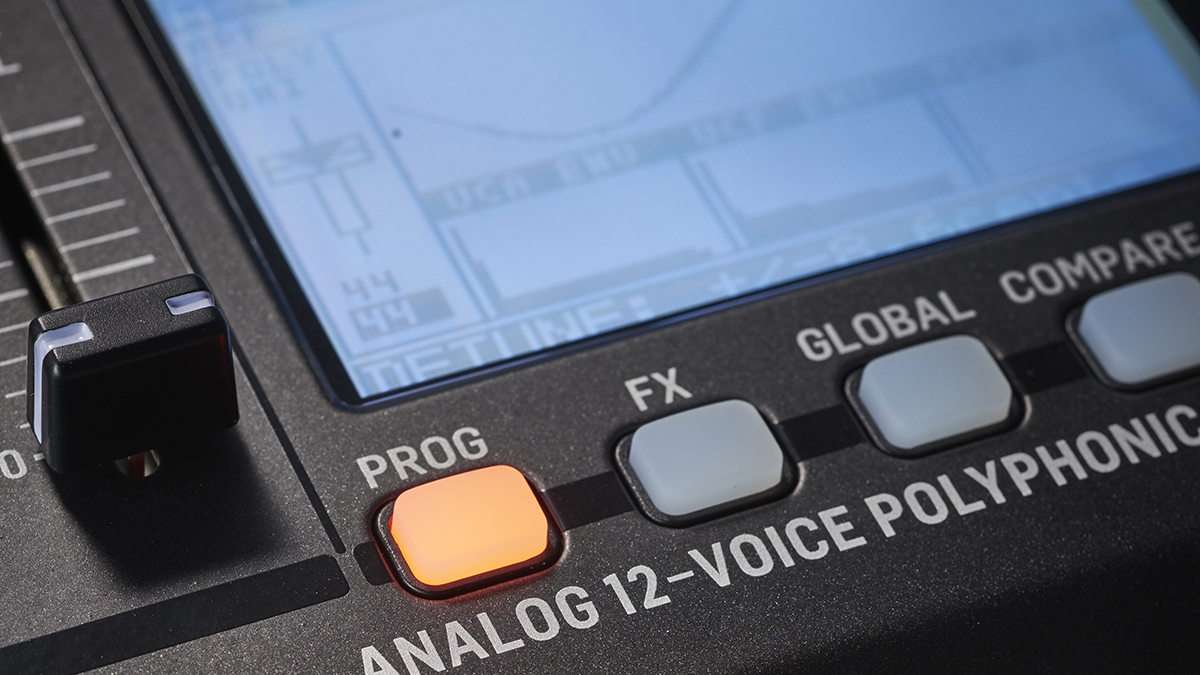
Specifications
Reasons to buy
Reasons to avoid
Behringer’s first analogue synth is polyphonic to the tune of 12 simultaneous voices, and with a metal case and wooden side panels, it looks like the real deal. While DeepMind is certainly interactive and powerful, it lacks the immediacy of some of the simpler classics, such as Roland’s Juno-106 or Jupiter-8. That said, this is an impressive first entry into the synth arena for Behringer. Unlike some of its previous products, this is not a cut-price clone, and delivers its own take on what a £1,000 analogue polyphonic synth should be. Throw in the free cross-platform editing software, 1,024 onboard presets and a three-year warranty, and you have an alluring package.
Read full review: Behringer DeepMind 12
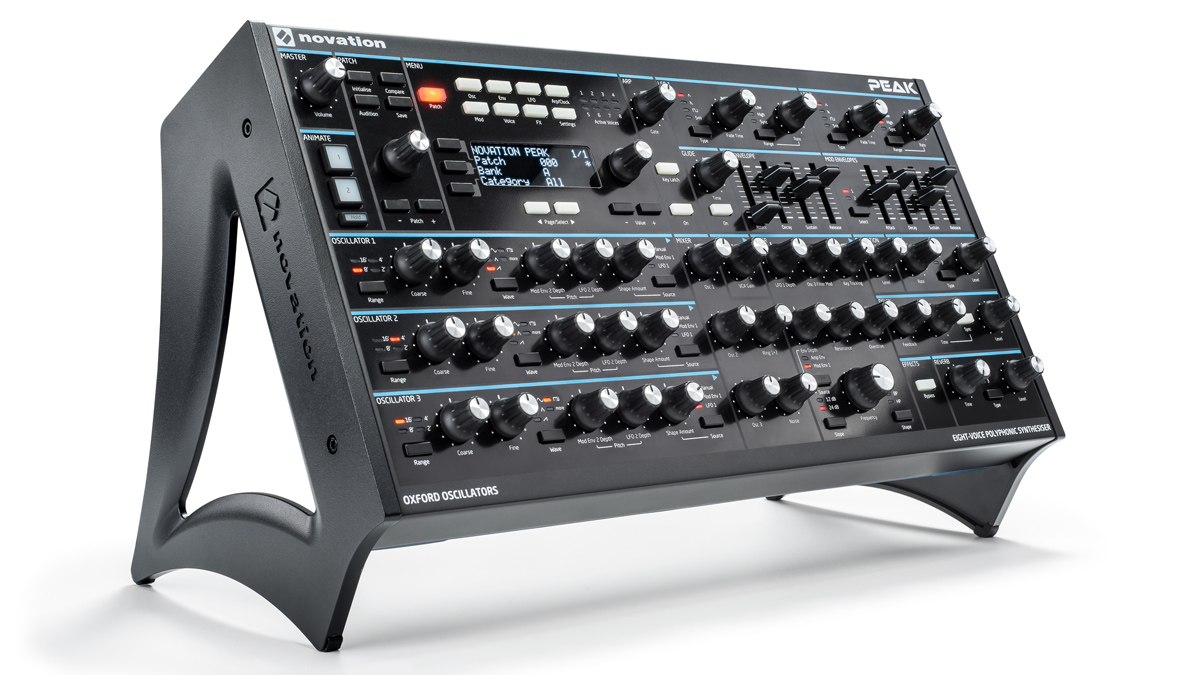

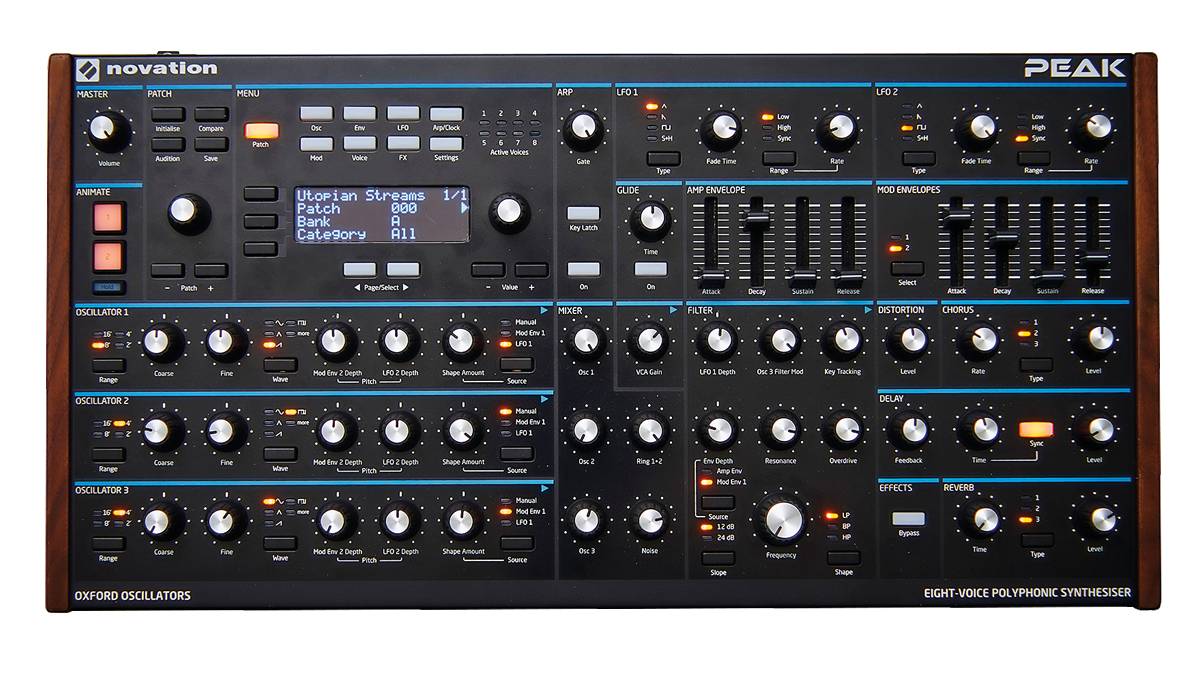
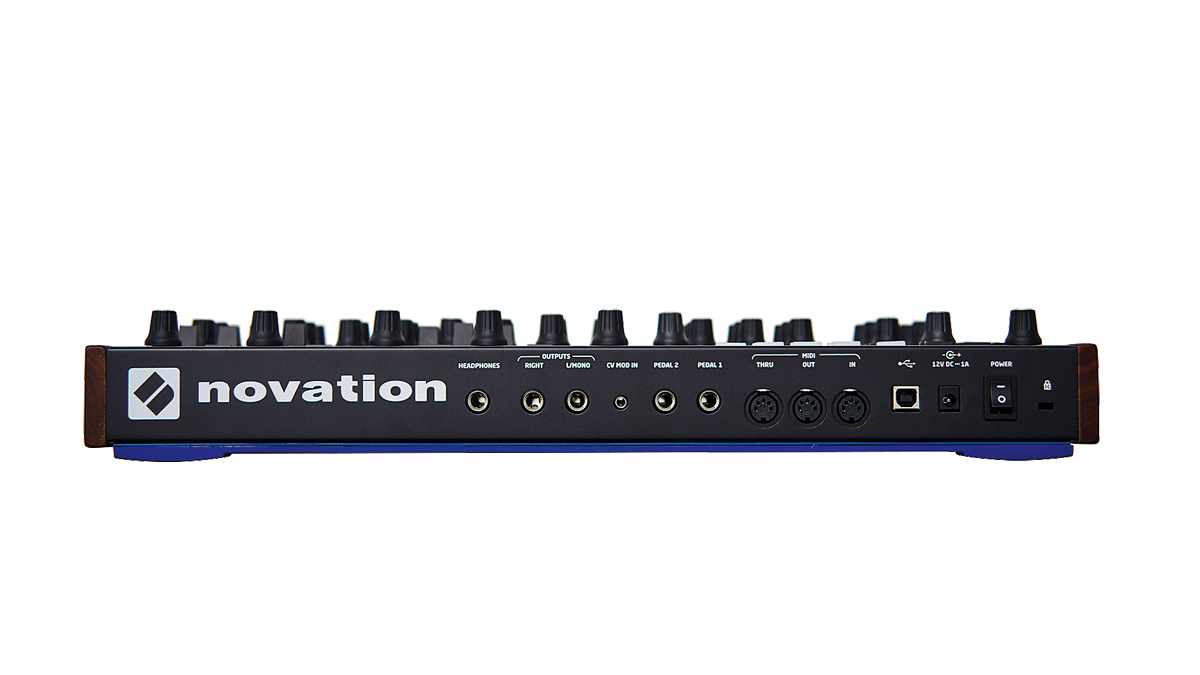
Specifications
Reasons to buy
Reasons to avoid
Designed in consultation with Chris Hugget (Chris designed the legendary OSCar and collaborated on several other Novation synths), Peak is Novation’s current flagship synth. Peak is an 8-voice polyphonic, 24 ‘Oxford’ oscillator, monotimbral synthesizer, utilising extremely high-resolution anti-aliasing digital oscillators (NCOs) along with wavetables as its main sound sources. Each of the three oscillators onboard offers up the expected analogue-style waveforms (the saw has a density mode, effectively giving you a ‘supersaw’ mode), plus 17 wavetables, giving a vast range of tonal possibilities. Peak has a lot in the way of sonic shaping options, a unique and huge tone palette that’s suitable for all styles of electronica, and plenty of hands-on control. Plus, it’s well-built and fairly priced. Kudos to Novation on an impressive machine!
Read full review: Novation Peak
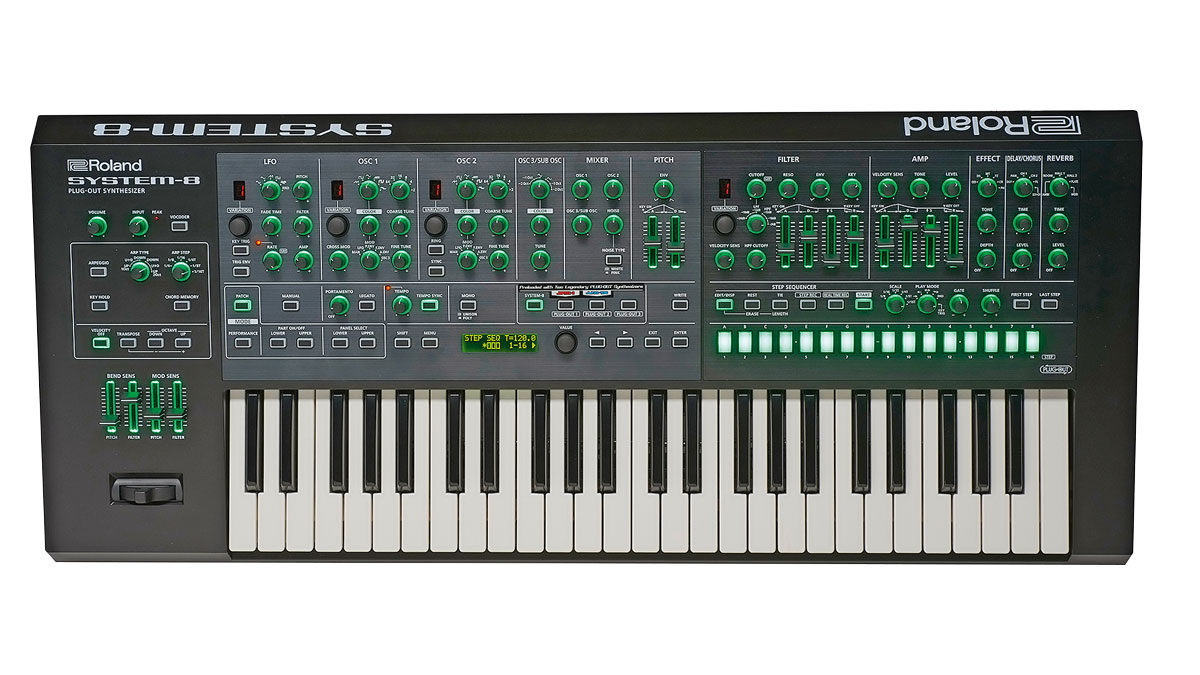
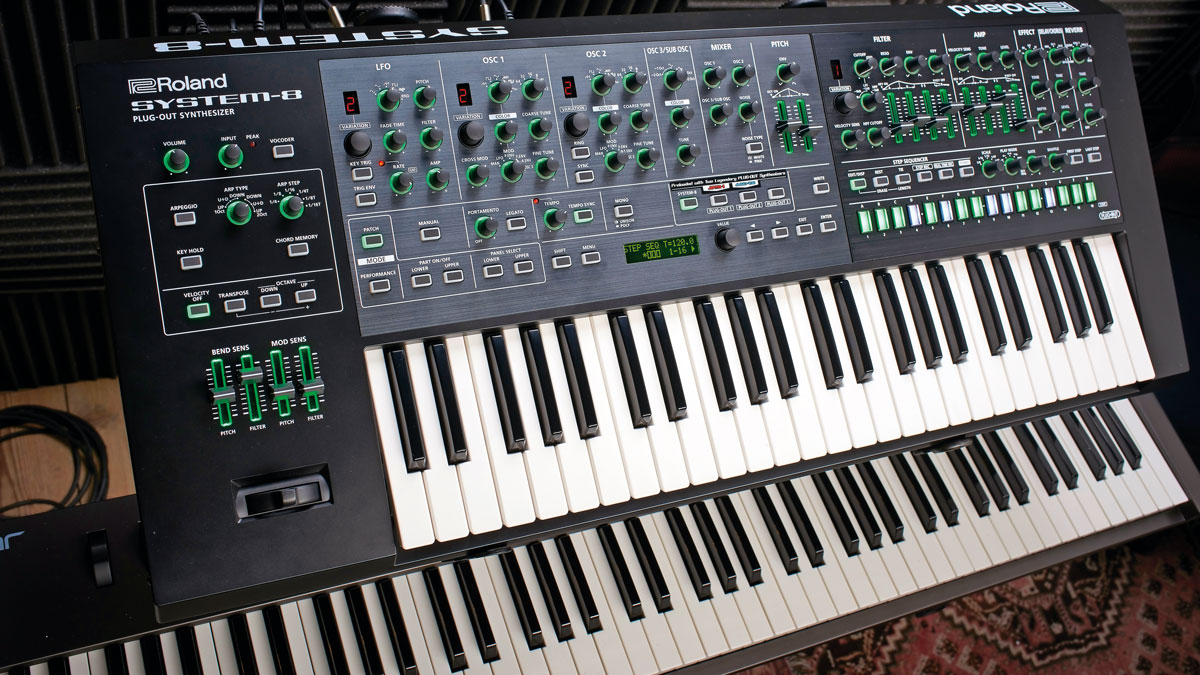
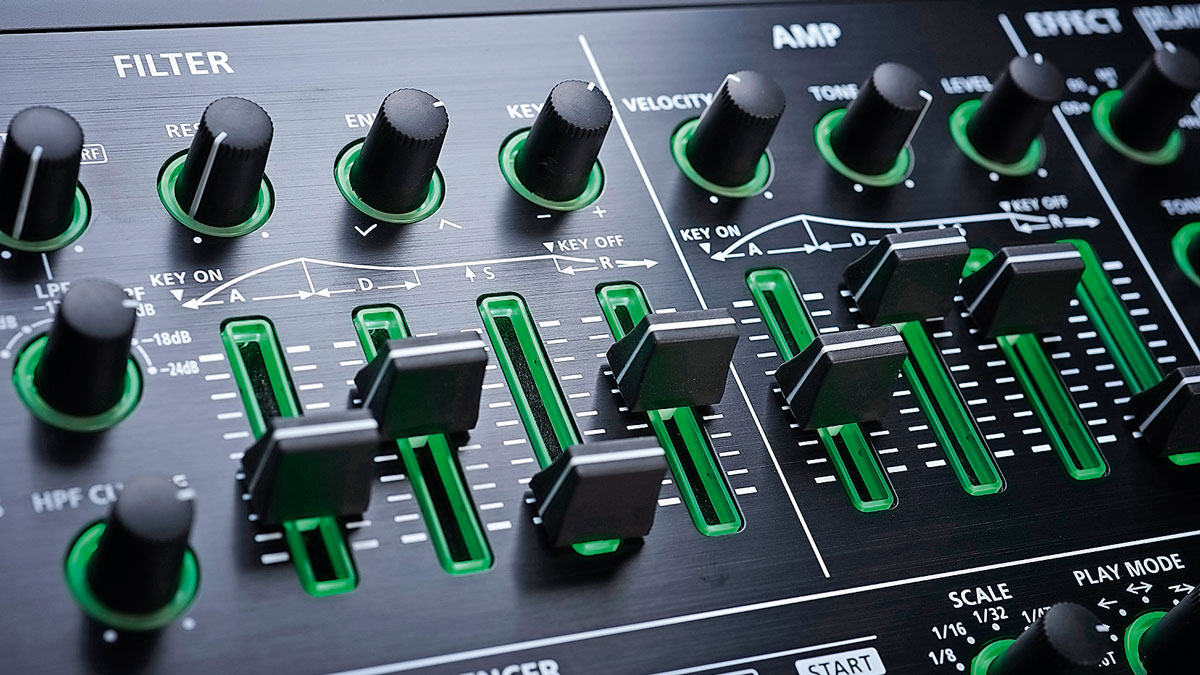
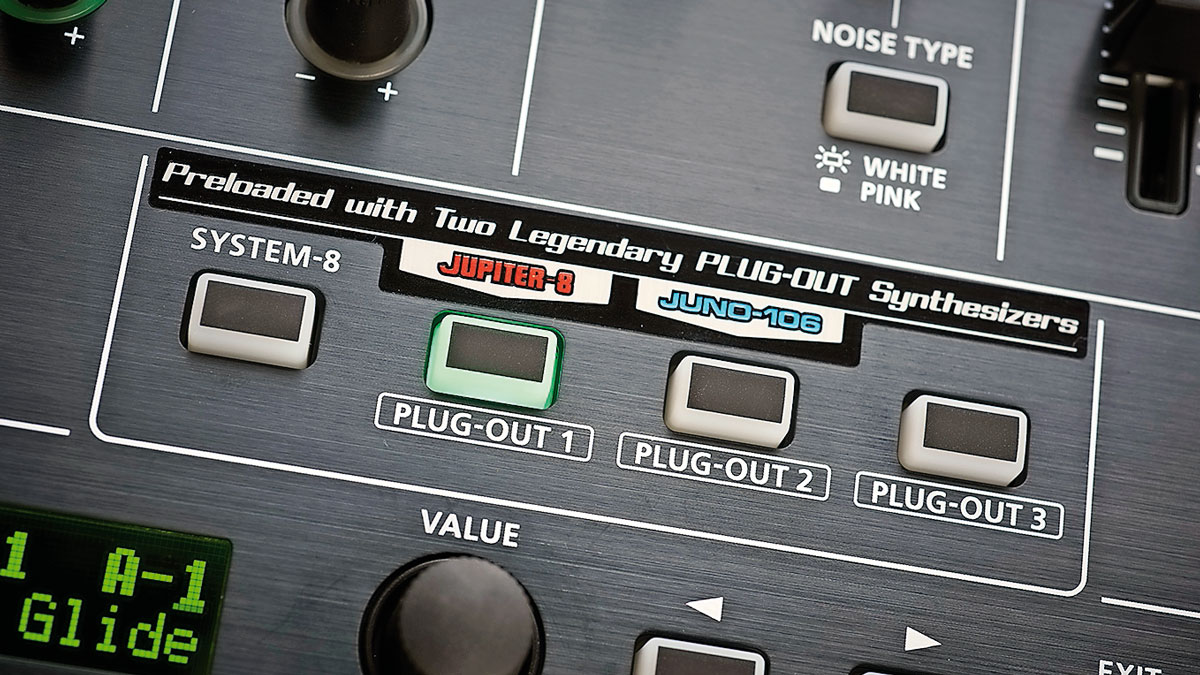
Specifications
Reasons to buy
Reasons to avoid
Designed by the AIRA team (a separate division within Roland), the System-8 can be viewed as the System-1’s big brother and then some. It’s an eight-voice ACB-powered polysynth with its own powerful native engine, accompanied by the Plug-Out slots into which you can place your choice of any three Plug-Outs from the Roland Content Store. The S-8 ships with Plug-Out versions of the Jupiter-8 and Juno-106, arguably Roland’s two best-loved polys. The S-8 engine offers a versatile setup that’s capable of a huge range of tones, from future-electronic to classic vintage, and it all sounds precise yet warm and musical. Throw in audio interface/CV capabilities, a sequencer and a decent vocoder (plus audio inputs with dedicated FX) and it’s hard not to be impressed.
Read full review: Roland System-8
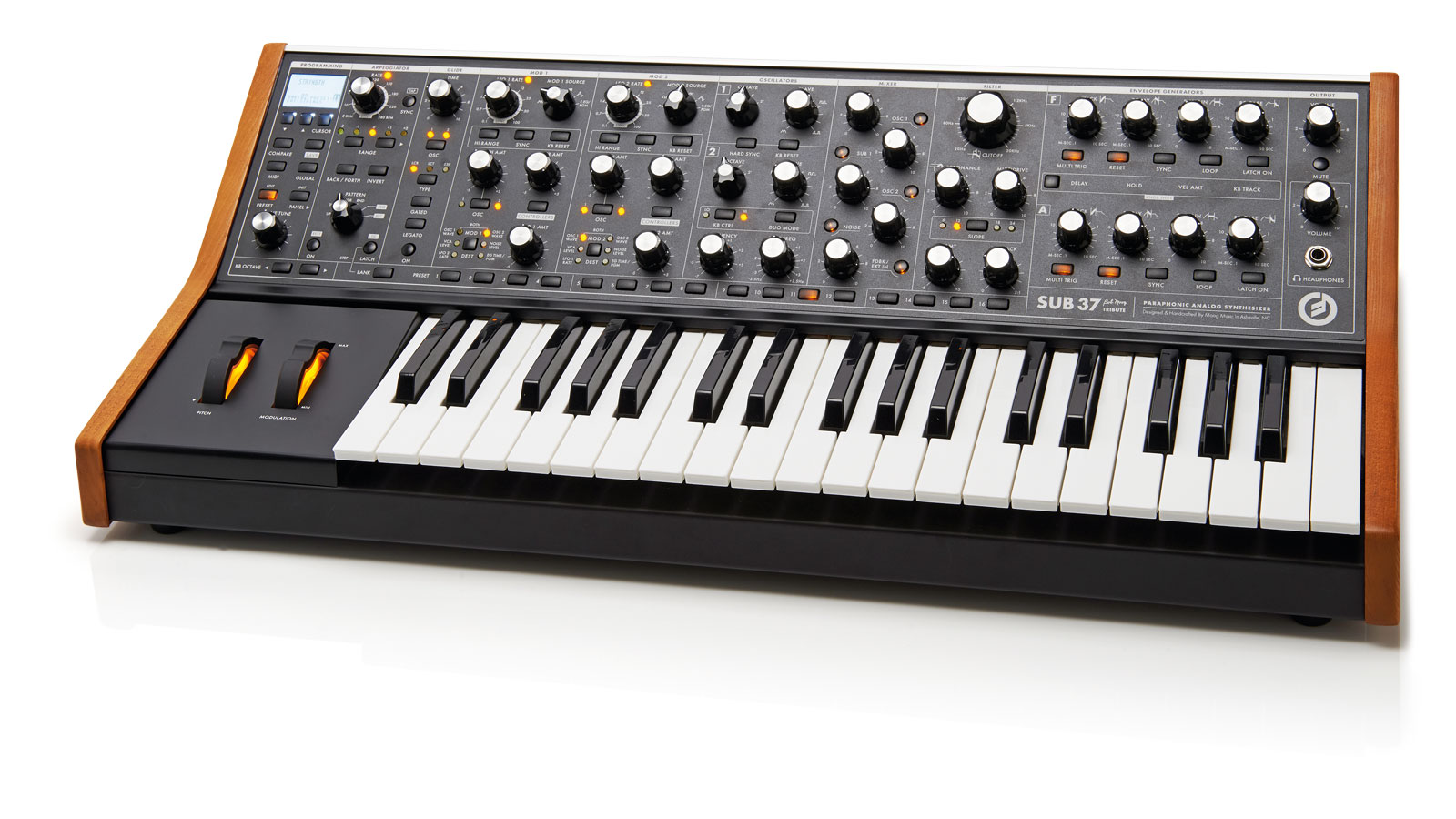
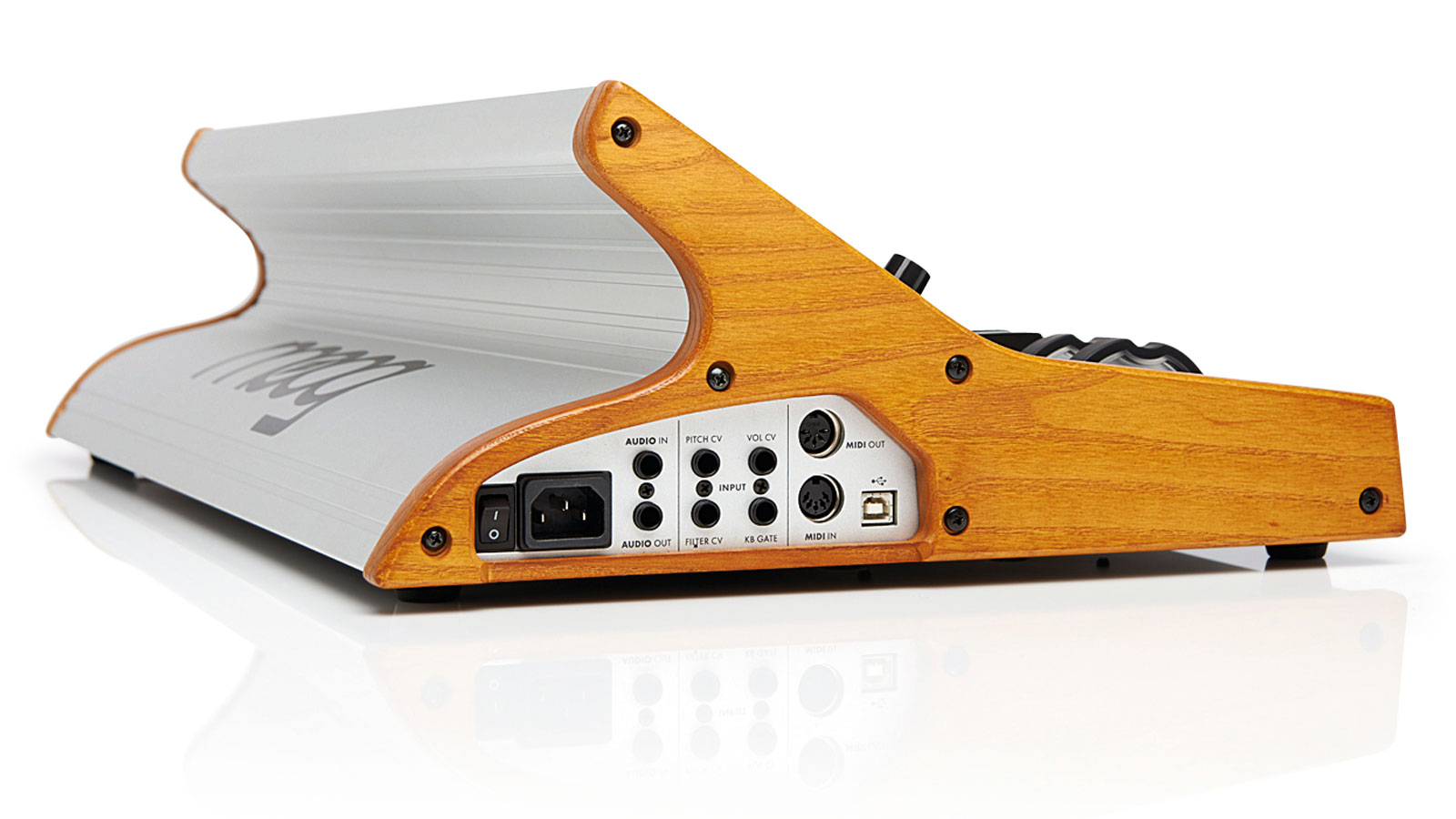
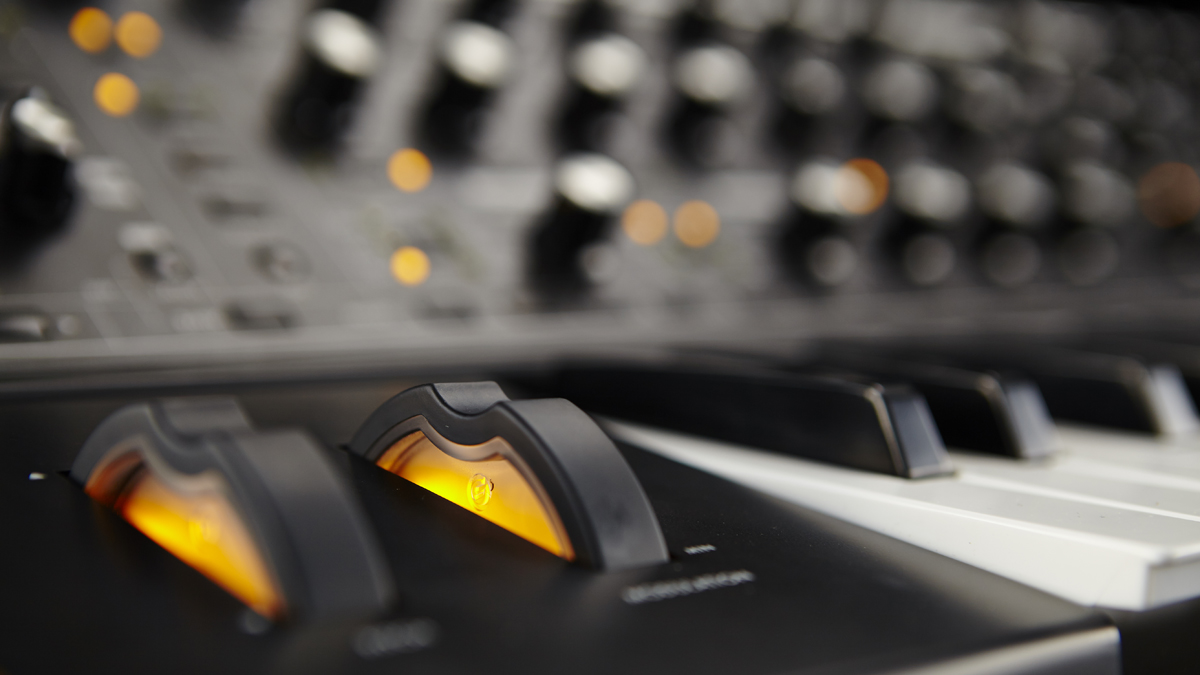
Specifications
Reasons to buy
Reasons to avoid
The Sub 37 is a duo/paraphonic limited edition synth based on the Sub Phatty engine. Dubbed the Tribute Edition - in honour of Bob Moog himself and his love of education - each Sub 37 sold has a portion of the proceeds donated to Asheville Area School Music Programs. While both this and the Sub Phatty have their own unique characteristics, for Moog lovers the real boon here is the inclusion of the arpeggiator, something not even featured in the massive Voyager XL, let alone other Phattys. In fact, with a richer set of features and far fewer operational hurdles than its predecessor, the Sub 37 is superb. You can also check out the Subsequent 37, a limited edition version of the synth that offers (among other things) four assignable CV outputs and two assignable Gate outputs for connectivity with modular systems, including those of the Eurorack variety.
Read full review: Moog Sub 37
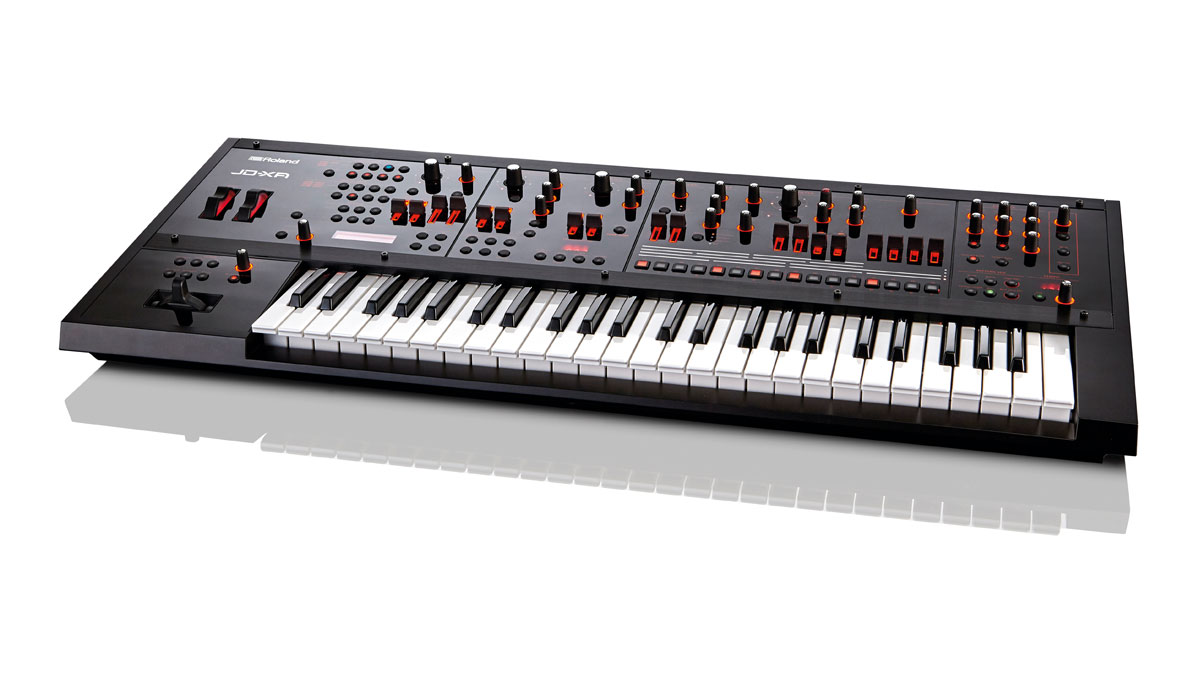
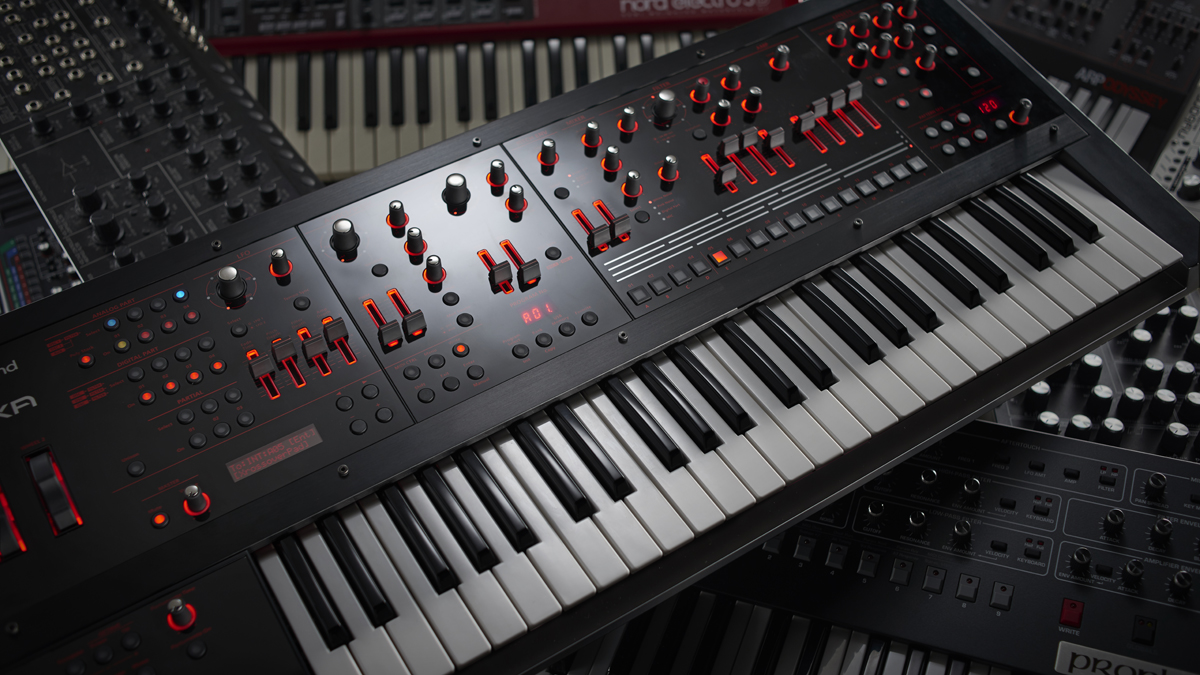
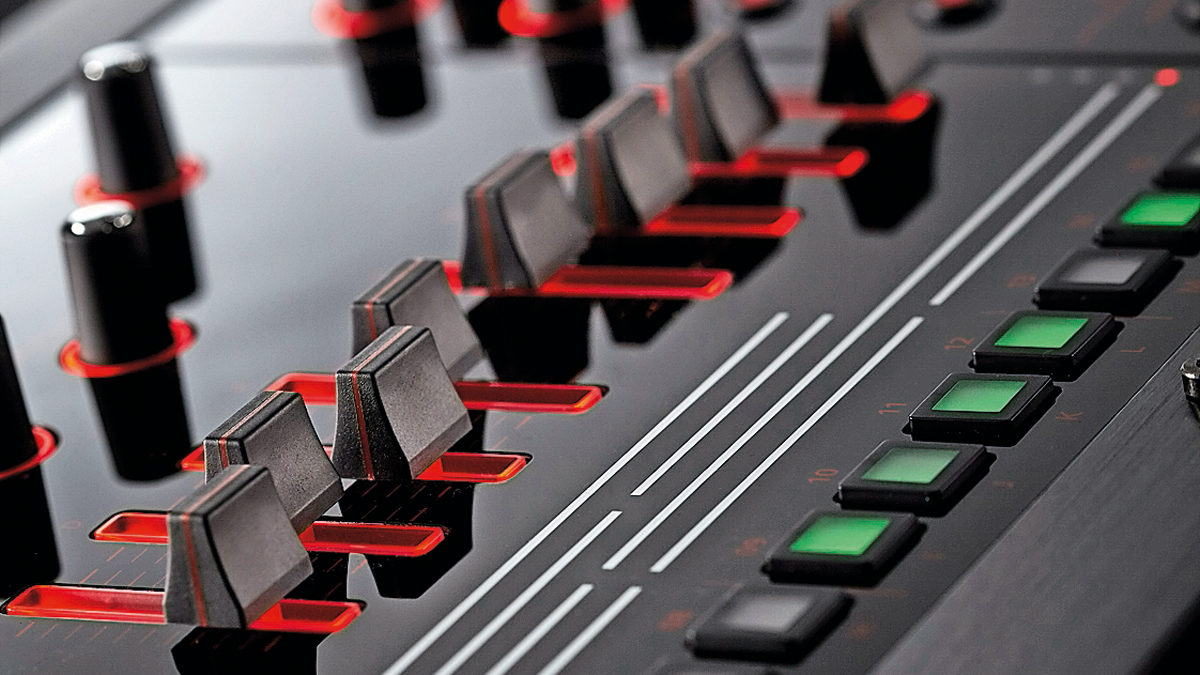
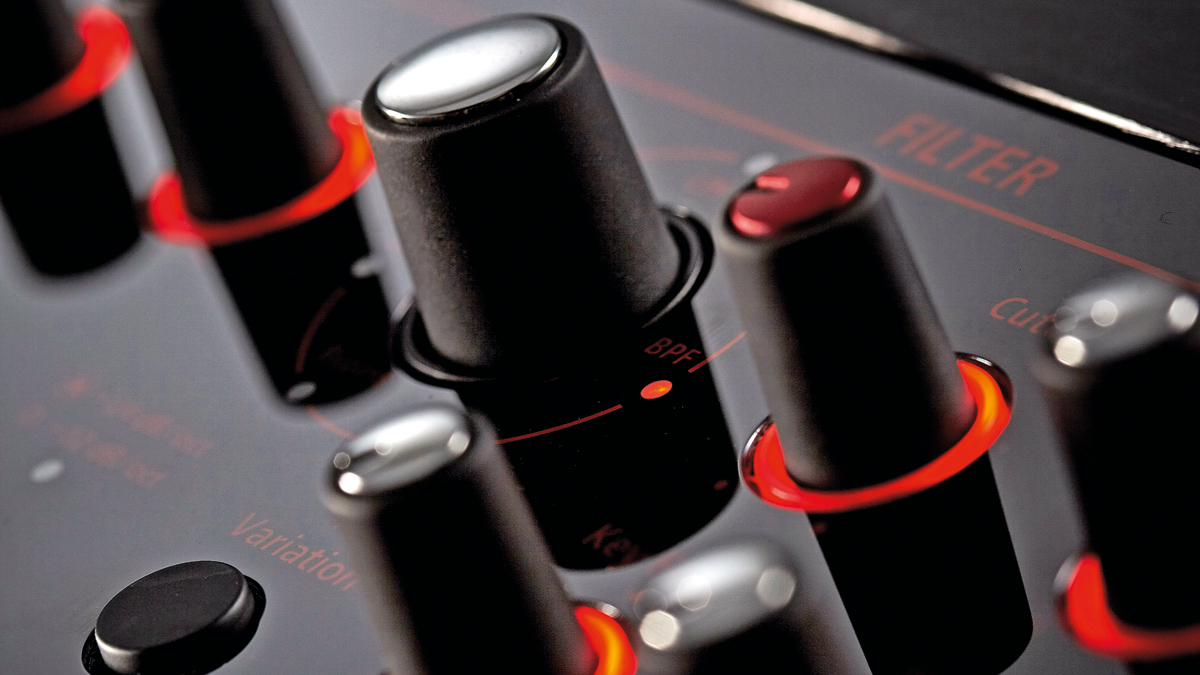
Specifications
Reasons to buy
Reasons to avoid
Given Roland’s fine history of analogue polysynths, the larger of the company’s two ‘crossover’ keyboards had a lot to live up to when it was released in 2015. Happily, it delivers. The JD-XA is hugely versatile. It can act as a powerful analogue and hybrid mono/polysynth, and features one of the nicest vocoders we’ve used. There are plenty of modulation options onboard, the global and insert FX and new analogue filters sound great, and it’s a powerful MIDI control surface to boot. This is a great keyboard to have at the centre of any setup - either live or in the studio. Hats-off to Roland for making one of the most inspiring and unique-sounding synths of recent times.
Read full review: Roland JD-XA
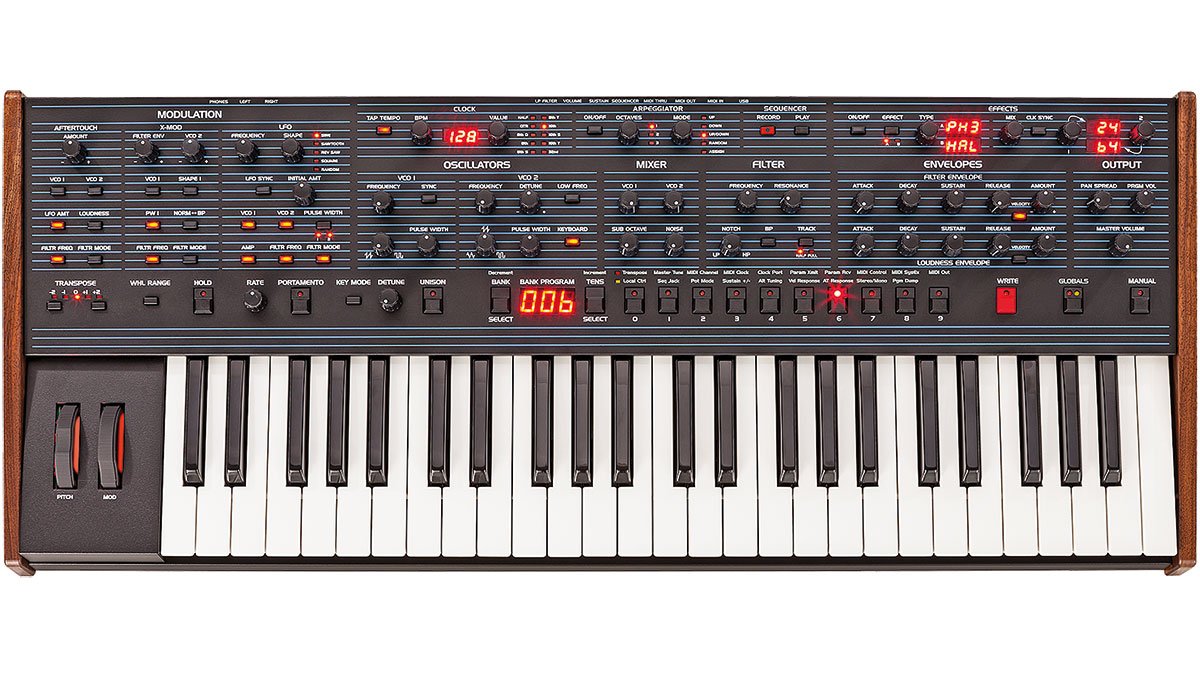
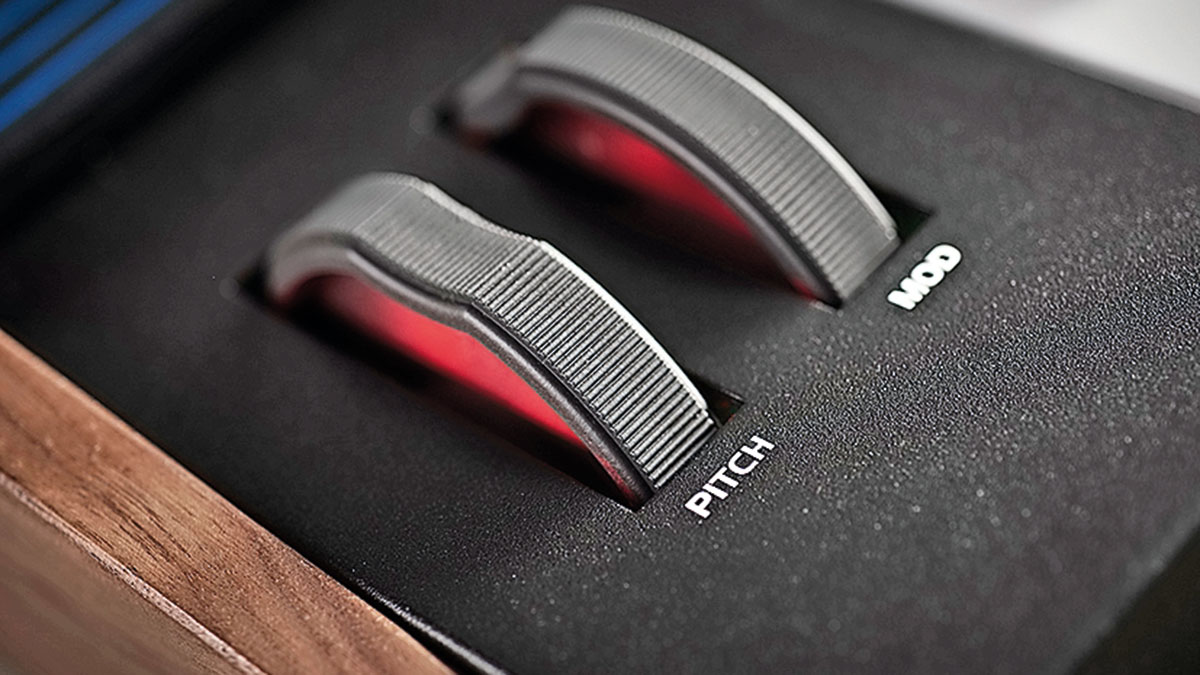
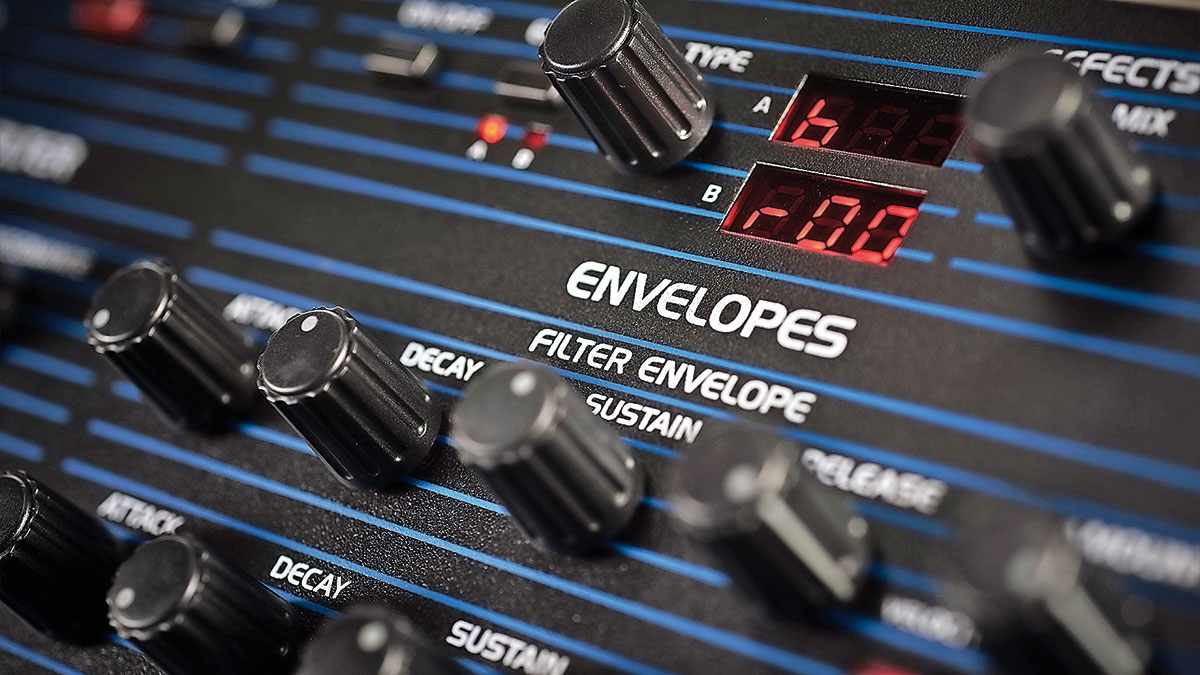
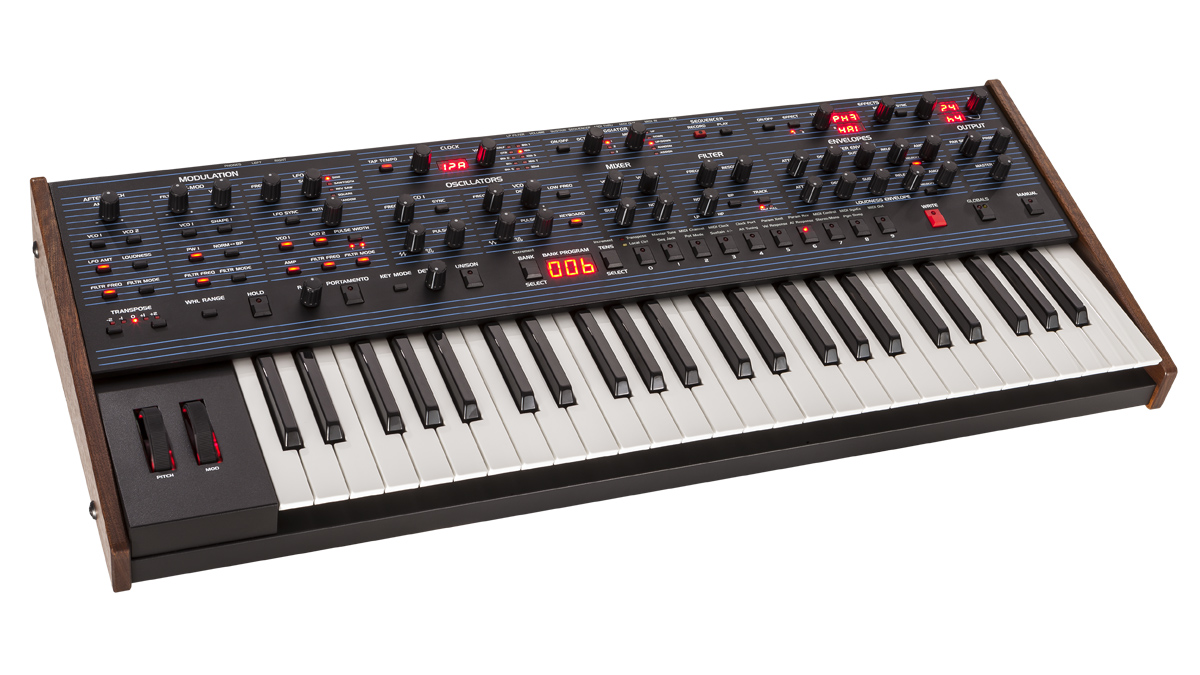
Specifications
Reasons to buy
Reasons to avoid
The OB-6 is a 6-voice synth with an all-analogue signal path and discrete VCOs and filters. It was developed in collaboration with Tom Oberheim, and boasts a sound engine that's inspired by his original SEM. In fact, the OB-6 promises "true, vintage SEM tone with the stability and flexibility of modern technology". The architecture features two oscillators per voice, with continuously variable waveshapes (sawtooth and variable-width pulse, with triangle on oscillator 2). Each voice also has access to a SEM-inspired state-variable filter (low-pass, high-pass, band-pass, and notch). Completing the signal path are voltage-controlled amplifiers. Throw in a powerful modulation system, dual effects section and knob-per-function front panel and you've got a top-dollar synth that will keep you entertained for years to come.
Read full review: Sequential OB-6
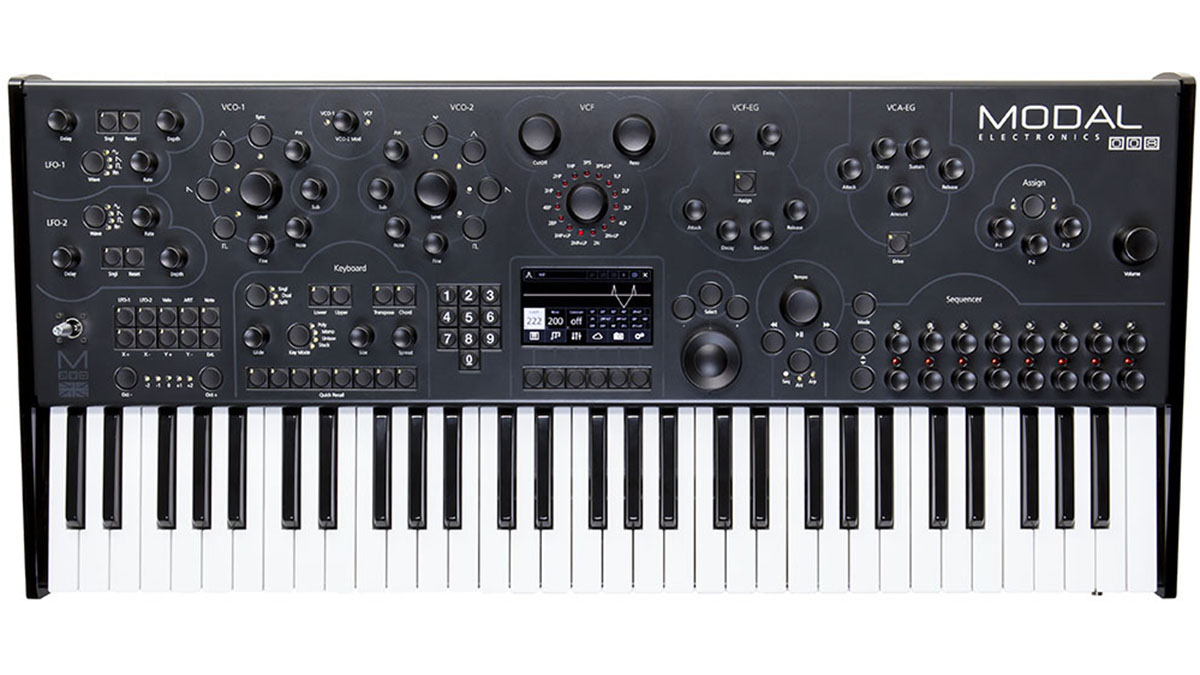
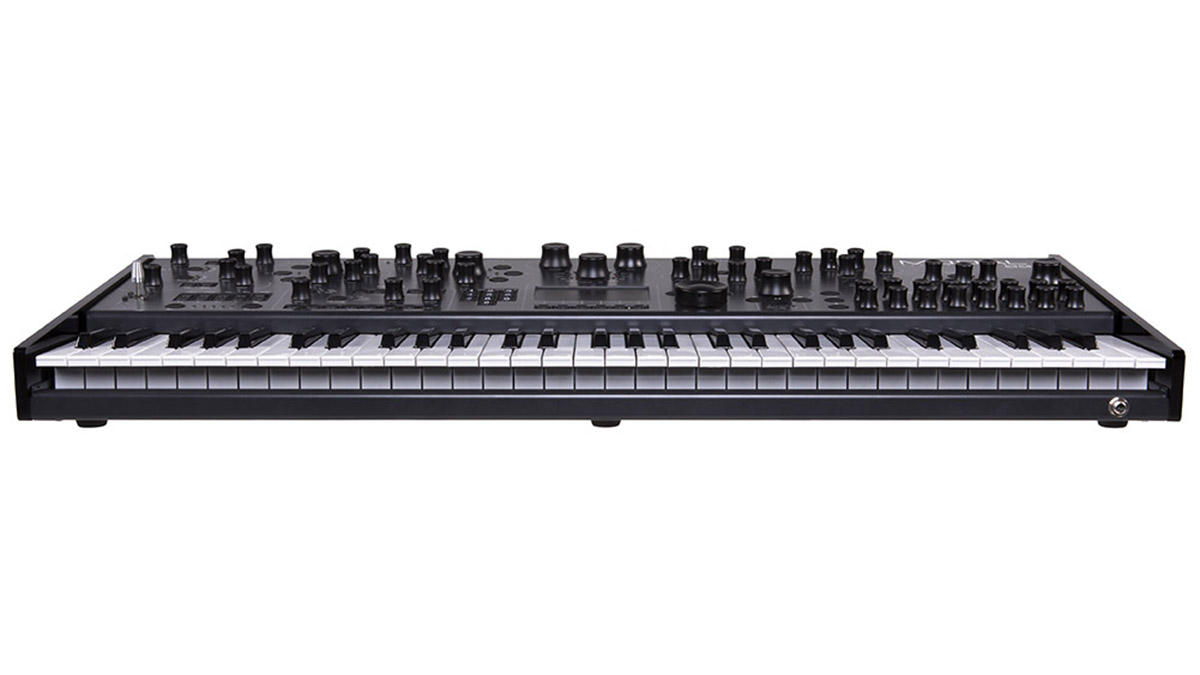
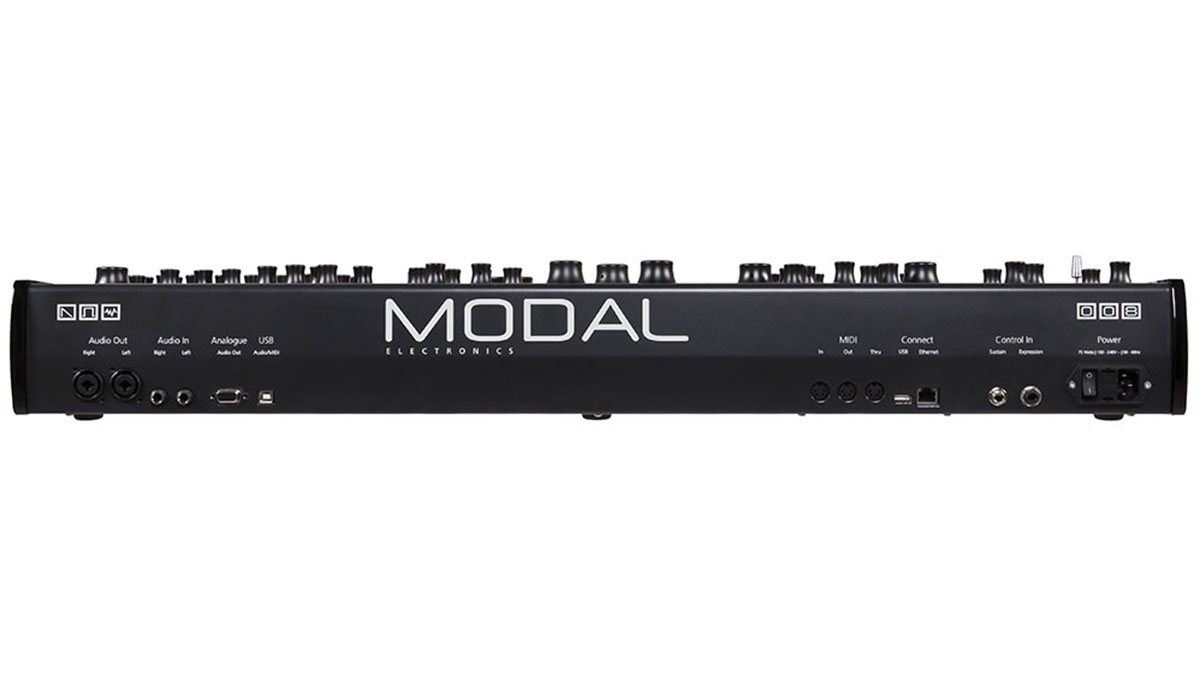
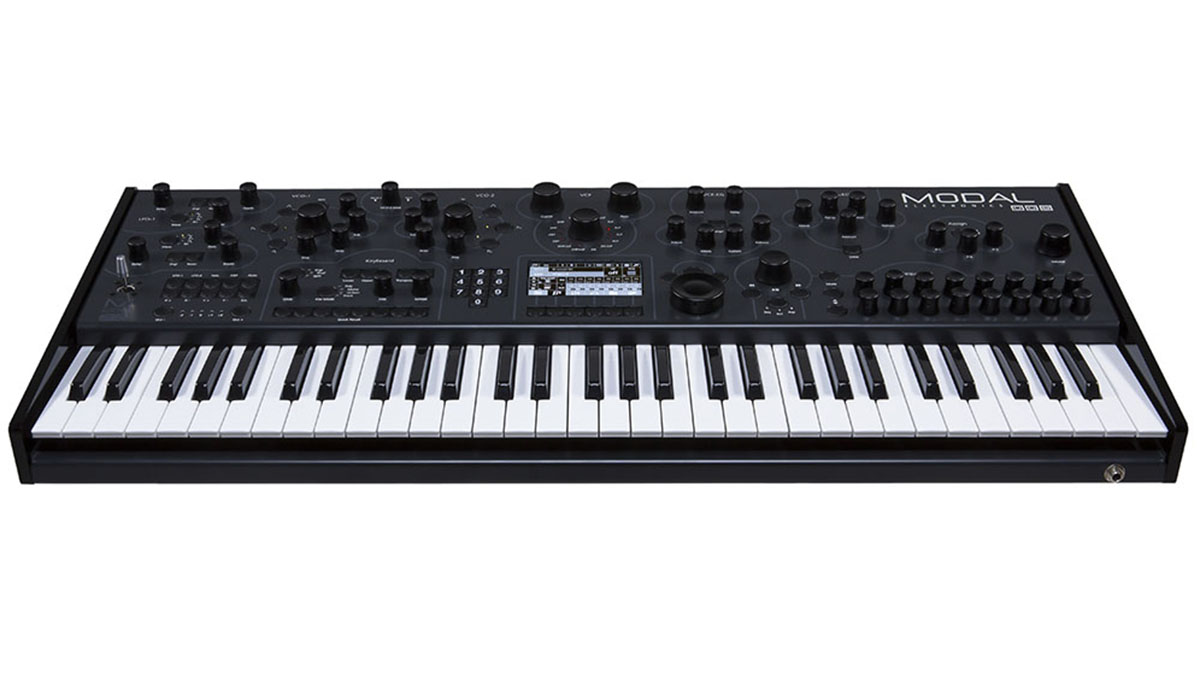
18. Modal Electronics 008
Specifications
Reasons to buy
Reasons to avoid
Launched in 2015, the 008 was a big statement of intent by Modal Electronics. At its heart, the 008 is an eight-voice, 16-VCO and 16-sub oscillator pure analogue polysynth. Its powered by an entirely analogue engine. Each of the eight voices features two VCOs (offering sawtooth, triangle, and square waveforms with PWM and noise) and two sub oscillators. The waveforms can be blended to create complex new wave shapes. The filter, meanwhile, offers 16 types and additional filter overdrive, while the filter envelope is said to be ultra-fast and can be assigned to any parameter. There are also two LFOs with multiple wave shapes. Other features include oscillator and filter FM and a modulation matrix, while there's also a 4.3-inch, full-colour, context-sensitive display. A sequencer and arpeggiator are in place, too, as is the option to control and edit the 008's functions from any HTML5-compatible browser. The synth has a solid steel chassis and comes with a five-octave Fatar keyboard.
Read more: Modal Electronics 008
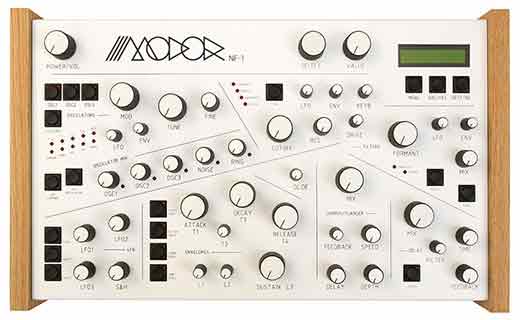
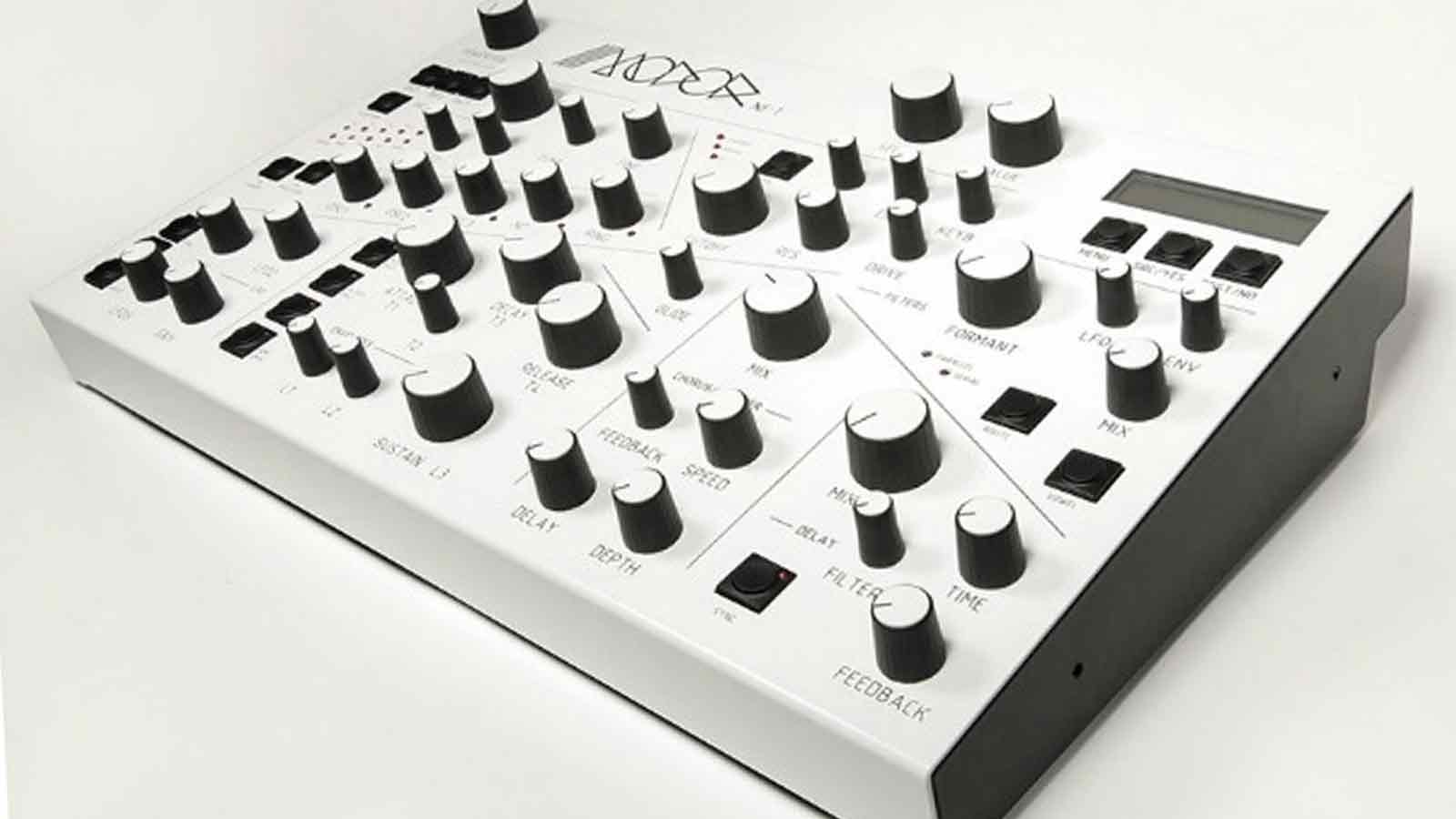
Specifications
Reasons to buy
Reasons to avoid
Sonically the NF-1 can be upfront or ambient in character and we love its overall vibe and sound - it can happily make grungy, lo-fi and metallic noises/ sounds but within a few dial tweaks you'll stumble upon nicely warm pads, glistening FM bells/organs/pianos, round or nasal basses, talking sounds (using the formant filter), wide analogue-sounding strings and sawtooth brass patches, surprisingly deep subs (for a 12dB per octave filter machine), ambient evolving textures, out-there FX and more. It is one of the most inspiring synths we've tried in a while and it will definitely appeal to studio-based sound designers/producers and live tweakers looking for something that breaks the mould in terms of layout and sound. Virtually every parameter onboard can be addressed/sent over MIDI too. To conclude, it's not cheap but it's a nicely different sounding/looking synth and it deserves your attention. If you're looking for a synth that's very hands-on and that inspires unique new sounds and ideas quickly, the NF-1 is killer!
Read the full review: Modor NF-1
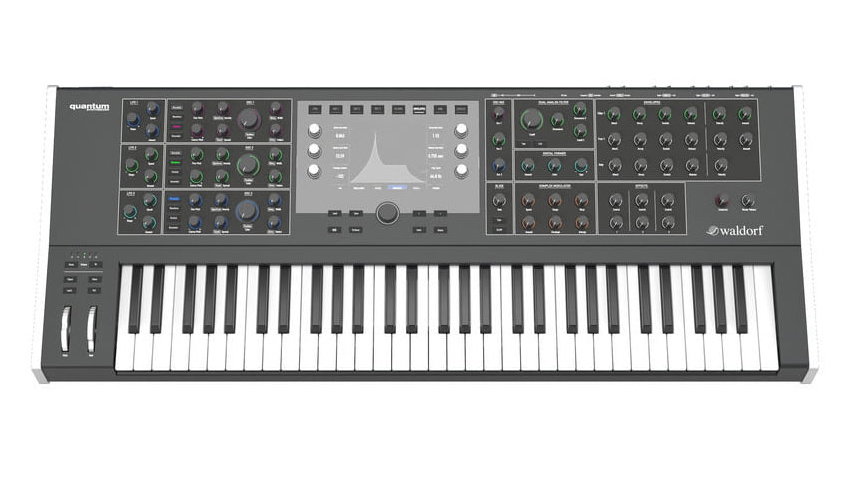
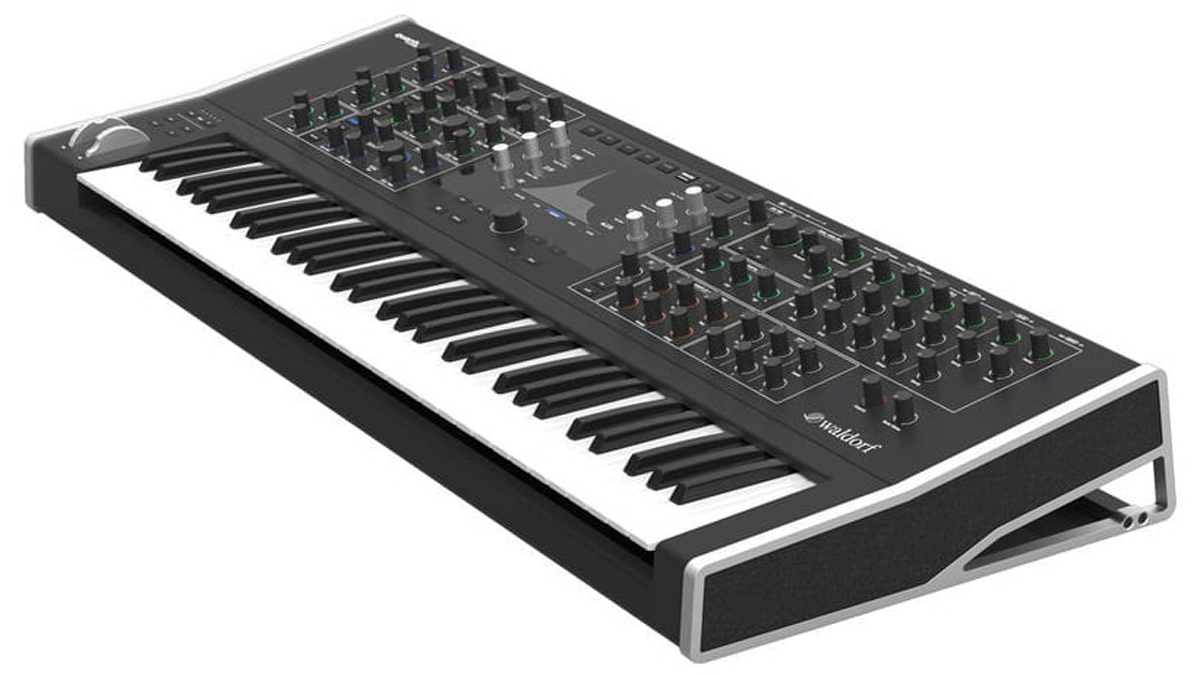
Specifications
Reasons to buy
Reasons to avoid
At its heart, the Quantum is an 8-voice, bi-timbral (2-part) synth, using very high-resolution stereo oscillators routed through dual resonant analogue (or digital) filters. Sounds can be split and layered and voices can be allocated flexibly between layers; each layer can also have its own output for independent processing. Importantly, there are four independent synthesis engines (across the three oscillators). It is truly unique and capable of stunning, otherworldly, or familiar sonic results. It can sound huge, small, thin, fat, warm, epic, broken or cold and you can imprint your personality onto the sound using the available parameters, or your own samples. For ground-up, majestic sound design, SFX for lm/TV, weird evolving soundscapes, straight-up analogue synth emulation, FM-type sounds, and eery FX/atmos sounds, the Quantum is unbeatable. Yes, it’s pricey but it’s worth the investment - you’ll never get bored with this amount of depth and superb sonic results.
Read full review: Waldorf Quantum
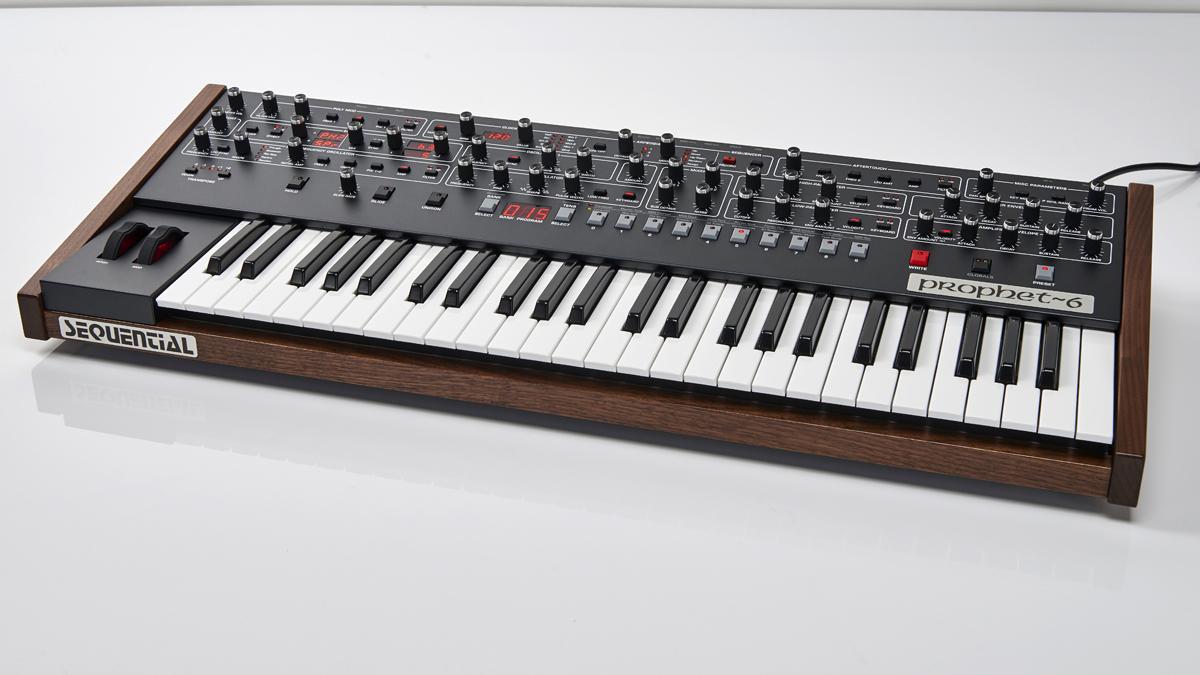
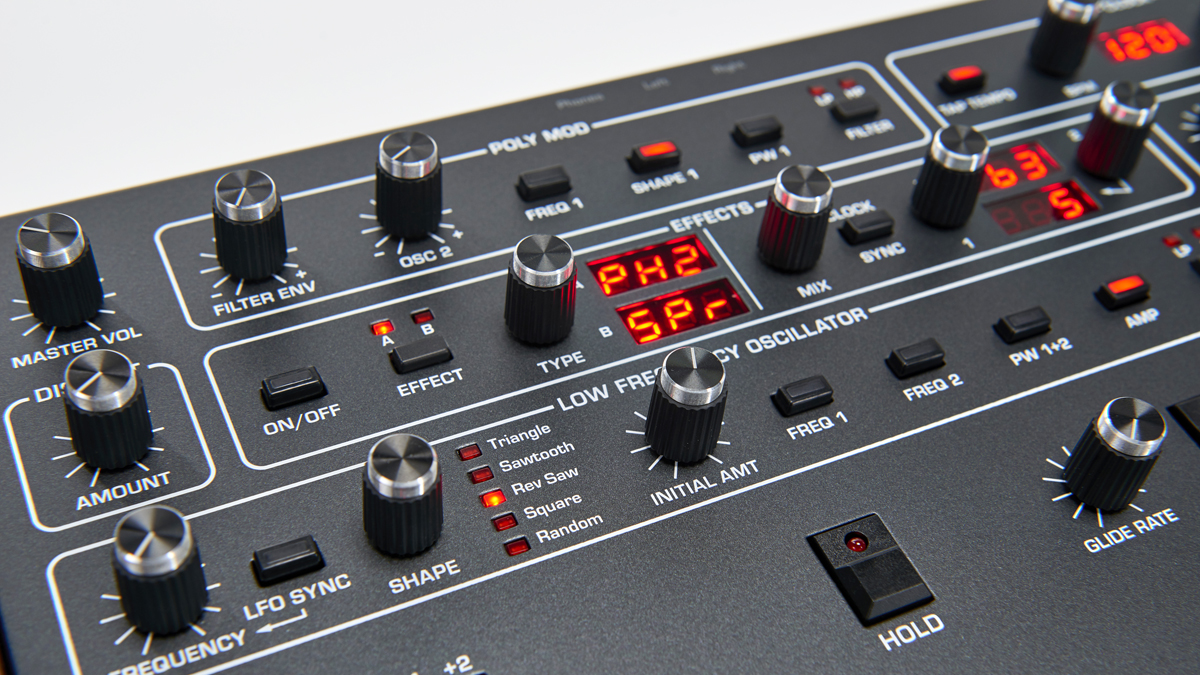
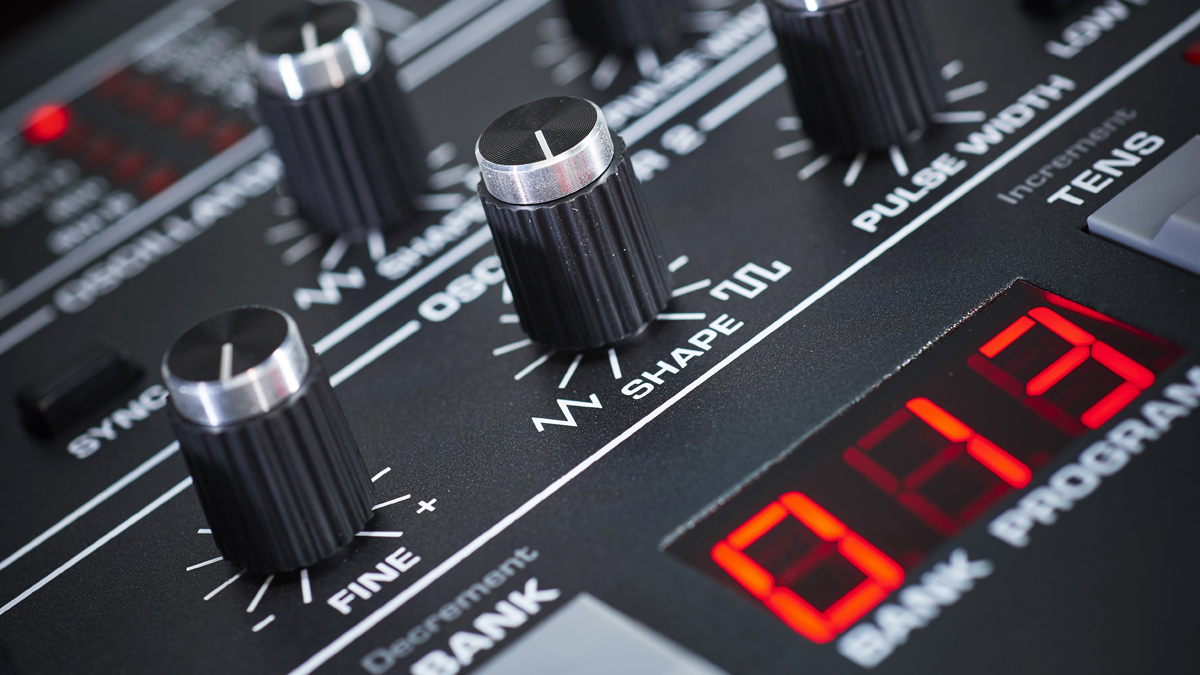
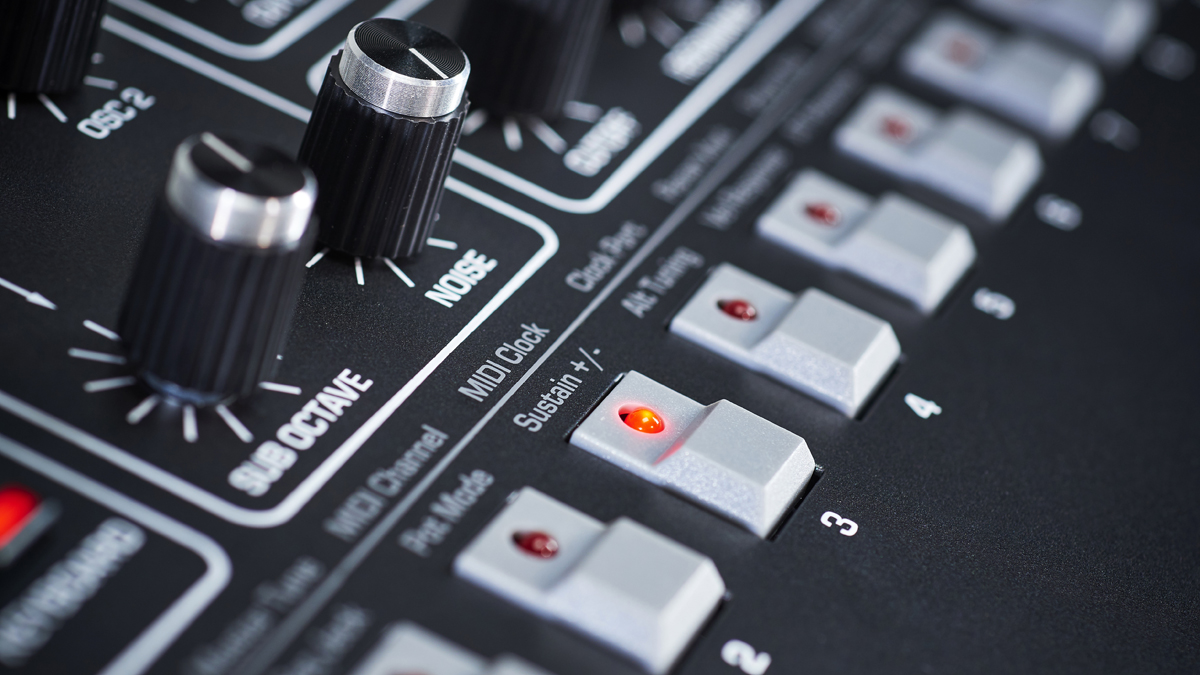
Specifications
Reasons to buy
Reasons to avoid
It’s only taken some 37 years after the original Prophet-5 was launched and we now have the Prophet-5's spiritual successor - the Prophet-6. With the 64-step polyphonic MIDI (and audio) syncable sequencer, the great-sounding digital effects, MIDI control over most parameters, USB-MIDI communication, alternative tunings and above all that killer sound, the P6 is surely destined to be a future-classic. Thankfully, there are very few downsides to report and, although an audio input and CV ins/outs would have been nice, the P6 certainly carries forward the torch of its vintage predecessor admirably. Obviously, as a premium self-contained discrete VCO/ VCF polysynth it's not cheap, sitting just below the flagship P12 price-wise (and feature-wise it's more streamlined than the P08, Pro 2 or P12); nonetheless, it's surprisingly versatile and sounds a million dollars - we think for most of us, that's the bottom line.
Read full review: Sequential Prophet 6
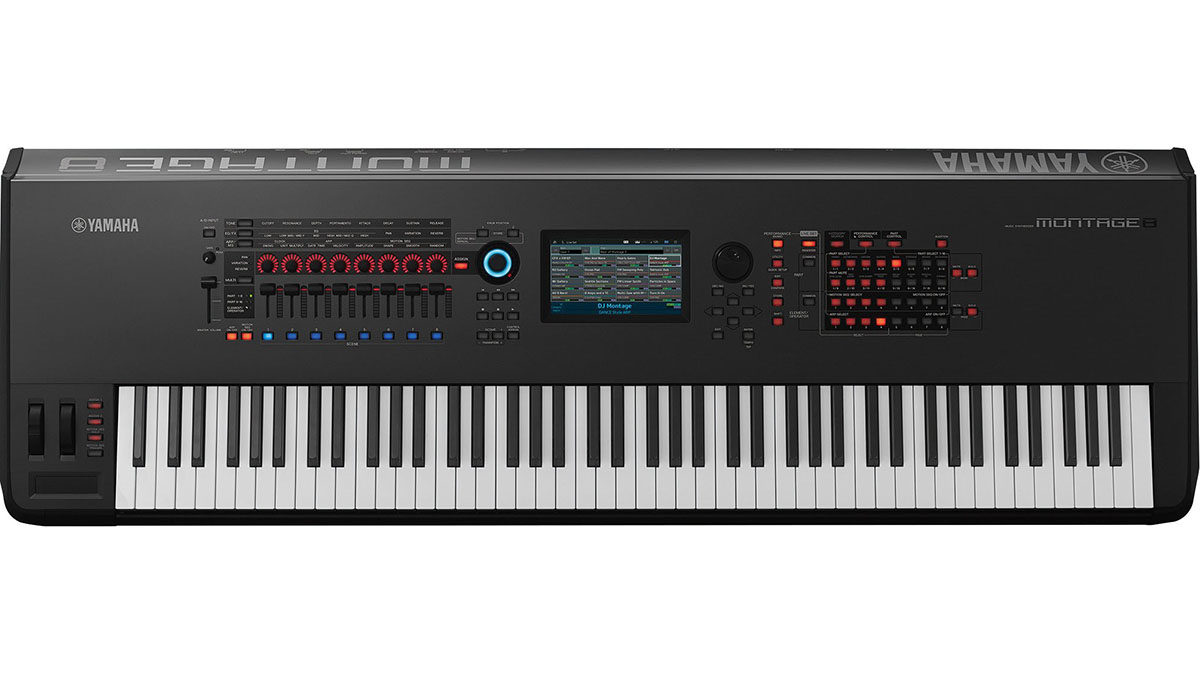
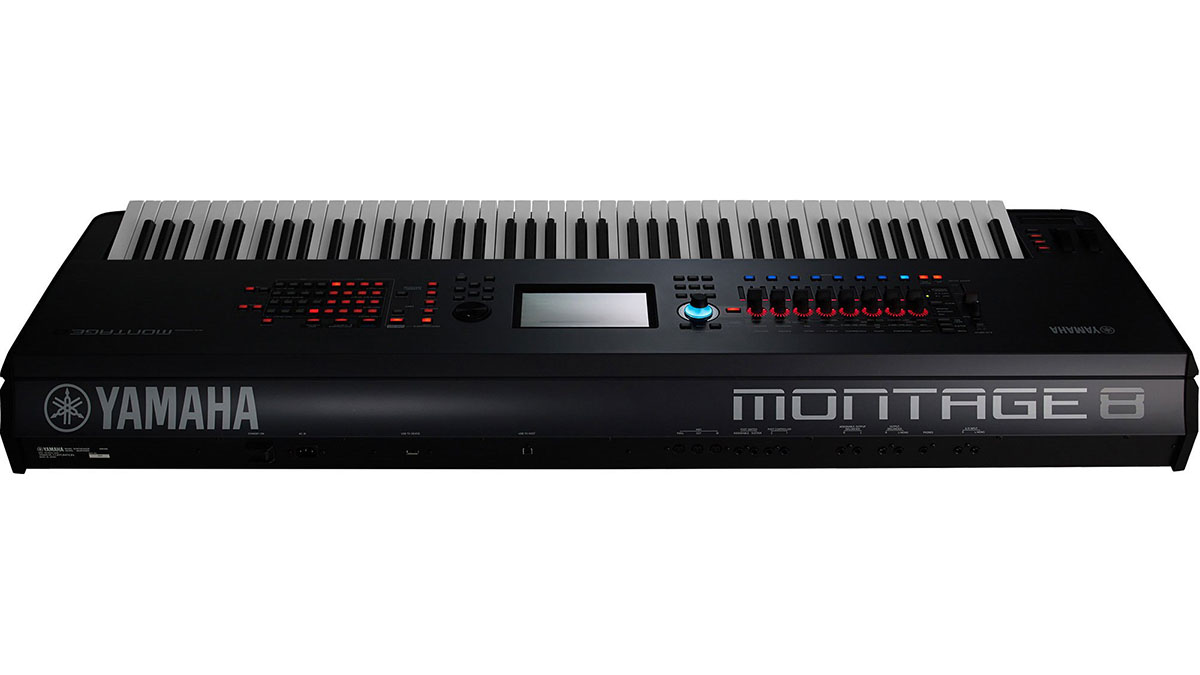
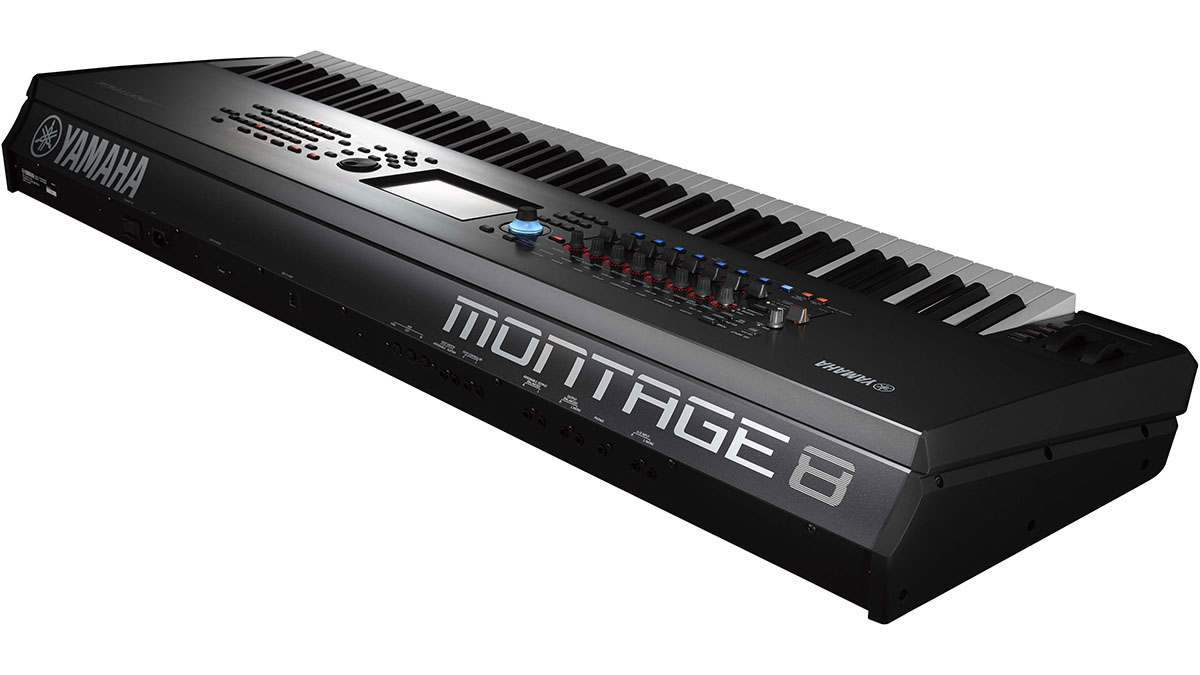
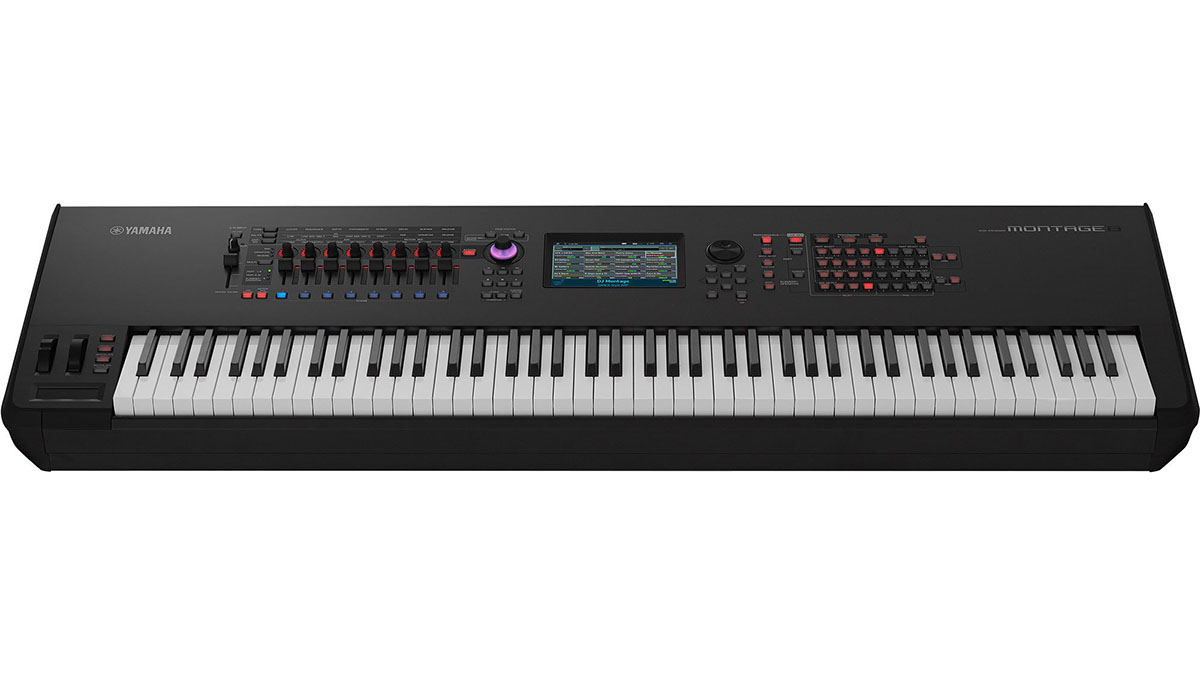
Specifications
Reasons to buy
Reasons to avoid
OK, so we lied ever-so slightly about there being no workstations in this buyer’s guide, but there’s a lot about the Yamaha Montage that makes it essential to this list. Overall sound quality is stunning; wide, clean and precise with enough warmth and sheen. Yamaha's acoustic sounds are also beautiful here and the CFX/ Bösendorfer grands sound gorgeous, the clavinets are now more authentic and the EP 'gallery' performances are great. The acoustic guitars are also killer (especially combined with the arpeggiator) and the strings, brass and woodwinds are very inspiring. The FM-X engine (with eight operators, 88 algorithms, feedback, 'spectral skirt' function and access to the 18 filter types) is comprehensive and sonically versatile, with most of the classic DX sounds onboard too, plus there's a conversion utility at Yamahasynth.com for converting/dropping original DX sounds into the Montage. Add in Motion Control for evolving sounds, the excellent FX engines/vocoder/envelope follower, powerful arpeggiator and 16 stereo out/three stereo in audio/MIDI USB interface, and it all adds up to an extremely powerful/versatile machine.
Read full review: Yamaha Montage 8
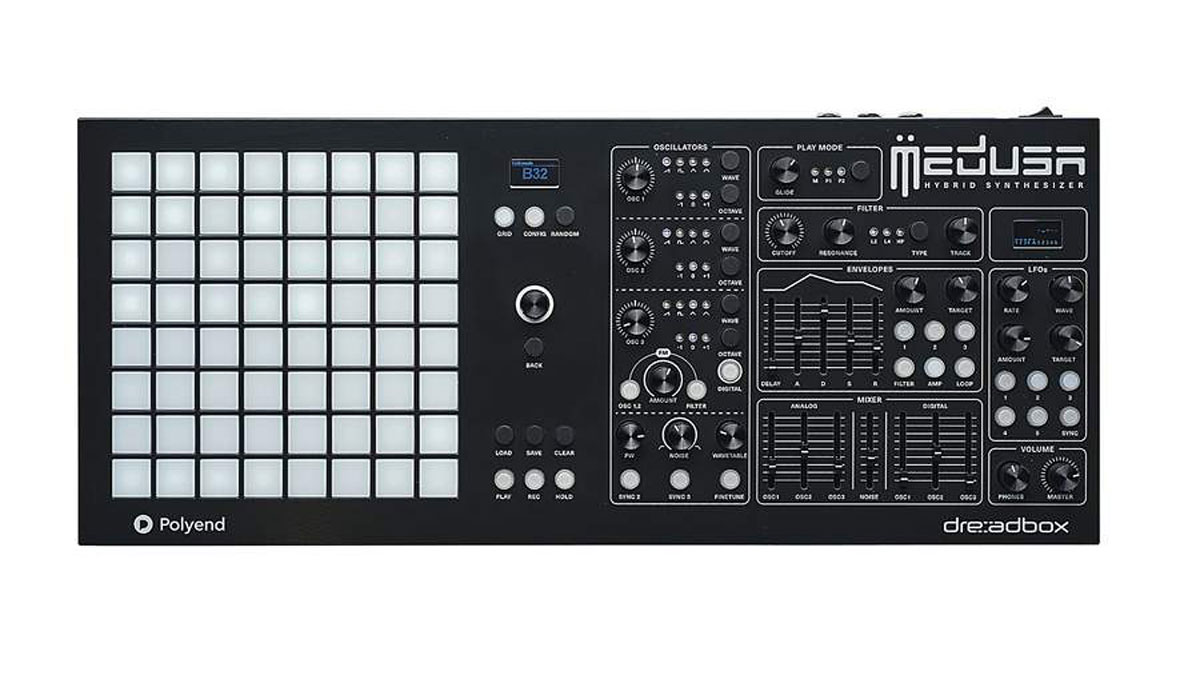
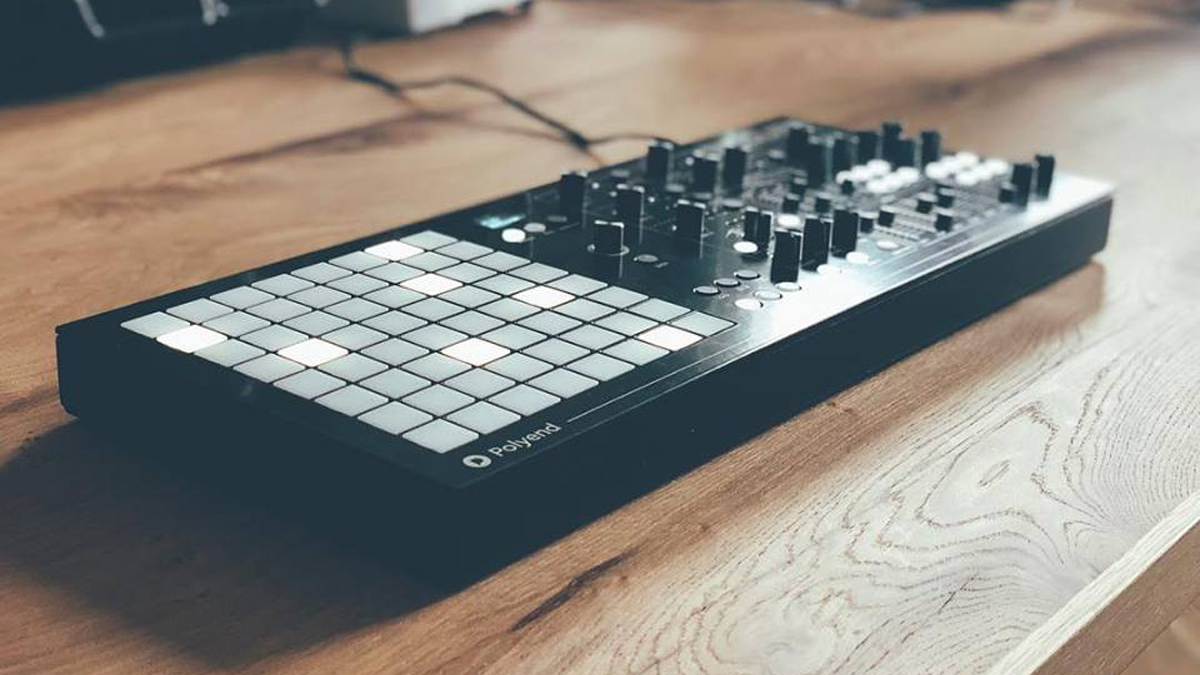
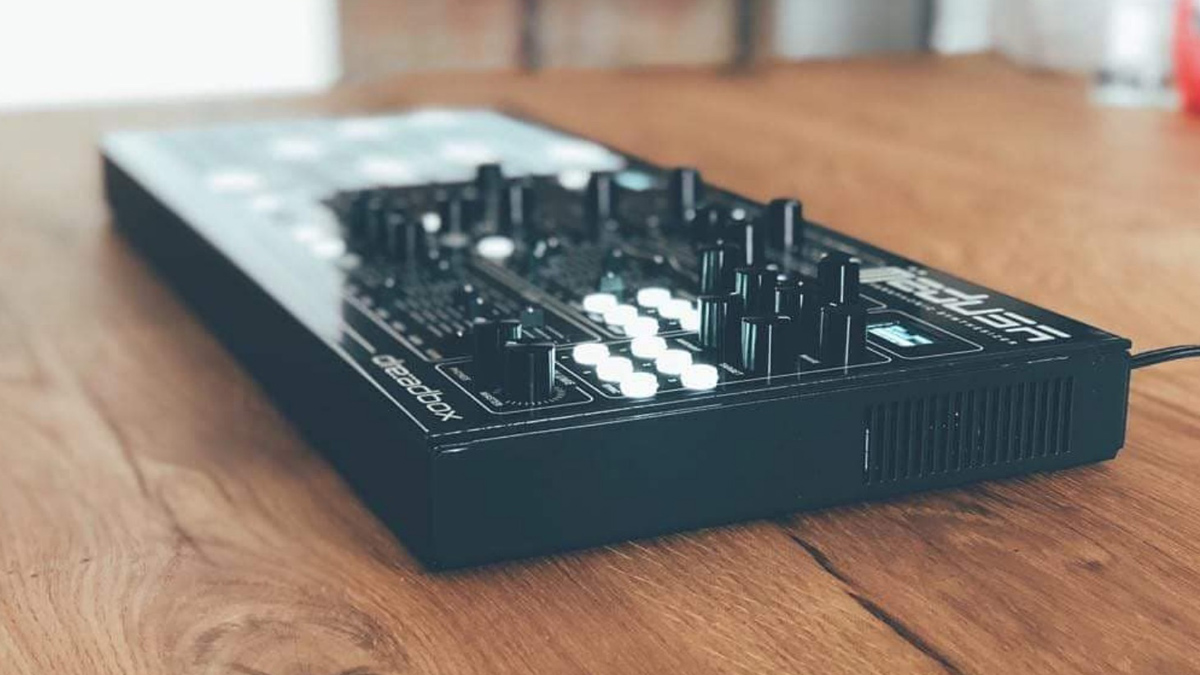
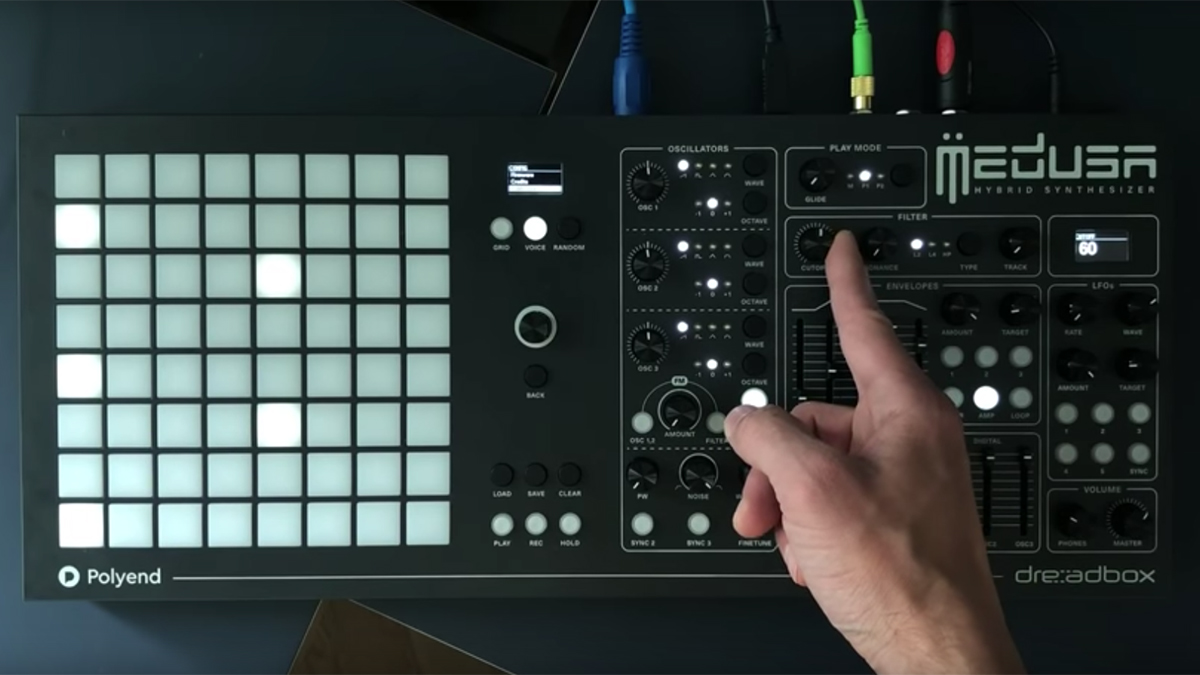
Specifications
Reasons to buy
Reasons to avoid
Medusa is comprised of an analogue synth engine supplied by Dreadbox paired with digital synthesis and sequencing tools developed by Polyend. This is more than just a simple case of strapping a digital step sequencer to a subtractive synthesizer though; features such as wavetable oscillators, three-dimensional playable pads and full parameter sequencing aim to make this an instrument that can do cutting-edge sound design just as well as it does vintage analogue. The sequencer side is composed of 64 rubber pads which can be used in two modes: Notes, where the pads act as a playable ‘keyboard’ and Grid, in which each pad represents a sequencer step.
Read the full review: Polyend/Dreadbox Medusa
Get the MusicRadar Newsletter
Want all the hottest music and gear news, reviews, deals, features and more, direct to your inbox? Sign up here.
MusicRadar is the number 1 website for music makers of all kinds, be they guitarists, drummers, keyboard players, djs or producers...
- GEAR: We help musicians find the best gear with top-ranking gear round-ups and high- quality, authoritative reviews by a wide team of highly experienced experts.
- TIPS: We also provide tuition, from bite-sized tips to advanced work-outs and guidance from recognised musicians and stars.
- STARS: We talk to musicians and stars about their creative processes, and the nuts and bolts of their gear and technique. We give fans an insight into the actual craft of music making that no other music website can.
